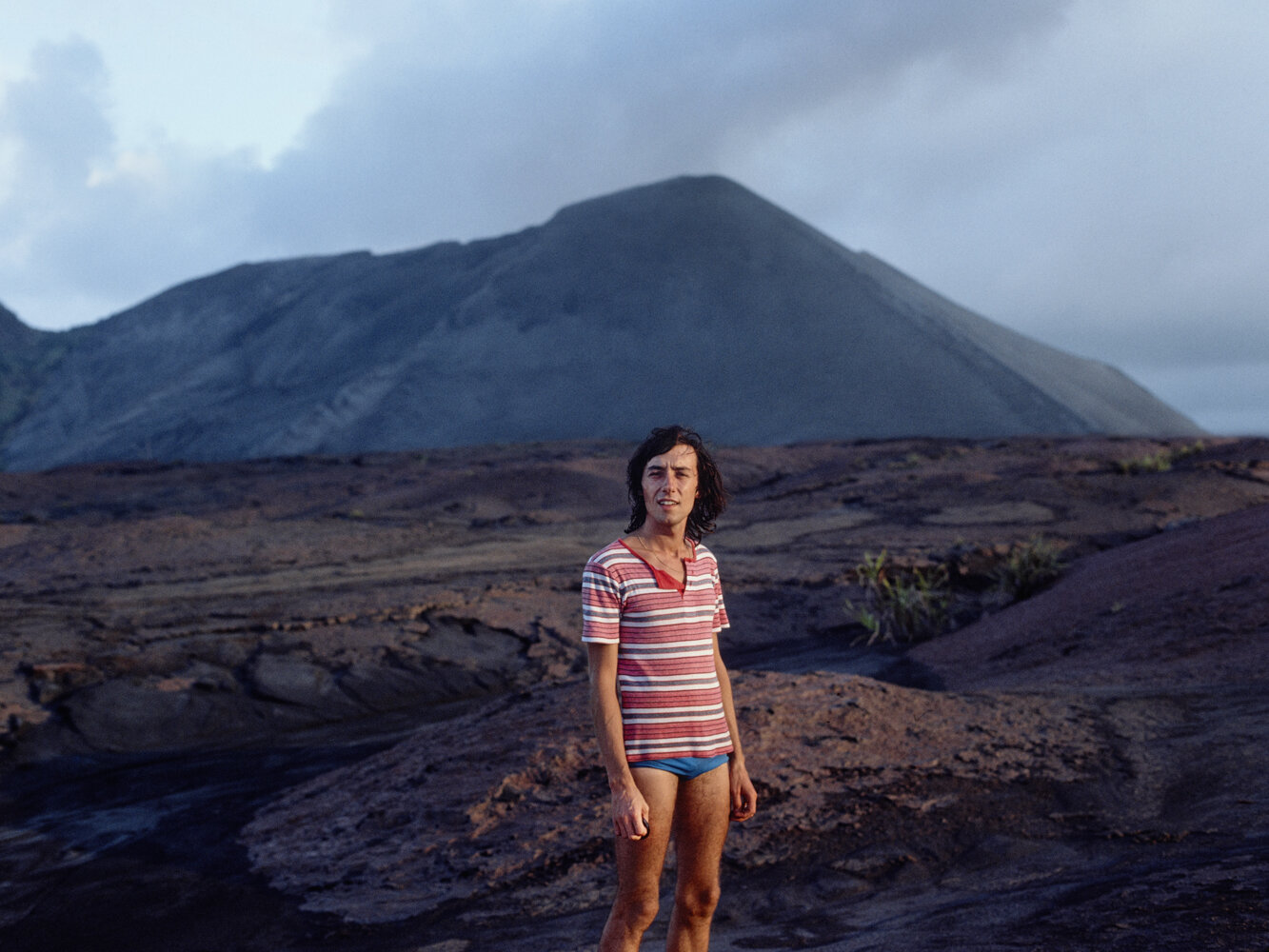
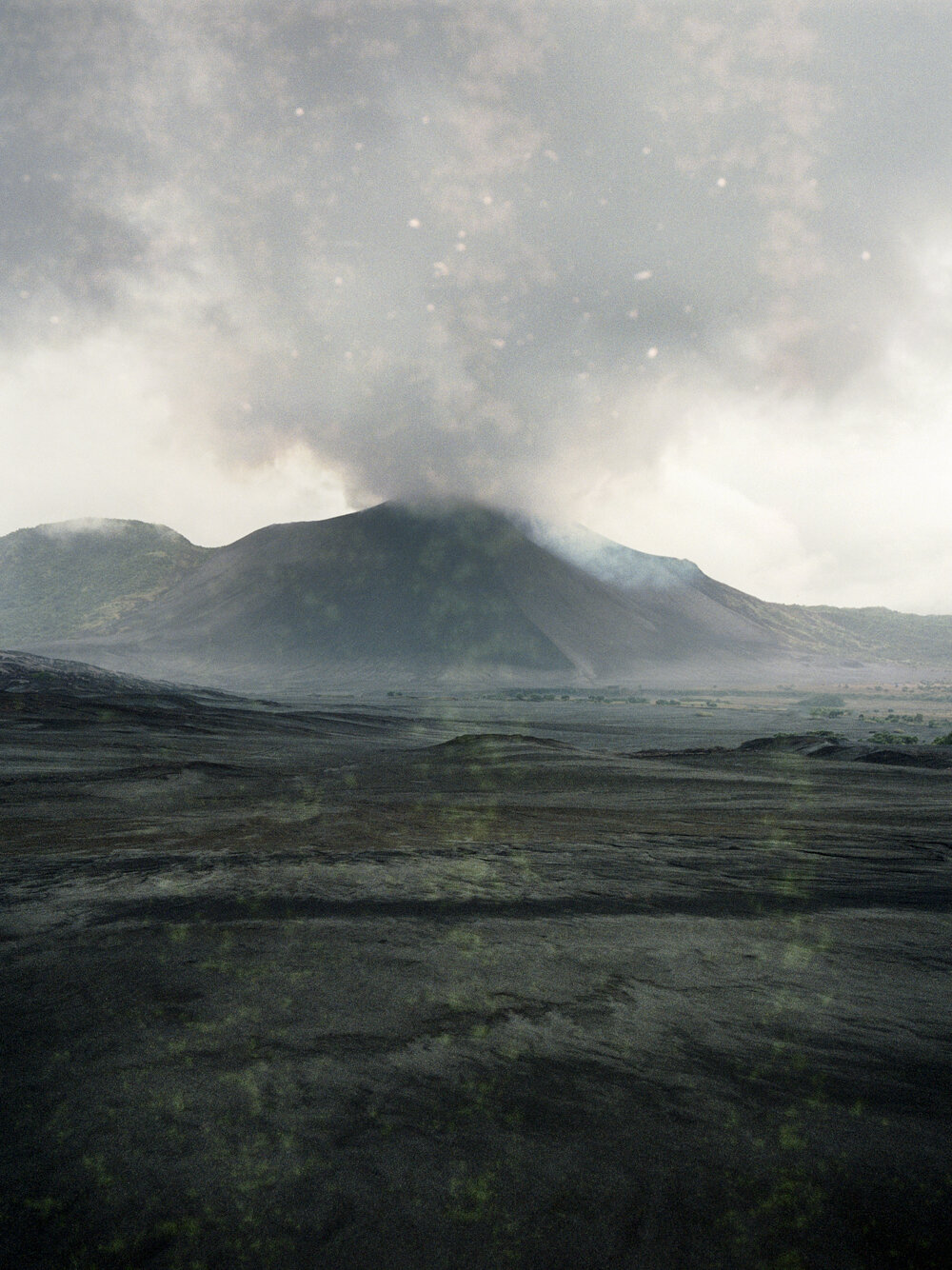
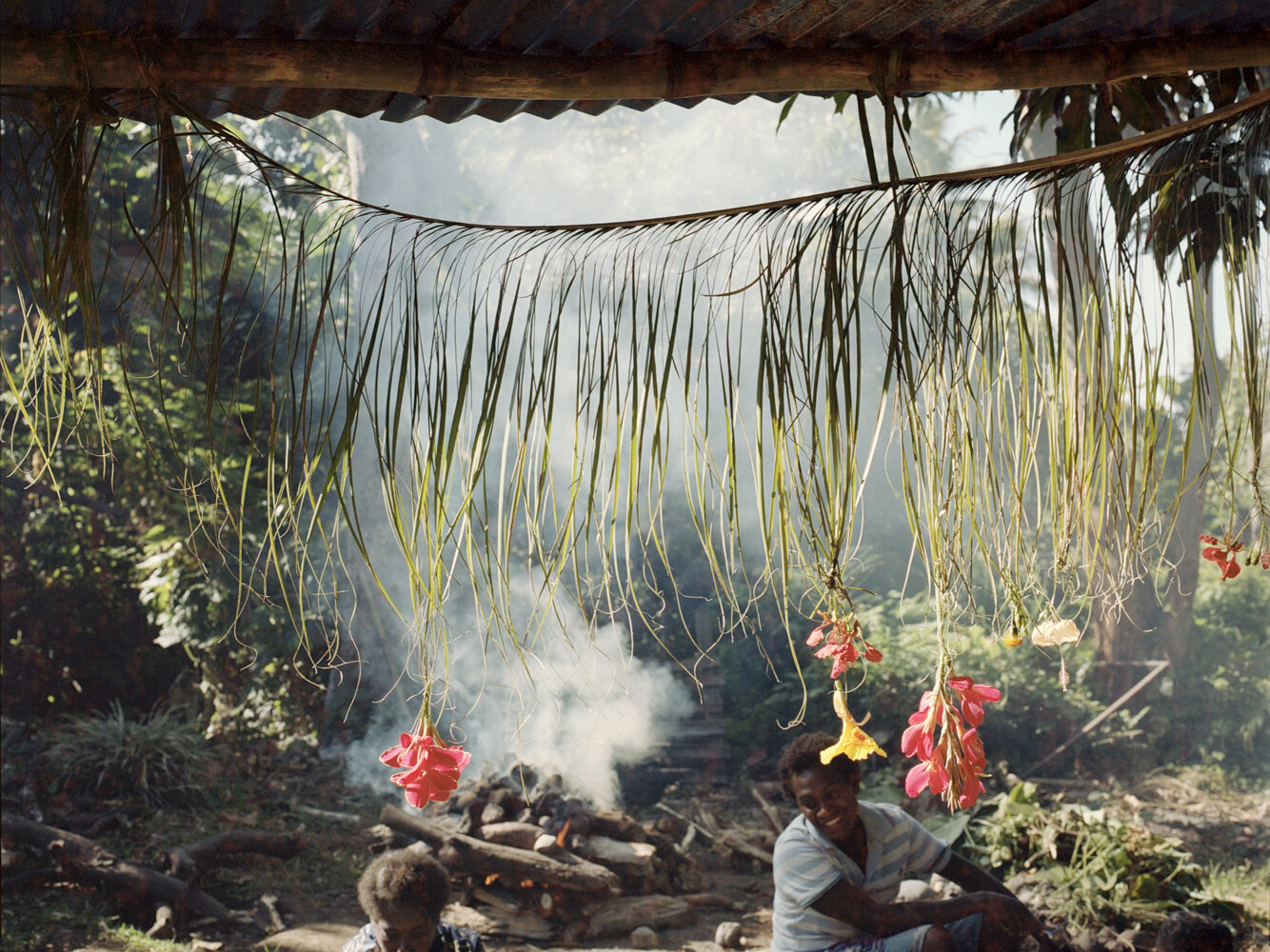
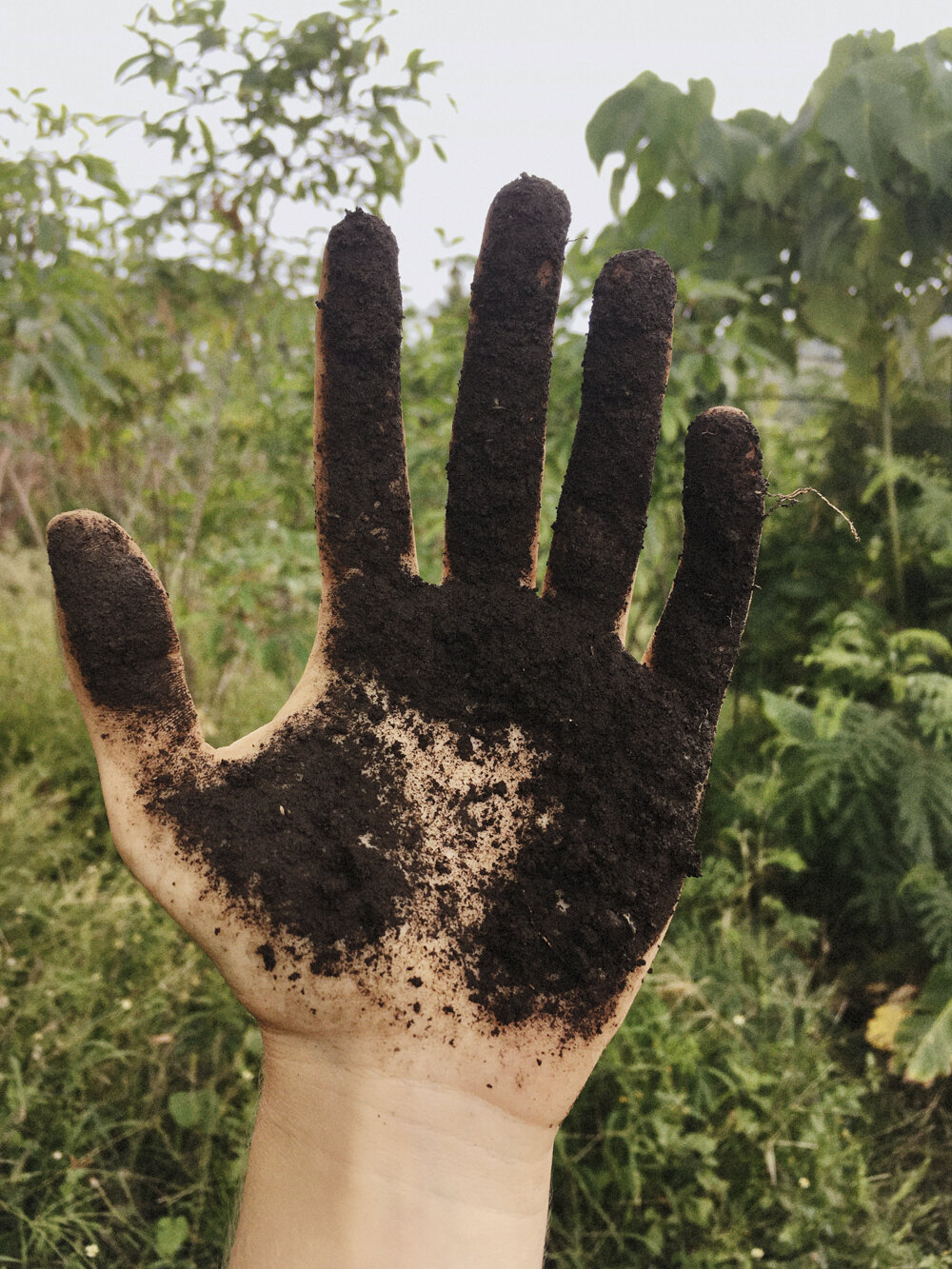
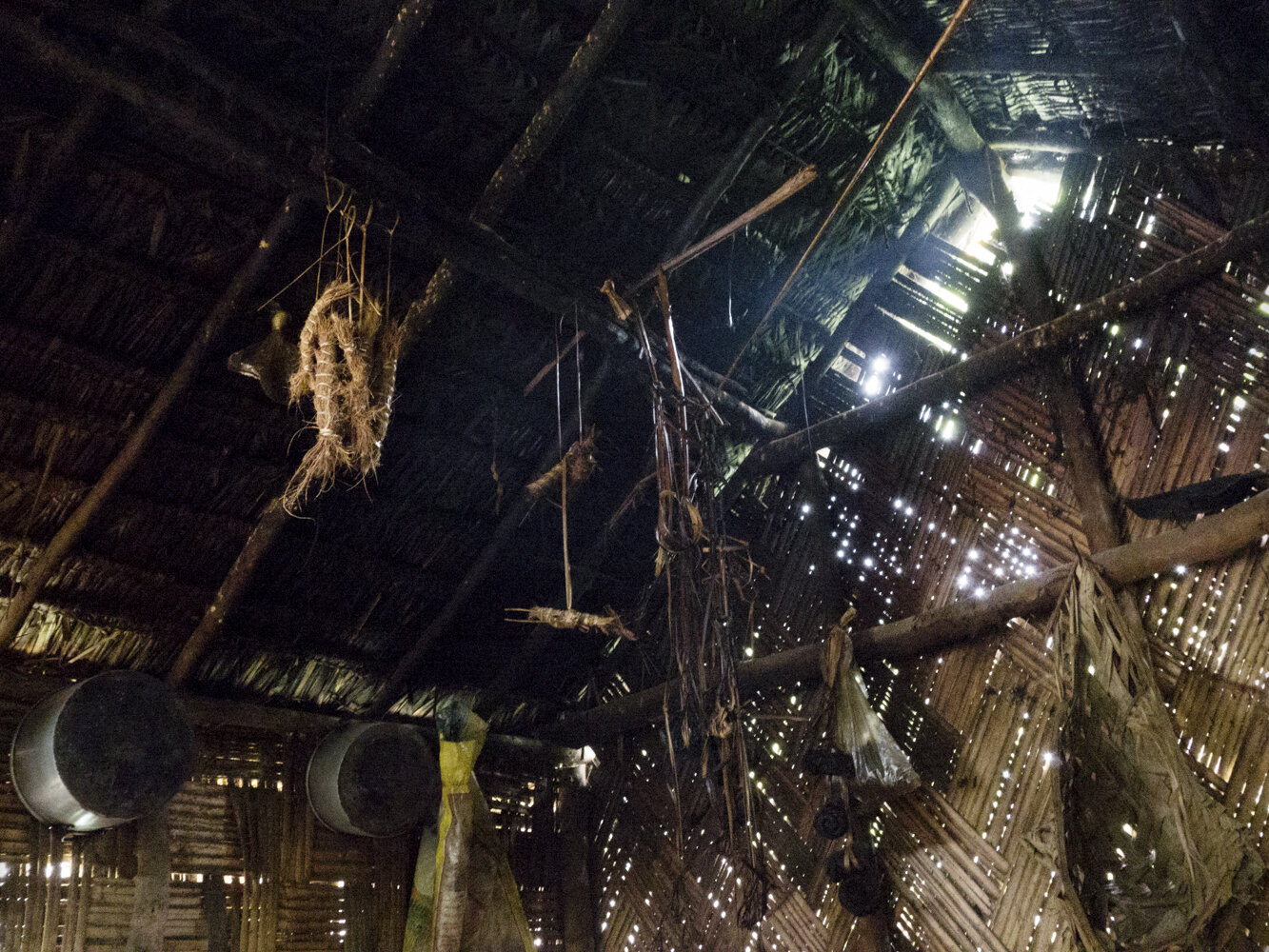

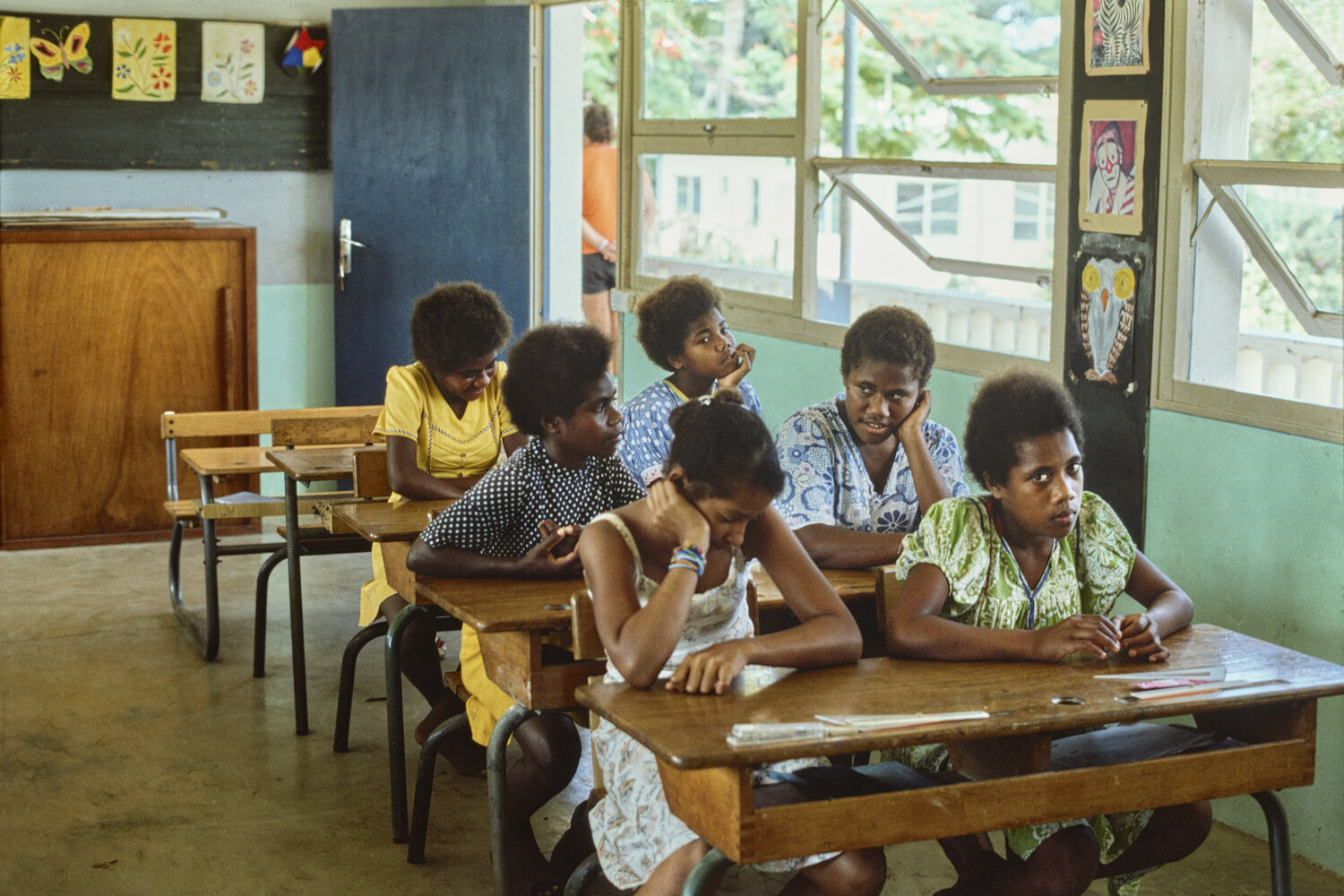
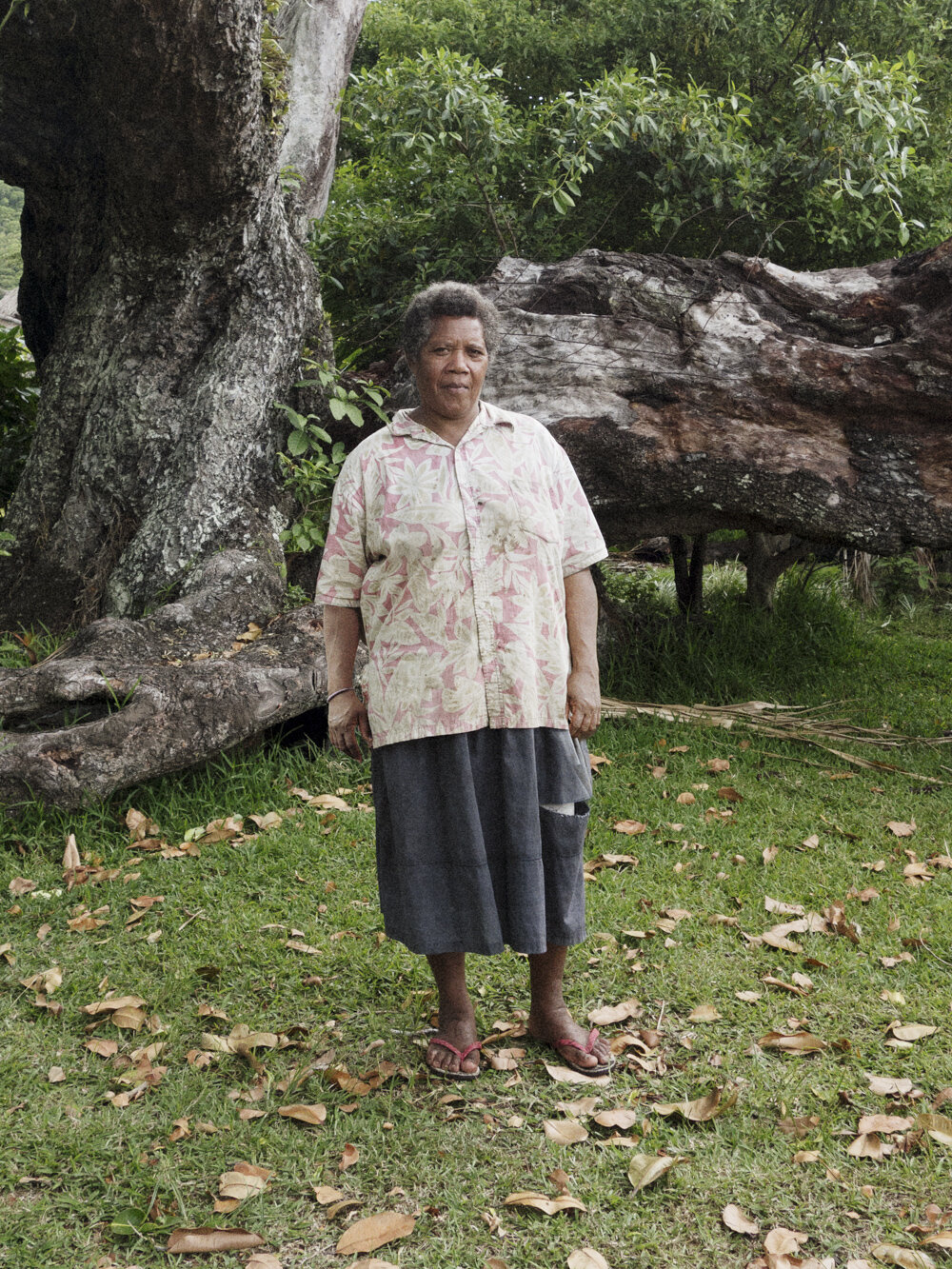

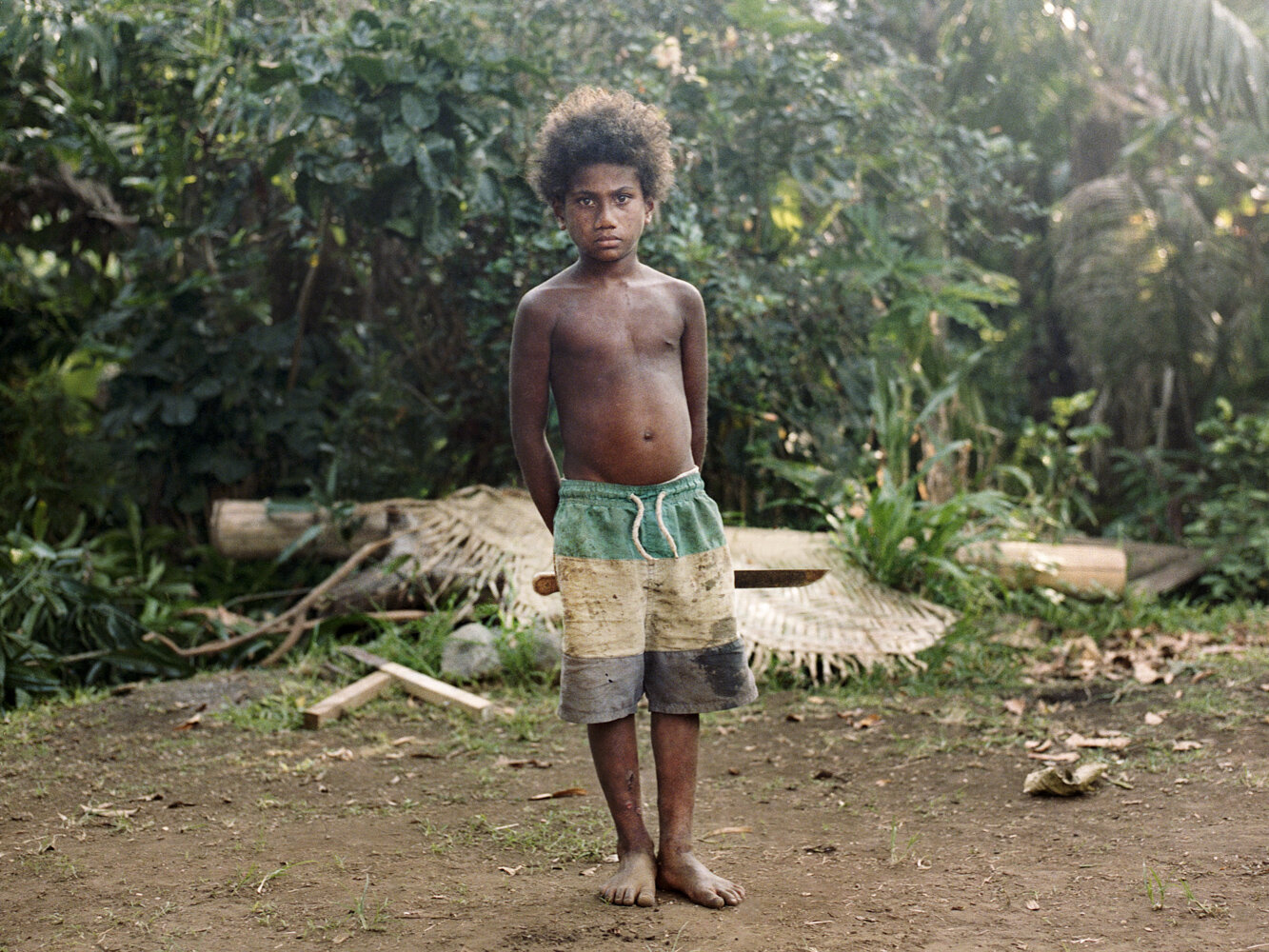

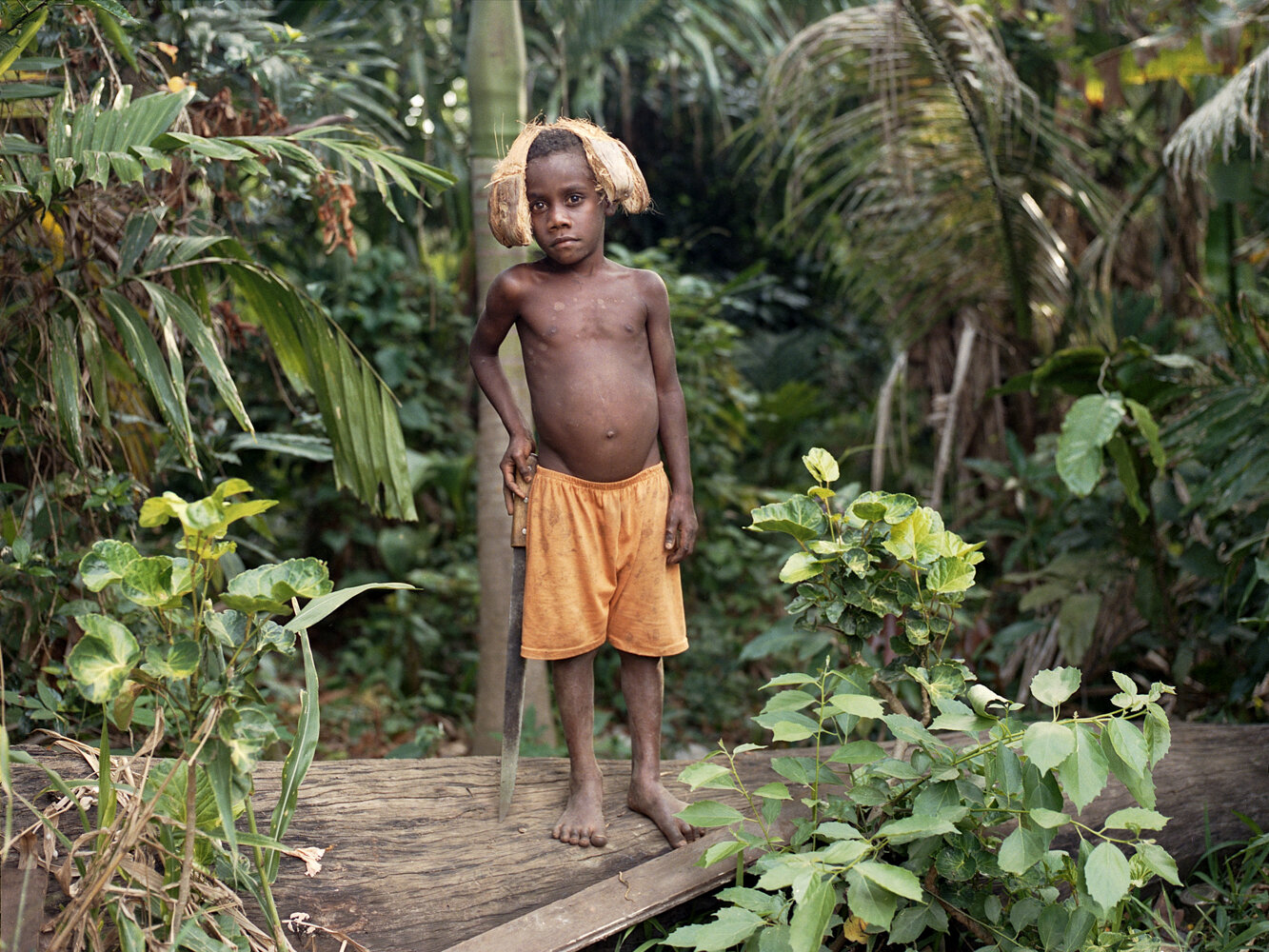
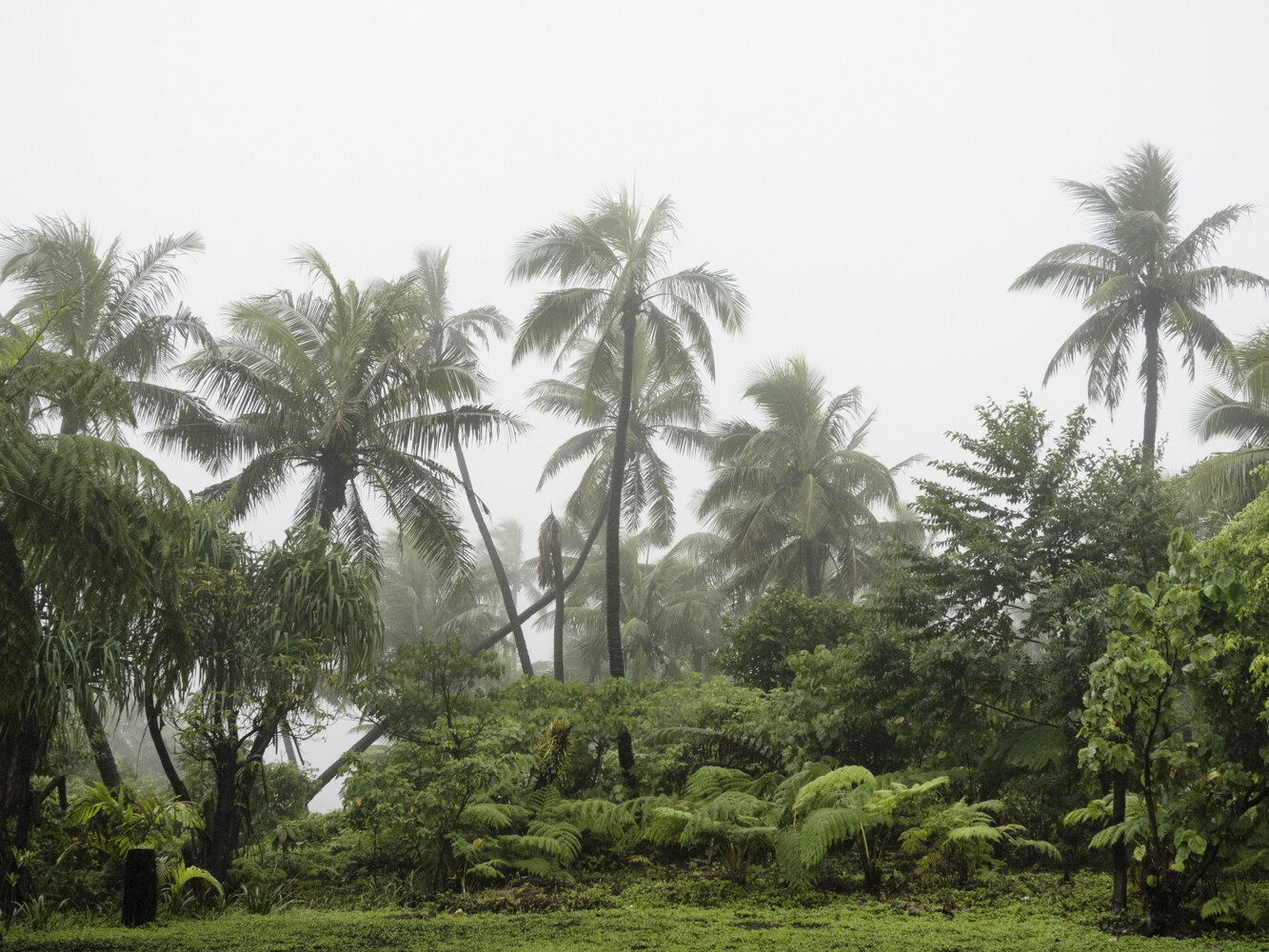
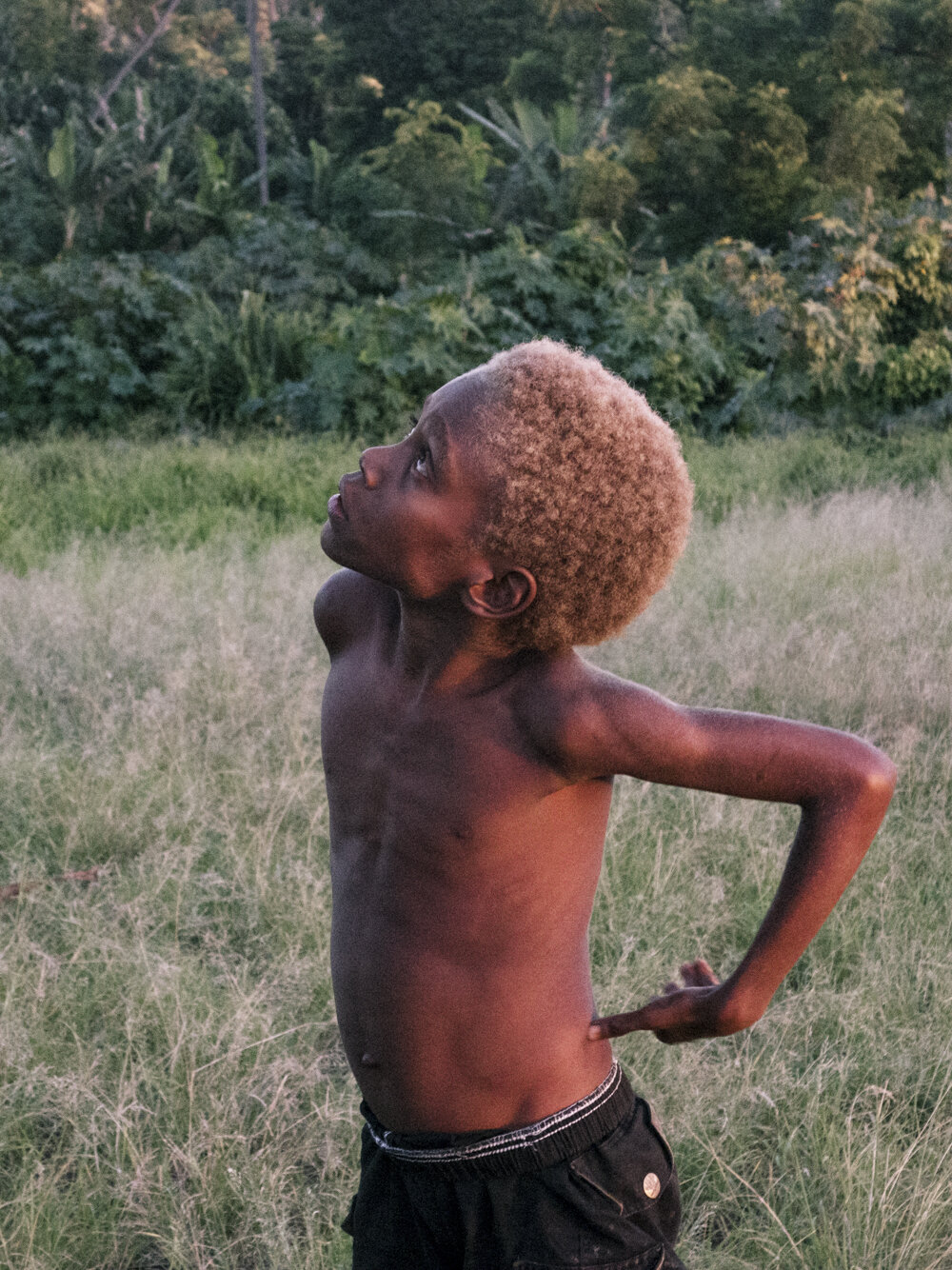
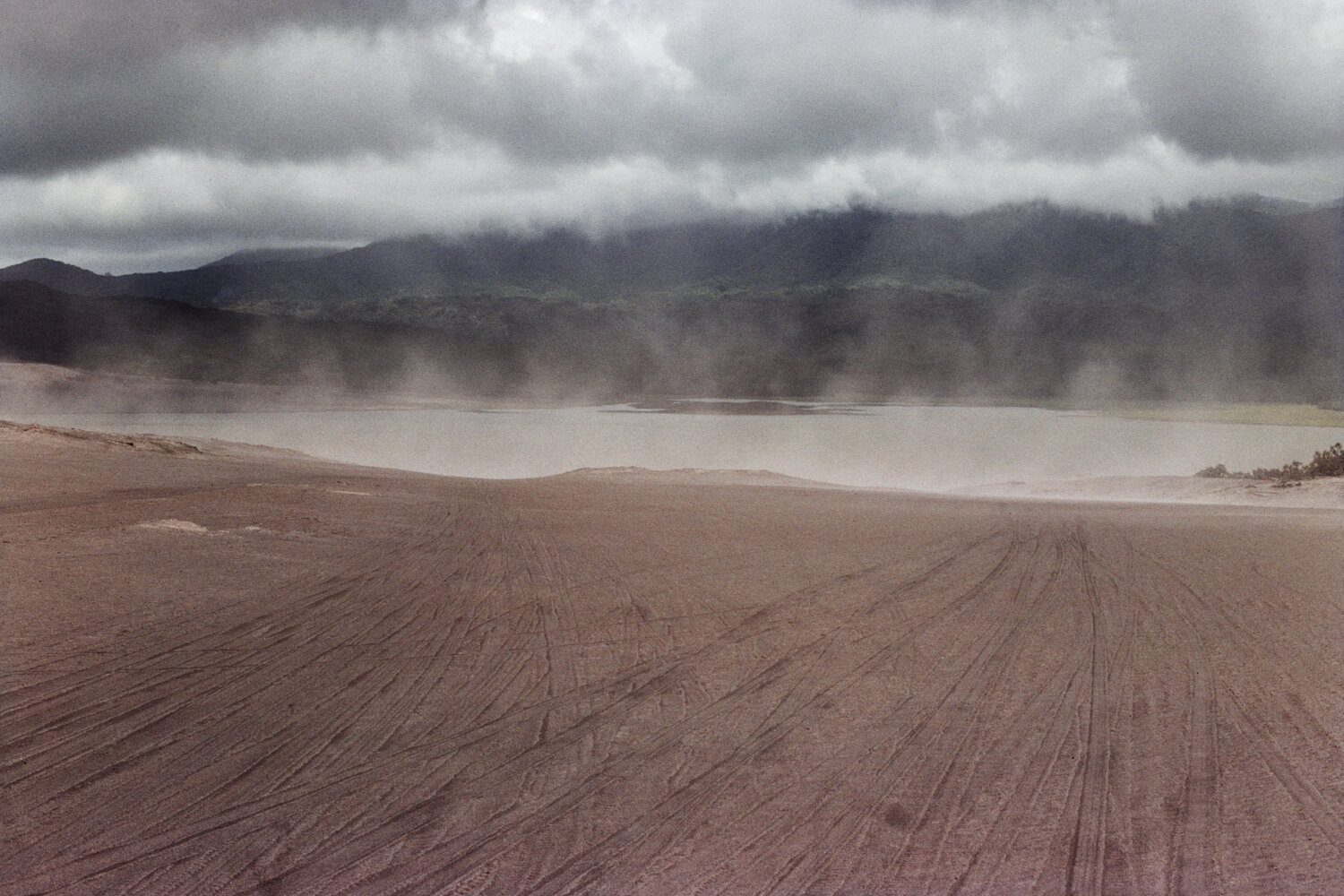
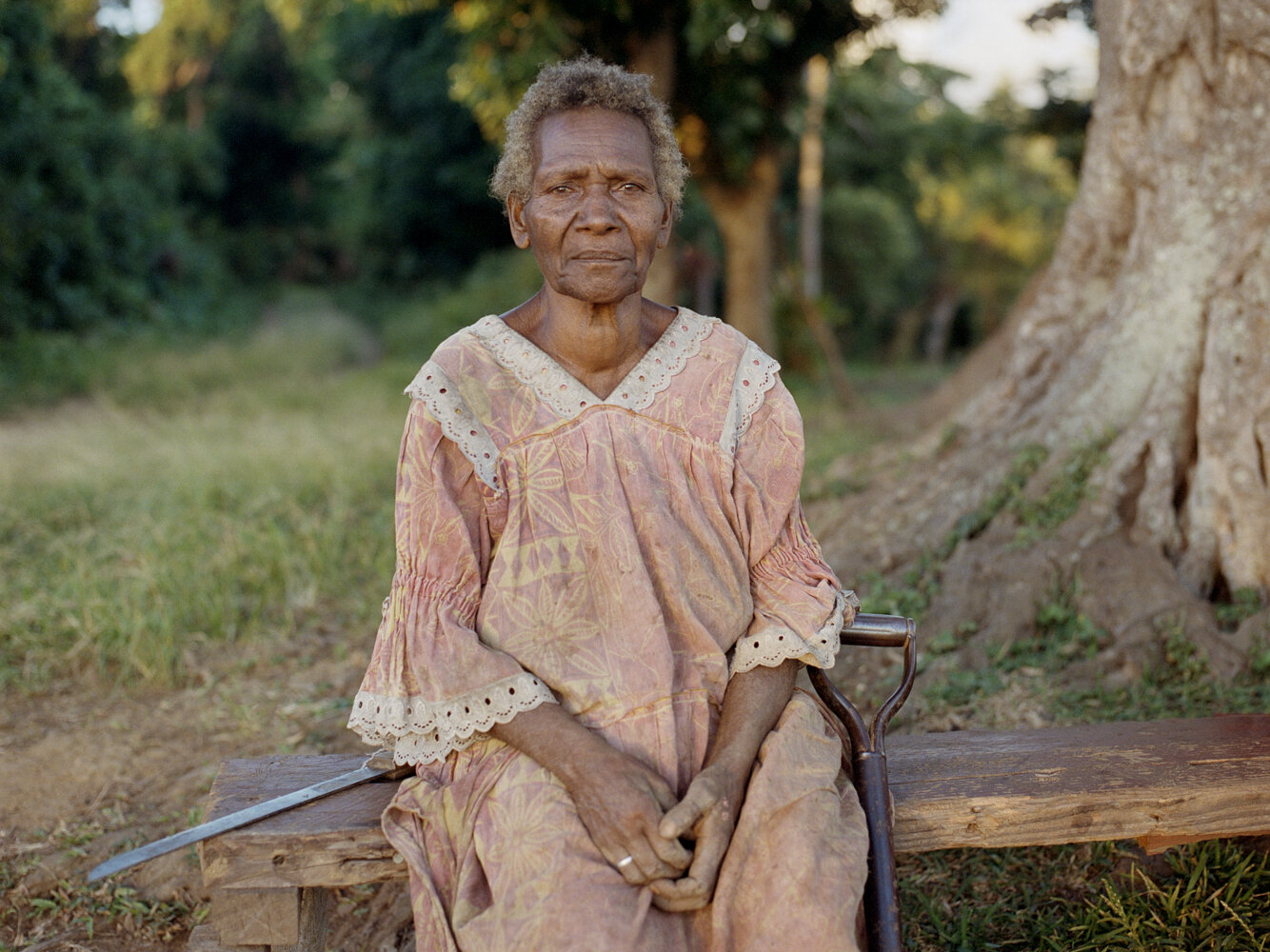
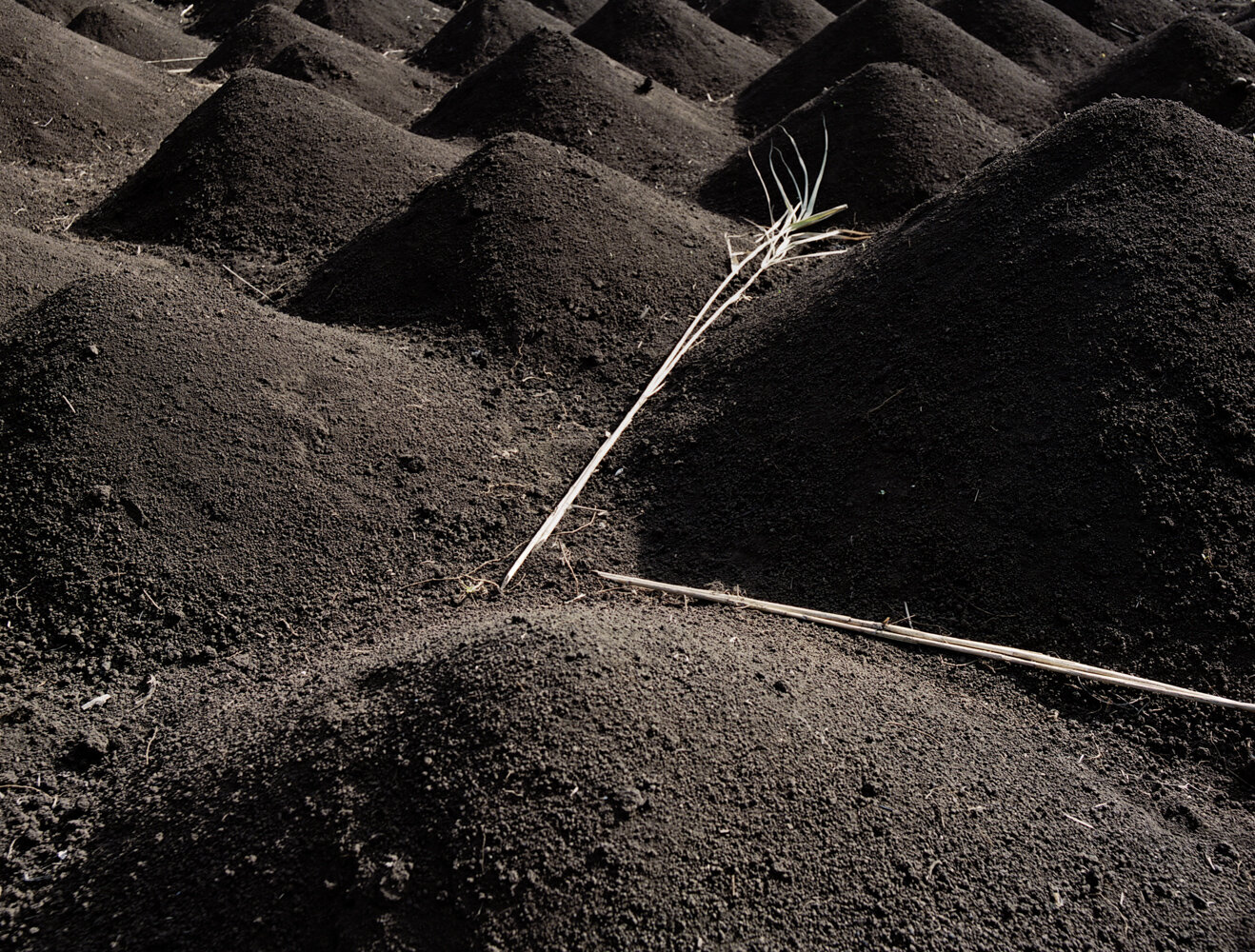
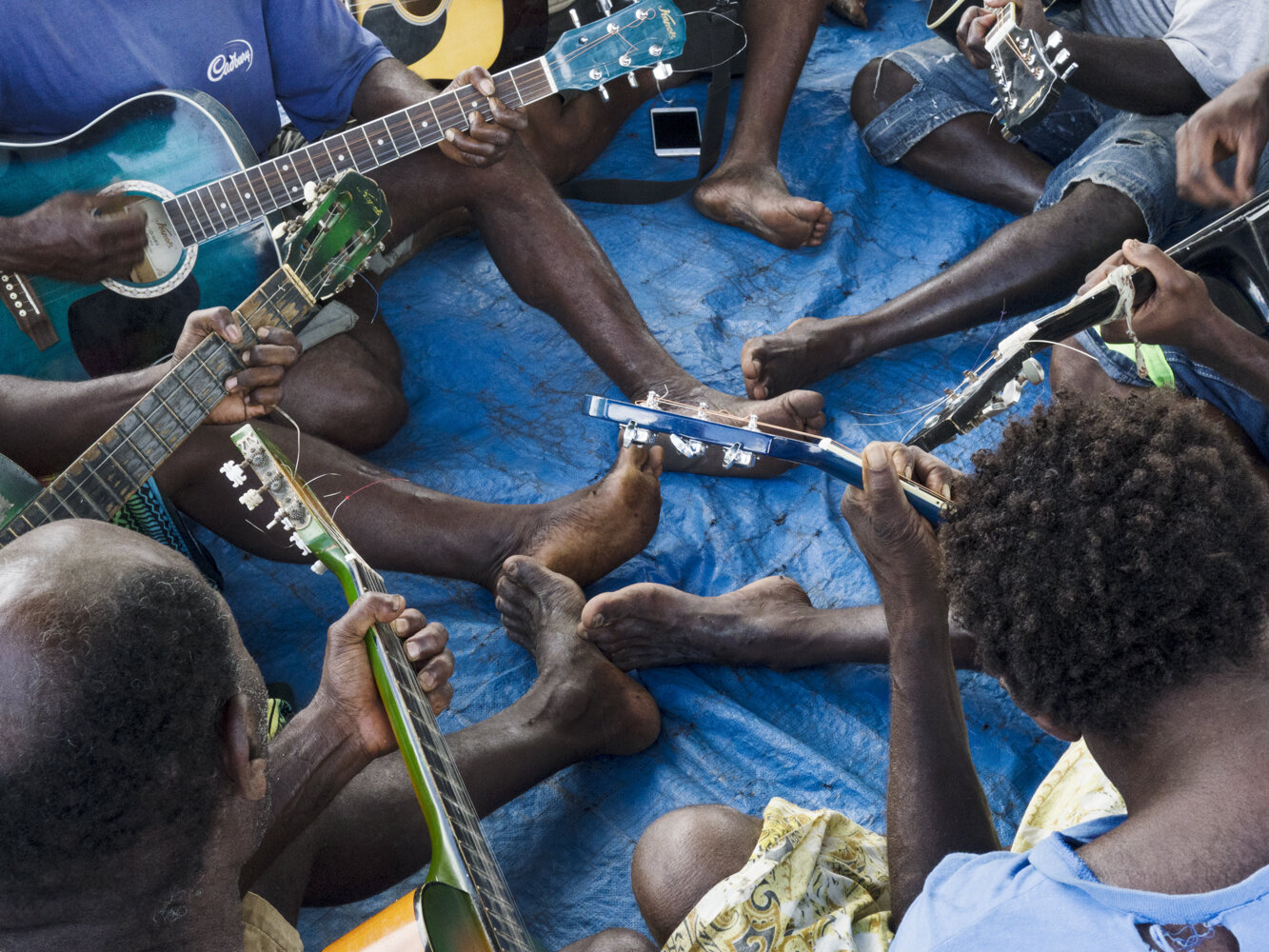


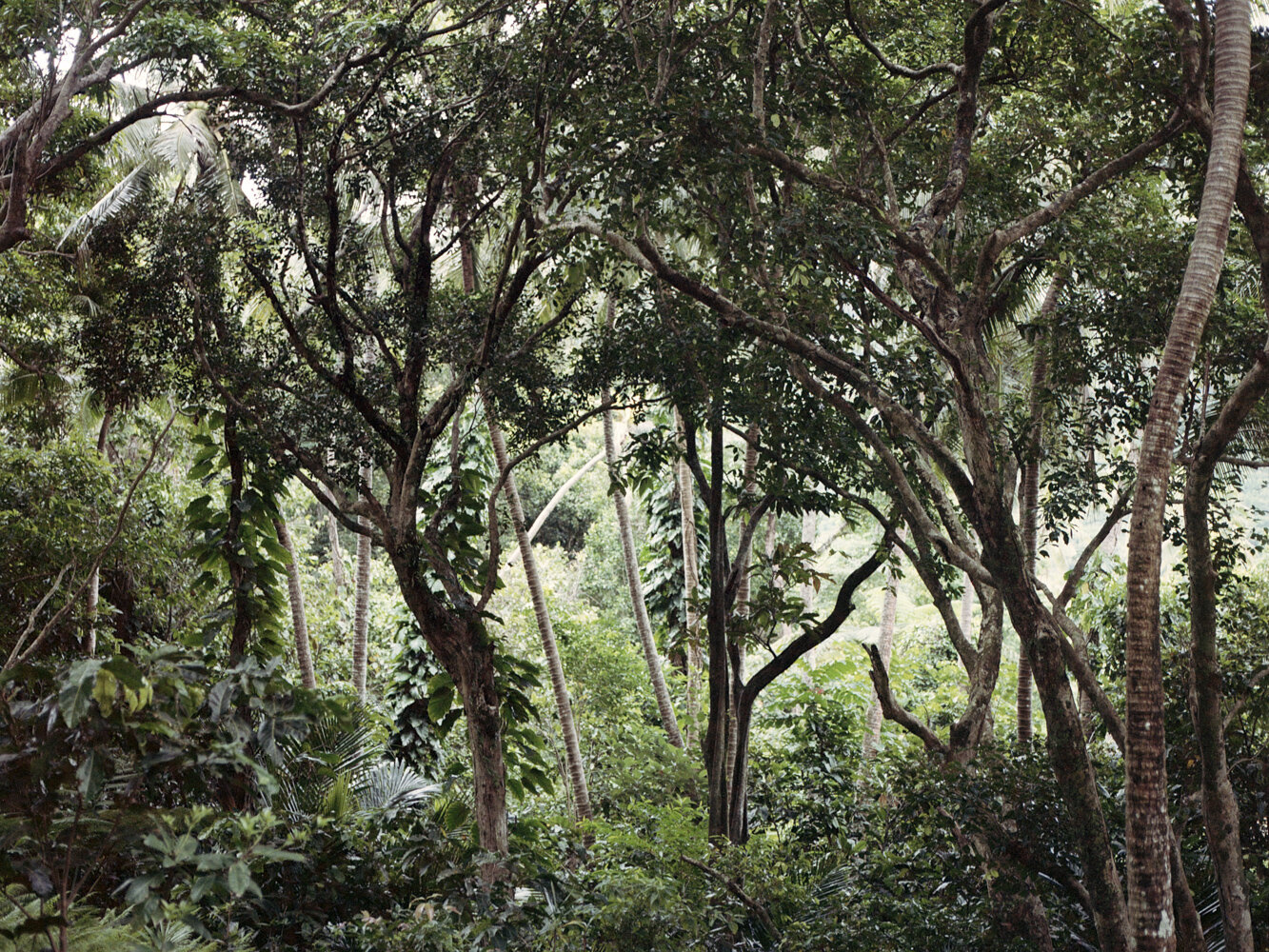
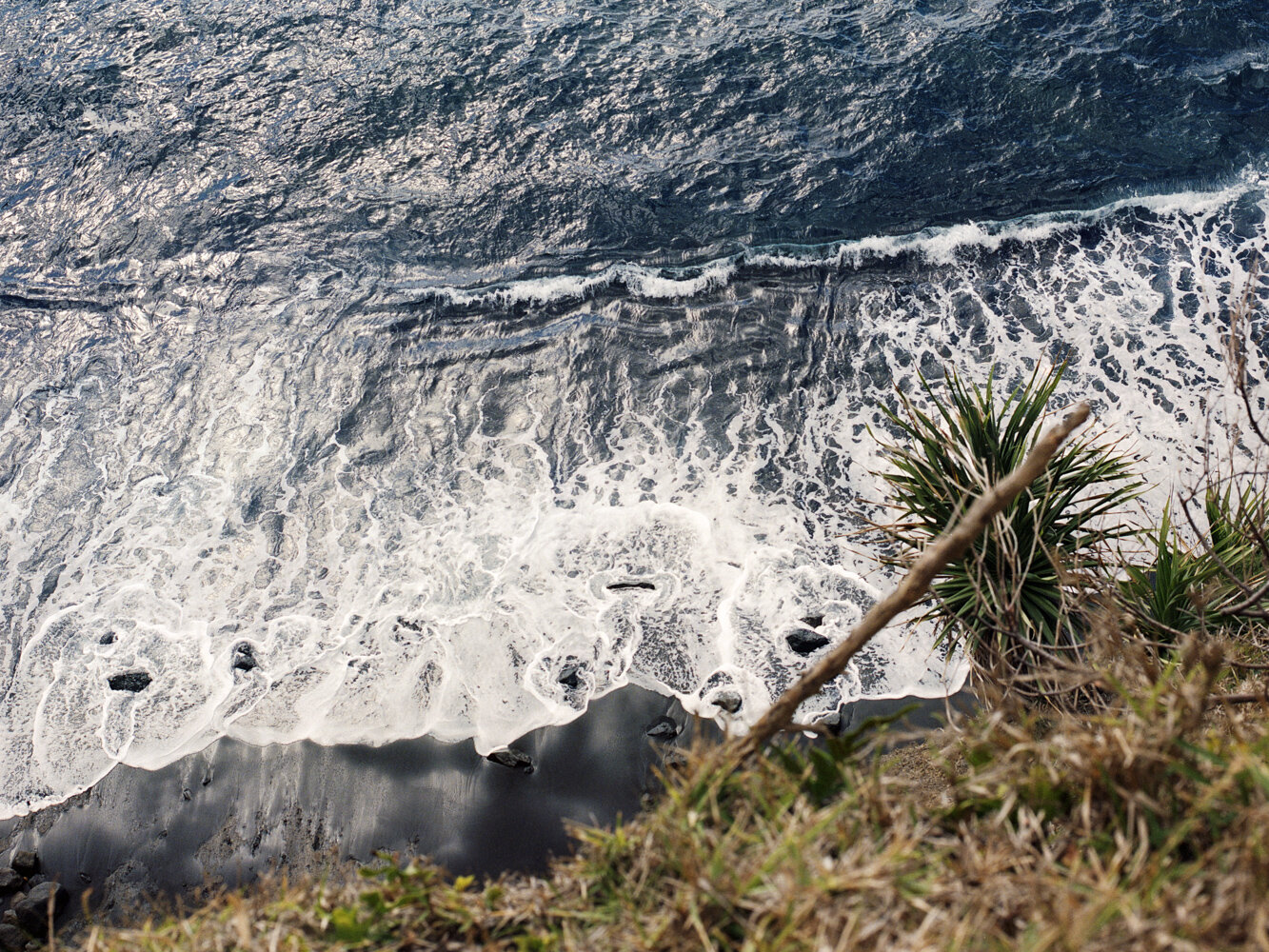
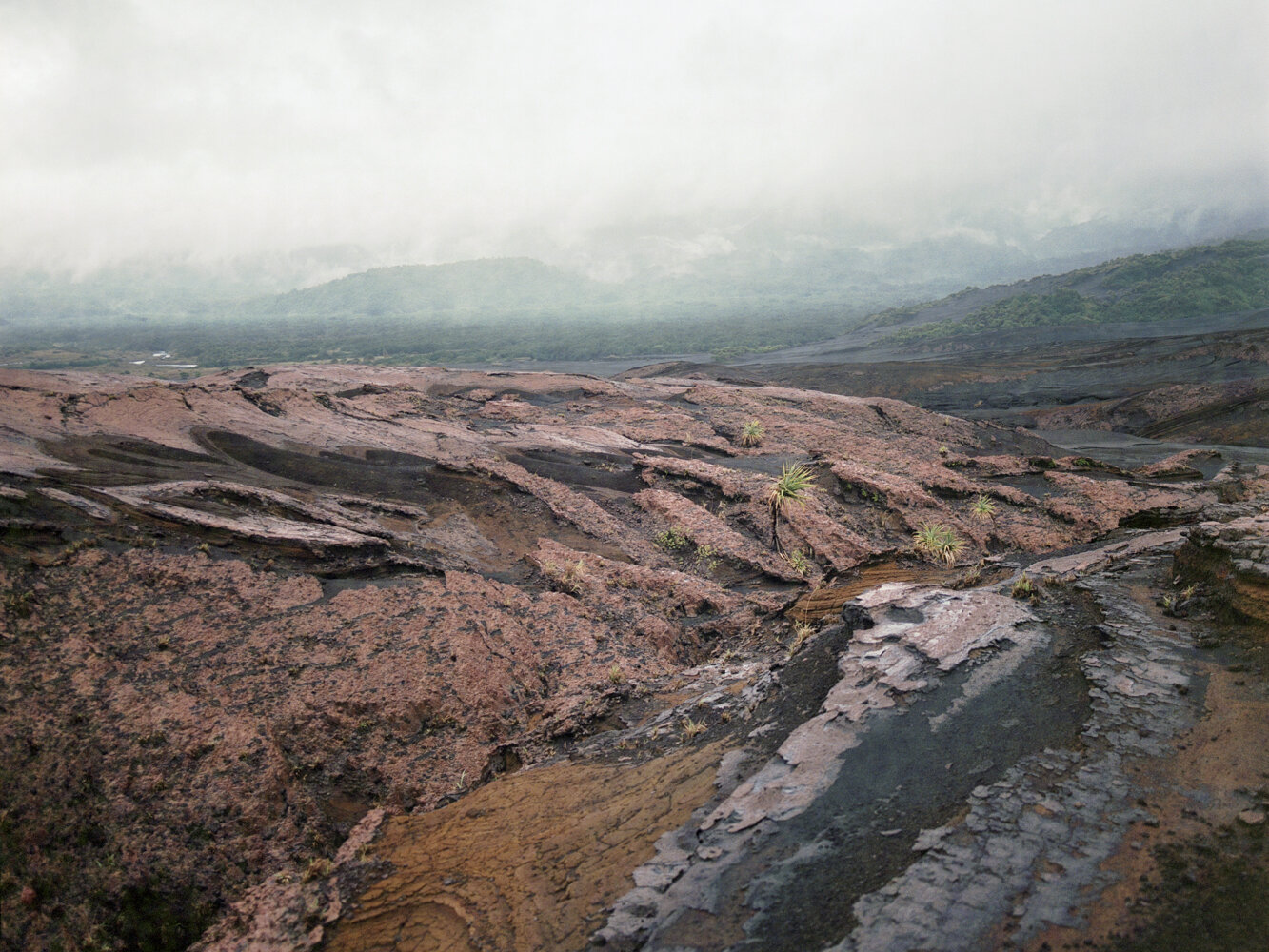
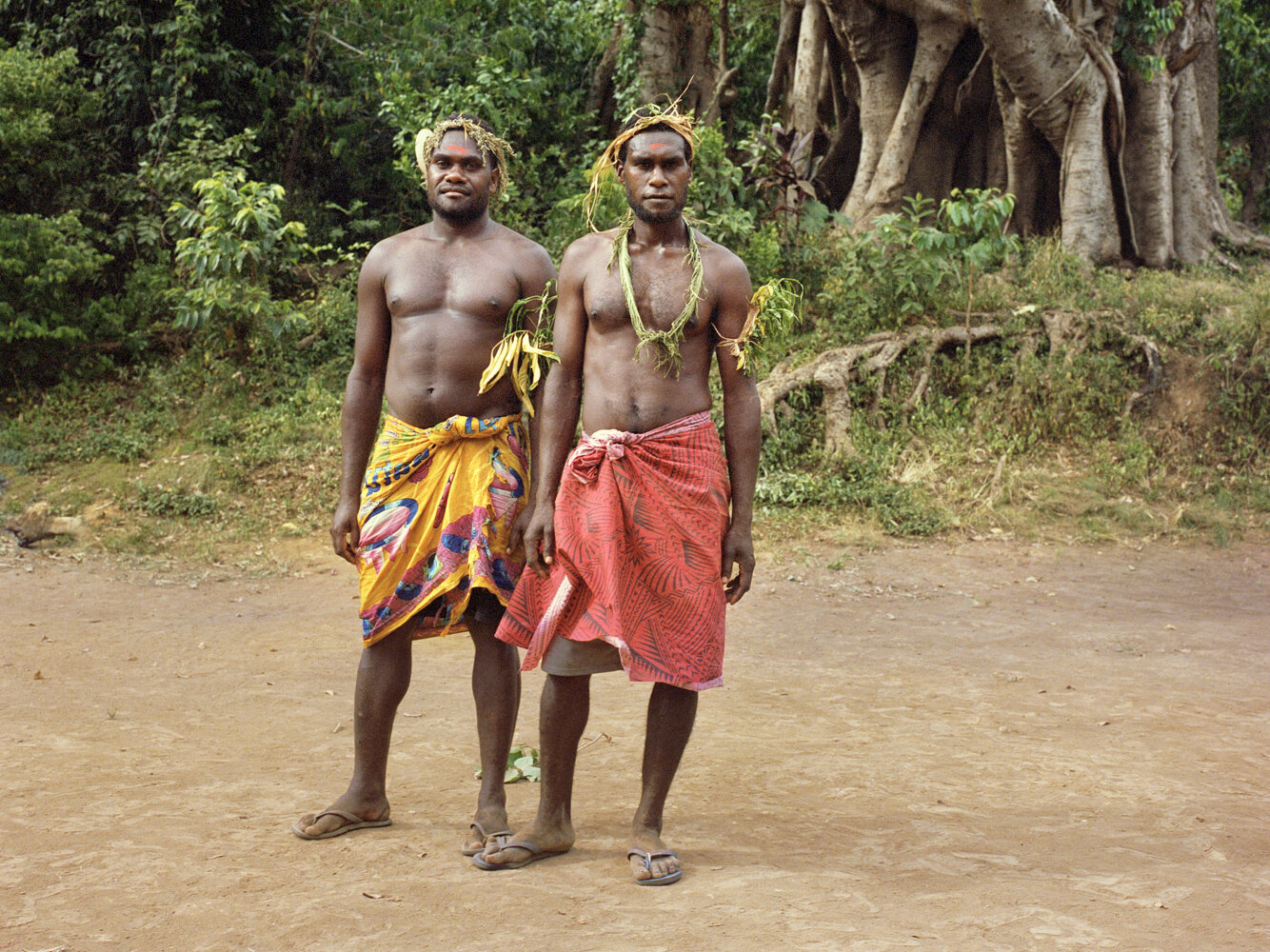

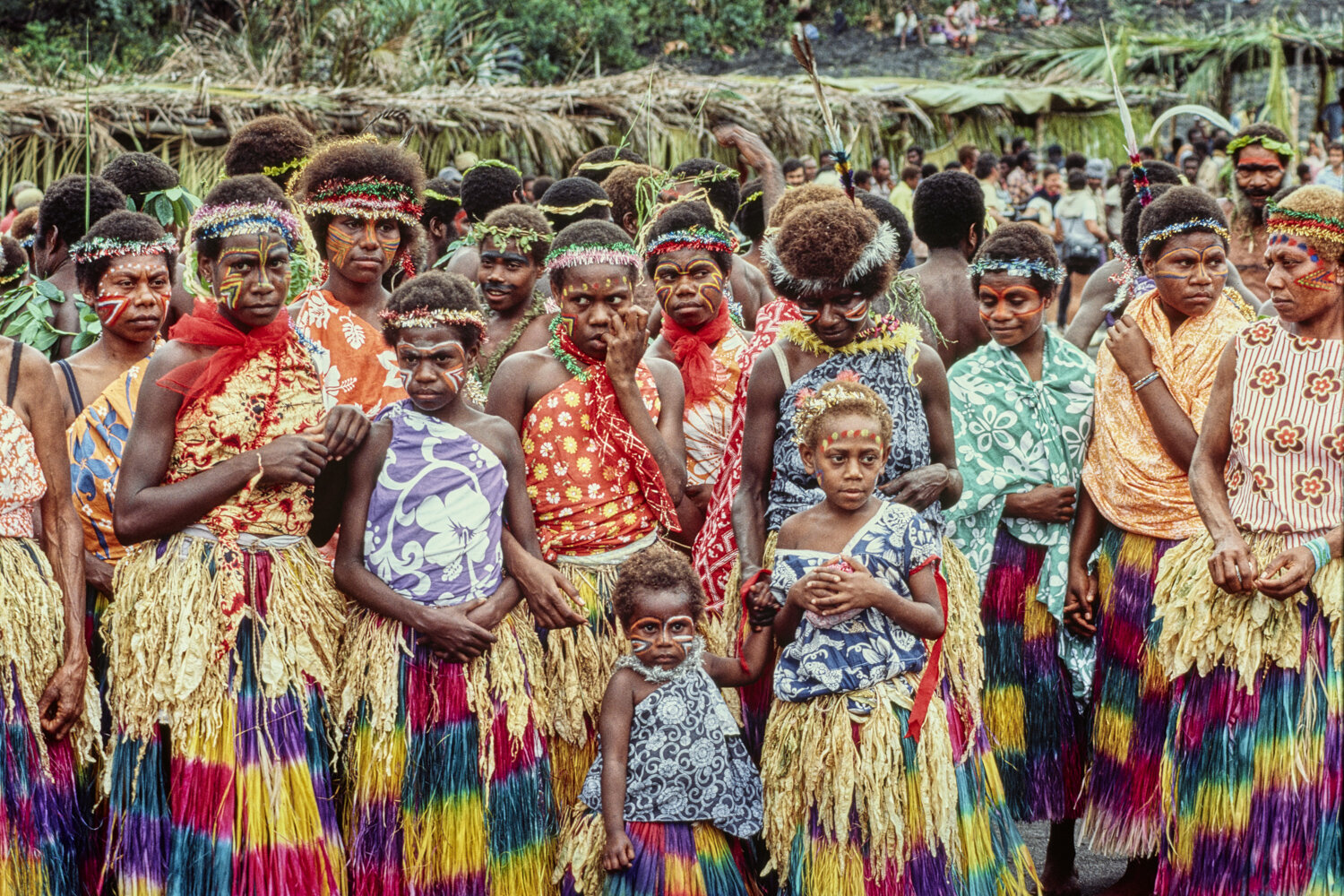
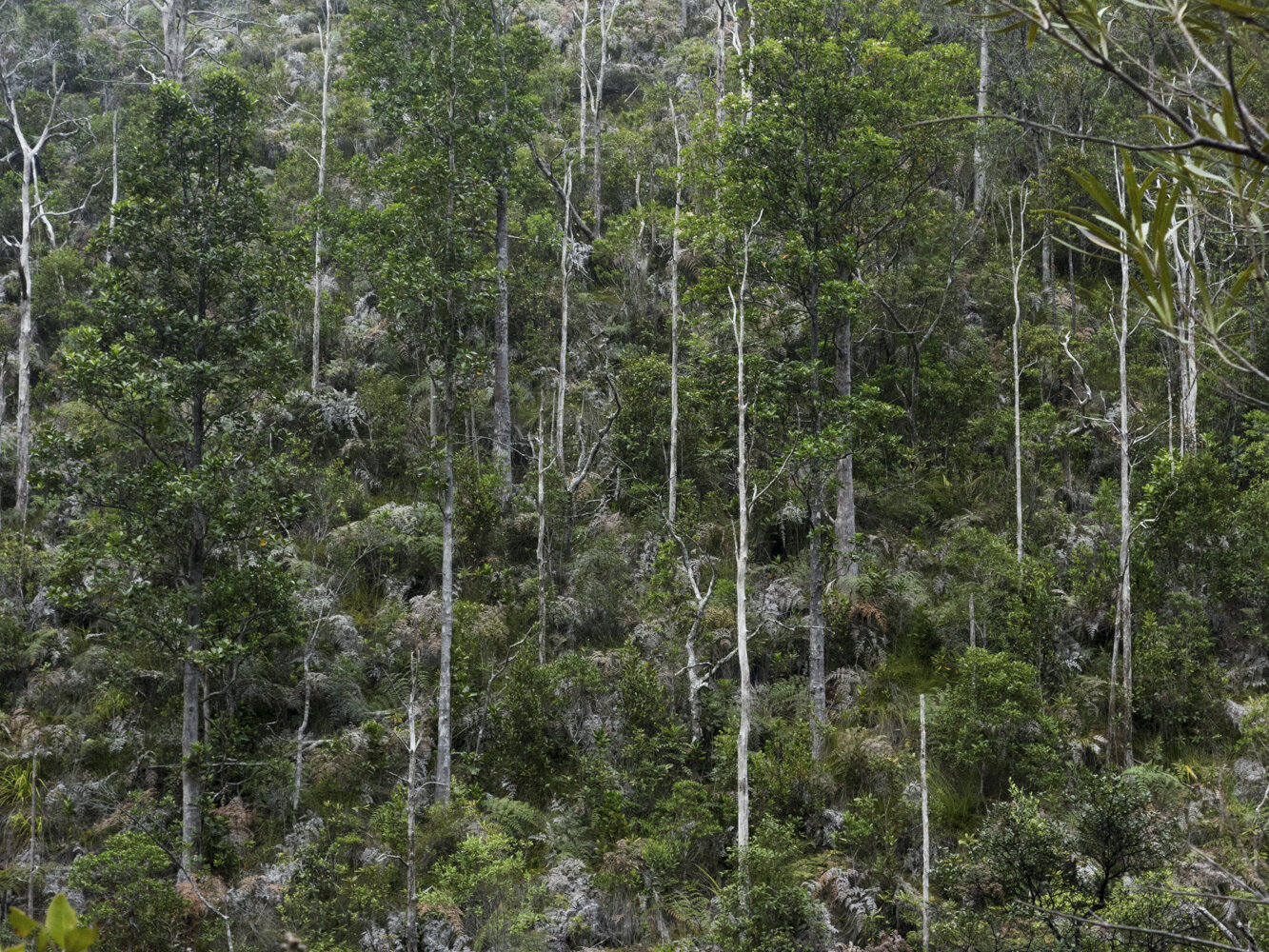
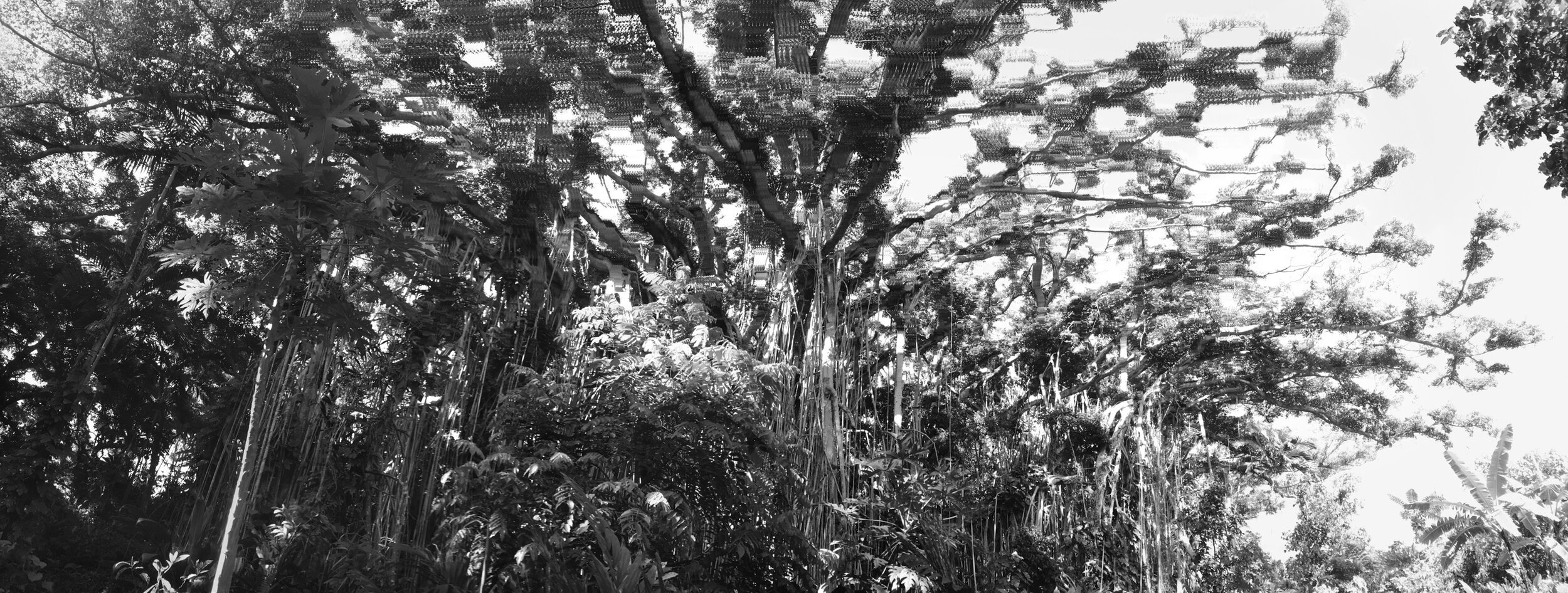
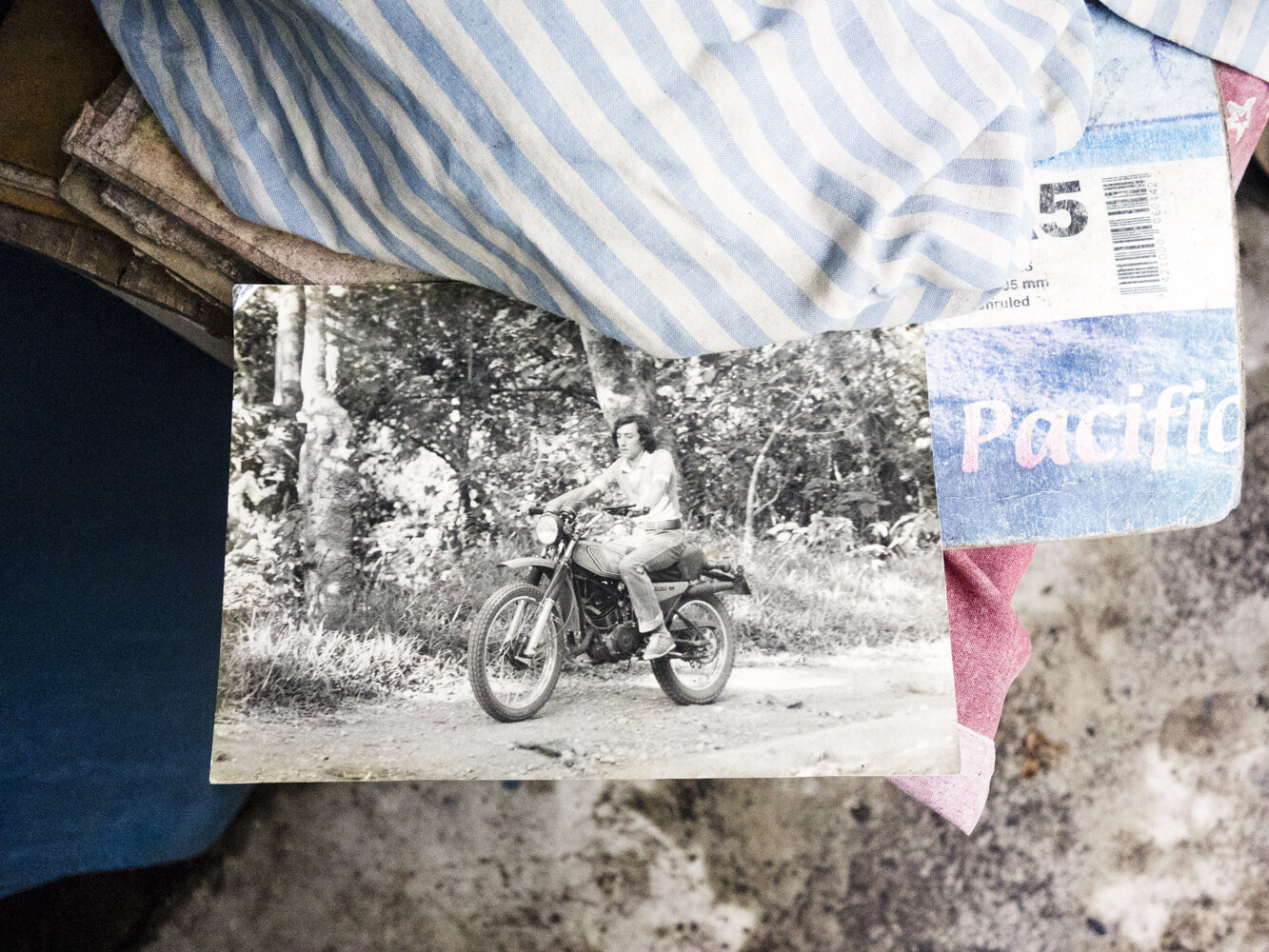
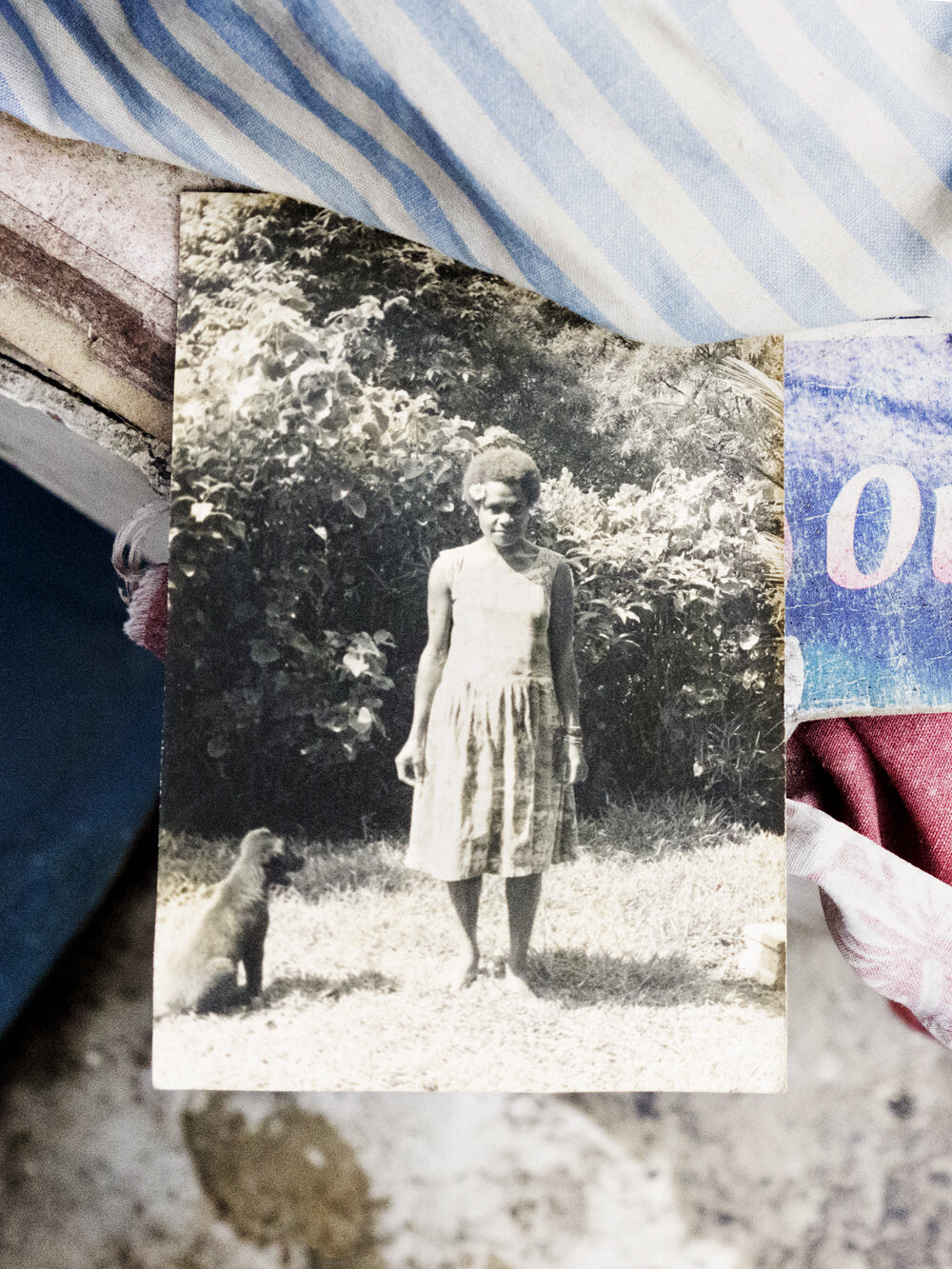
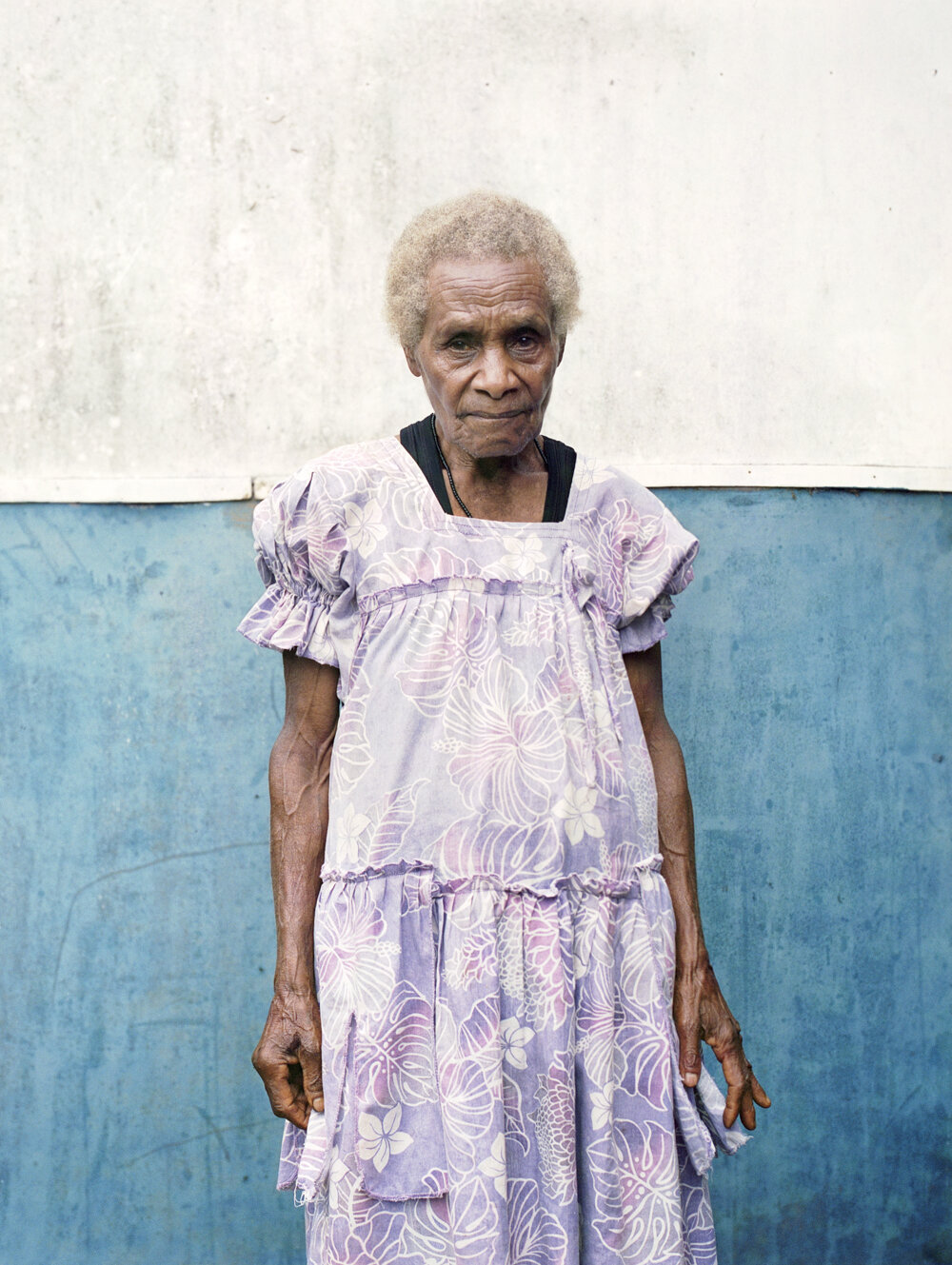
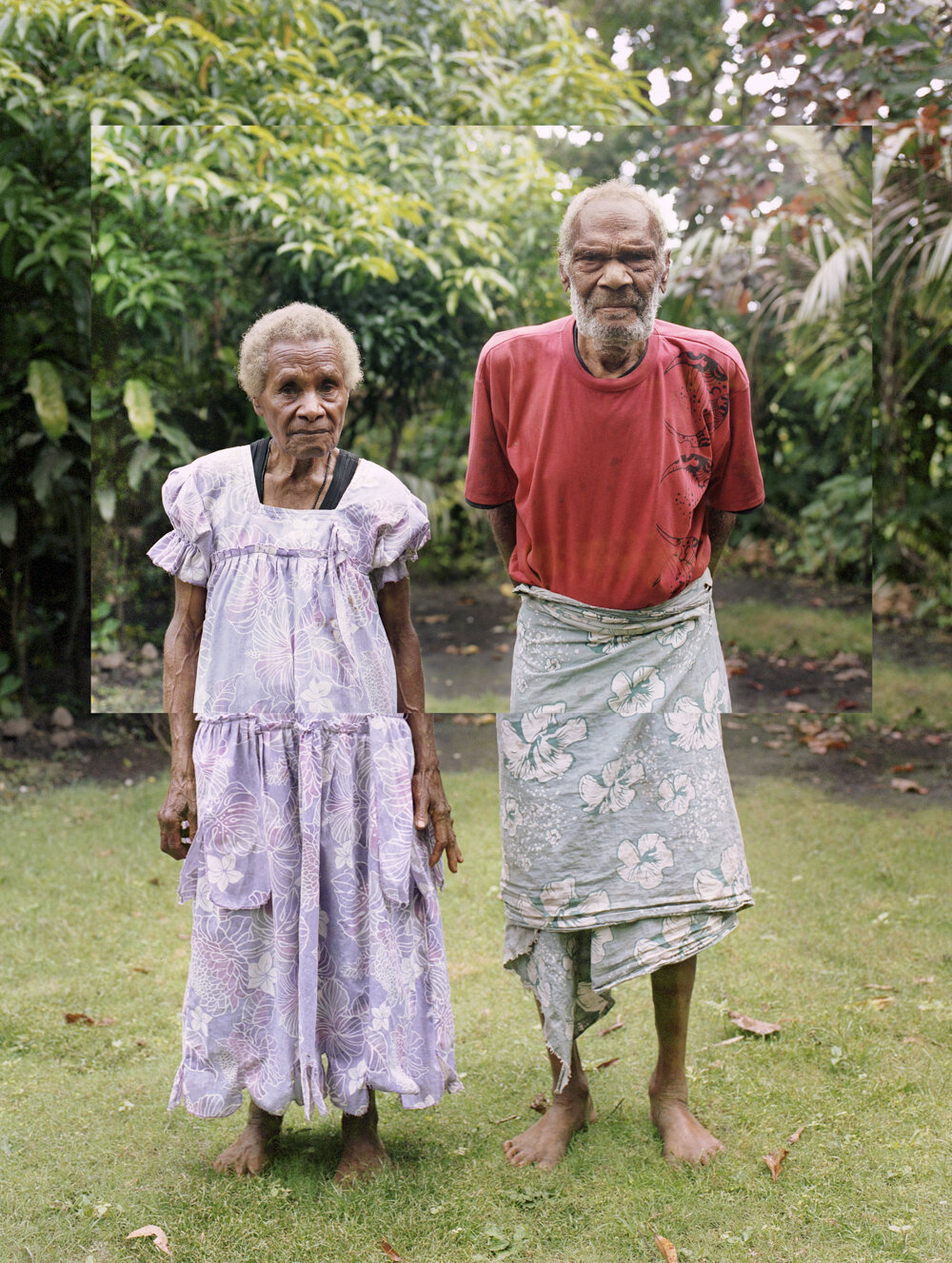
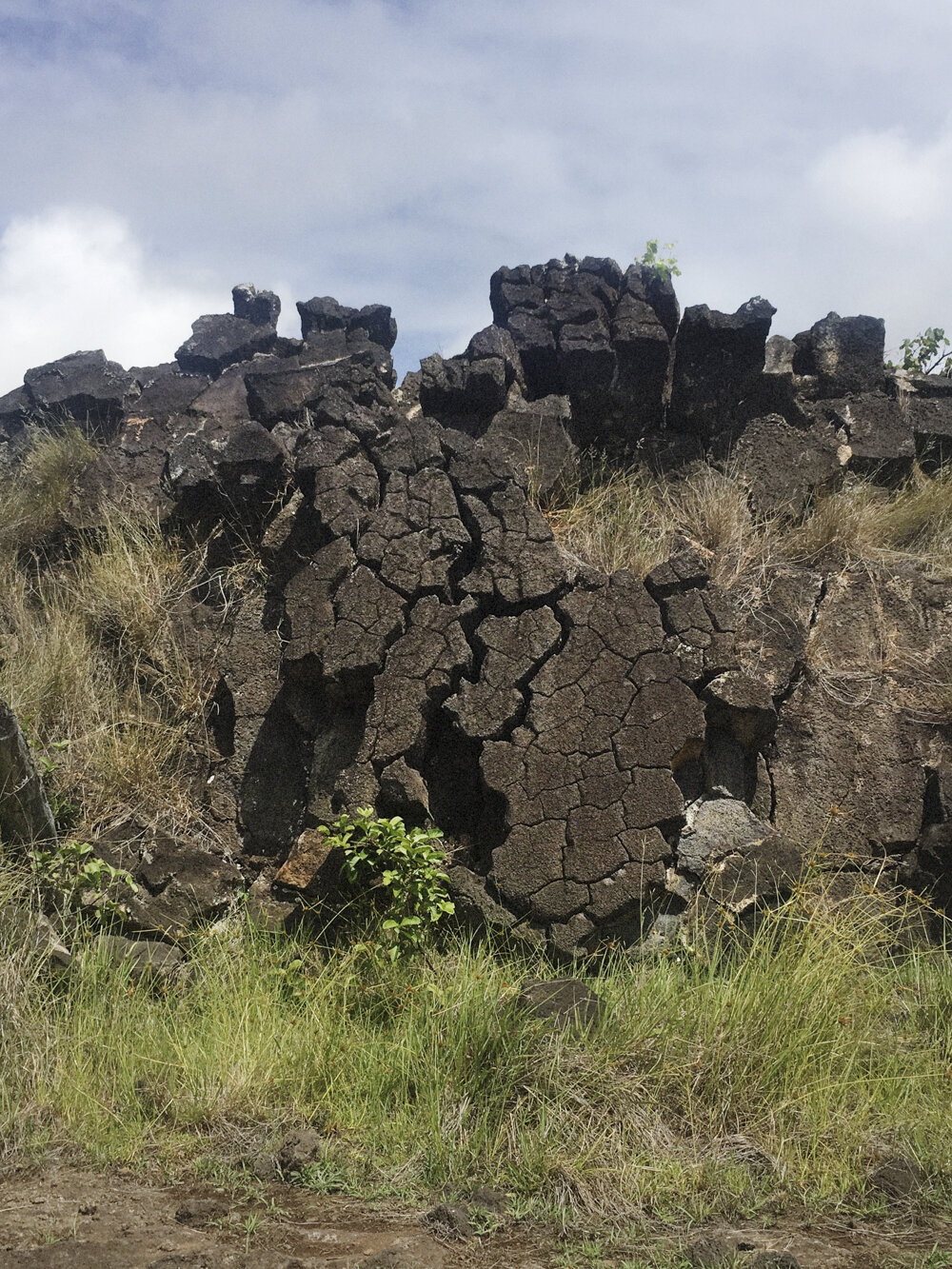
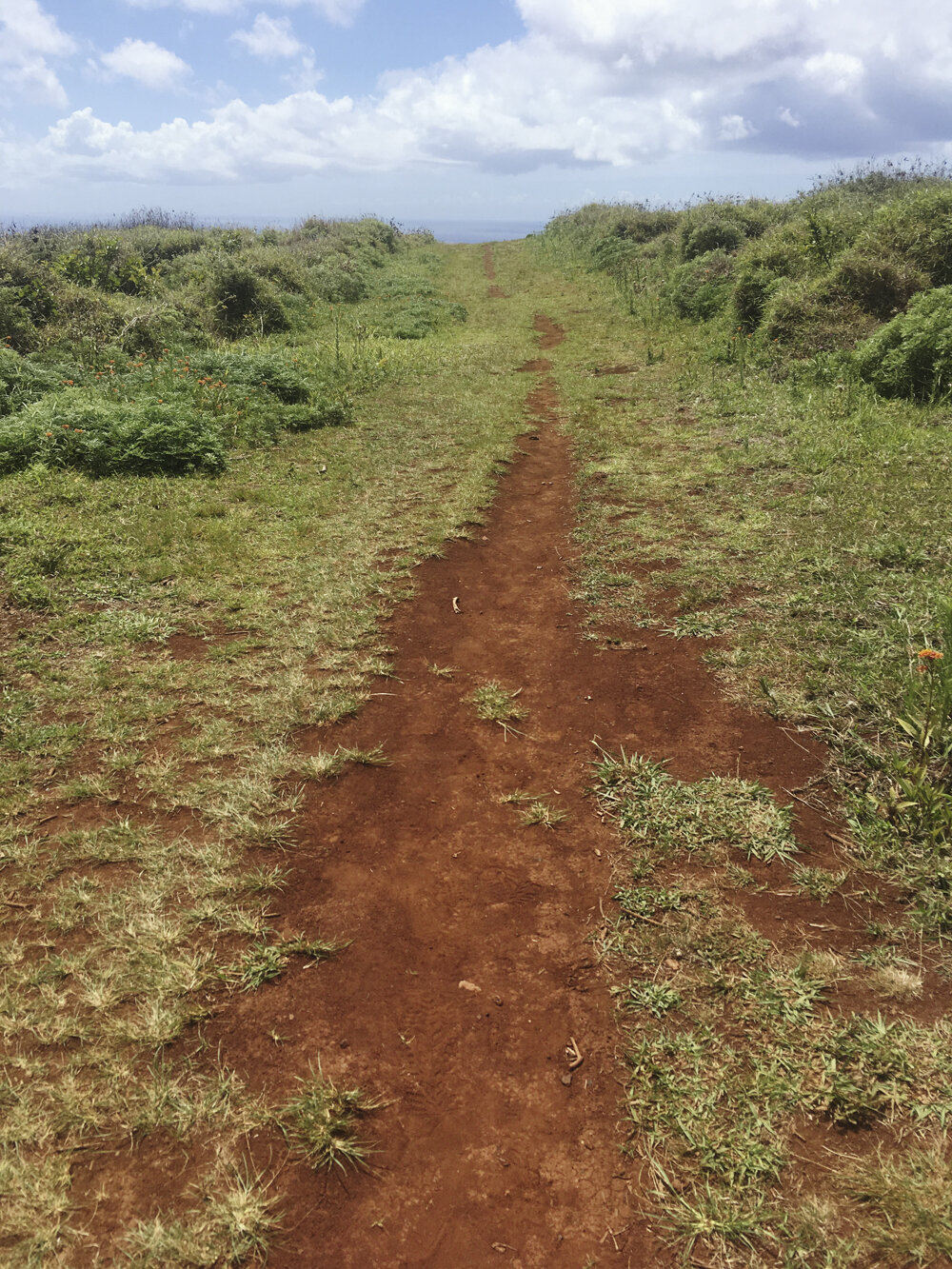
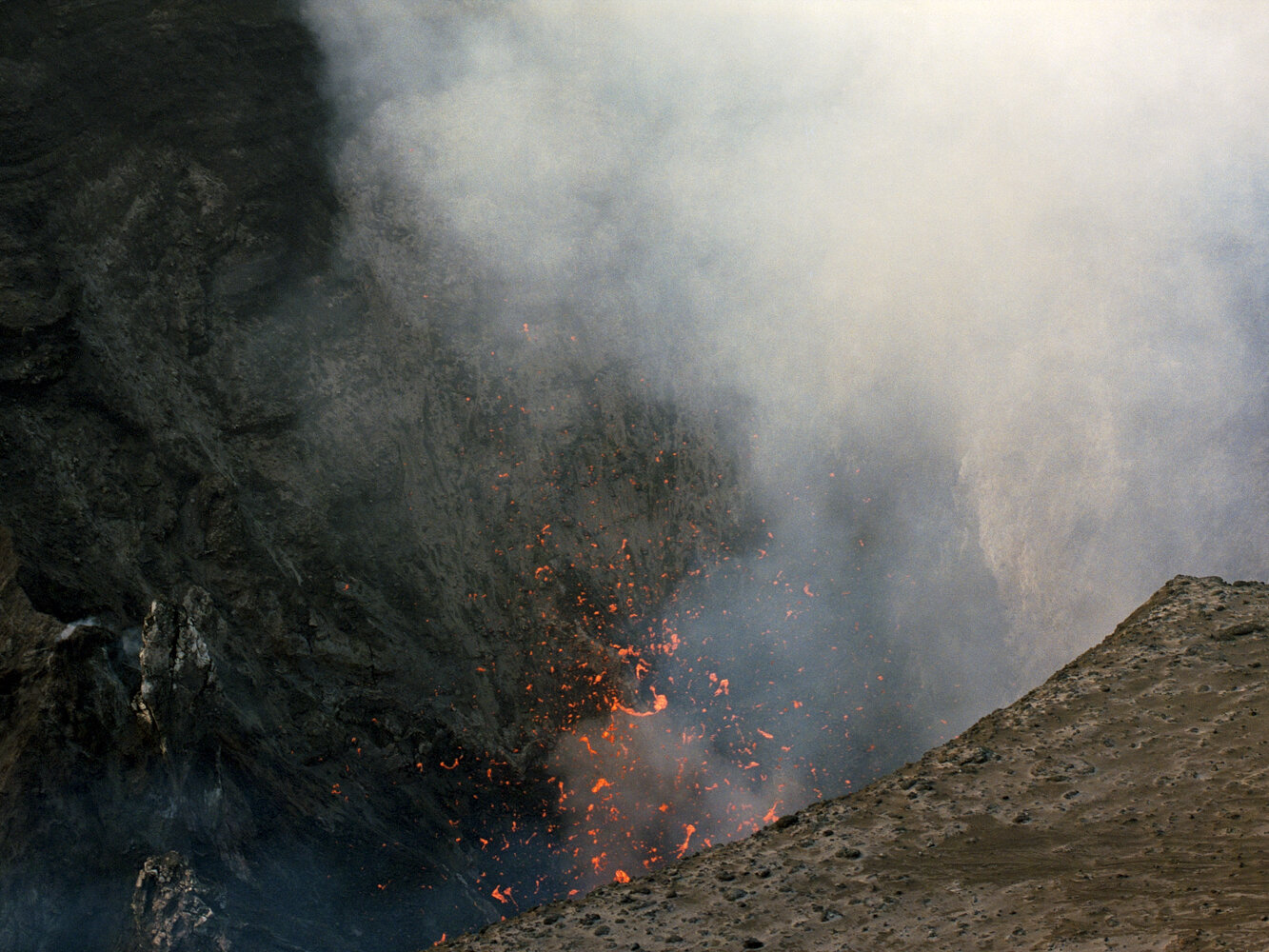
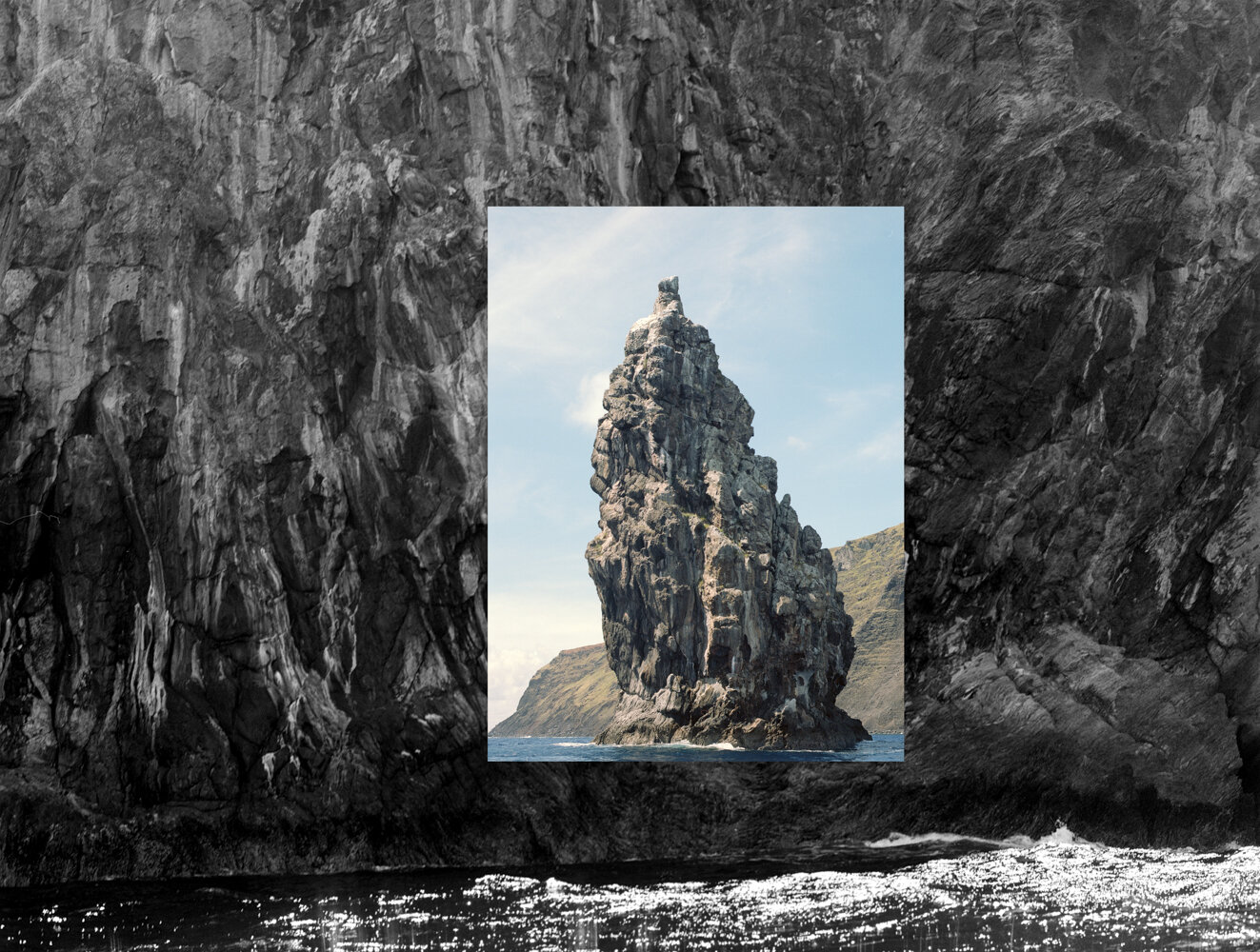
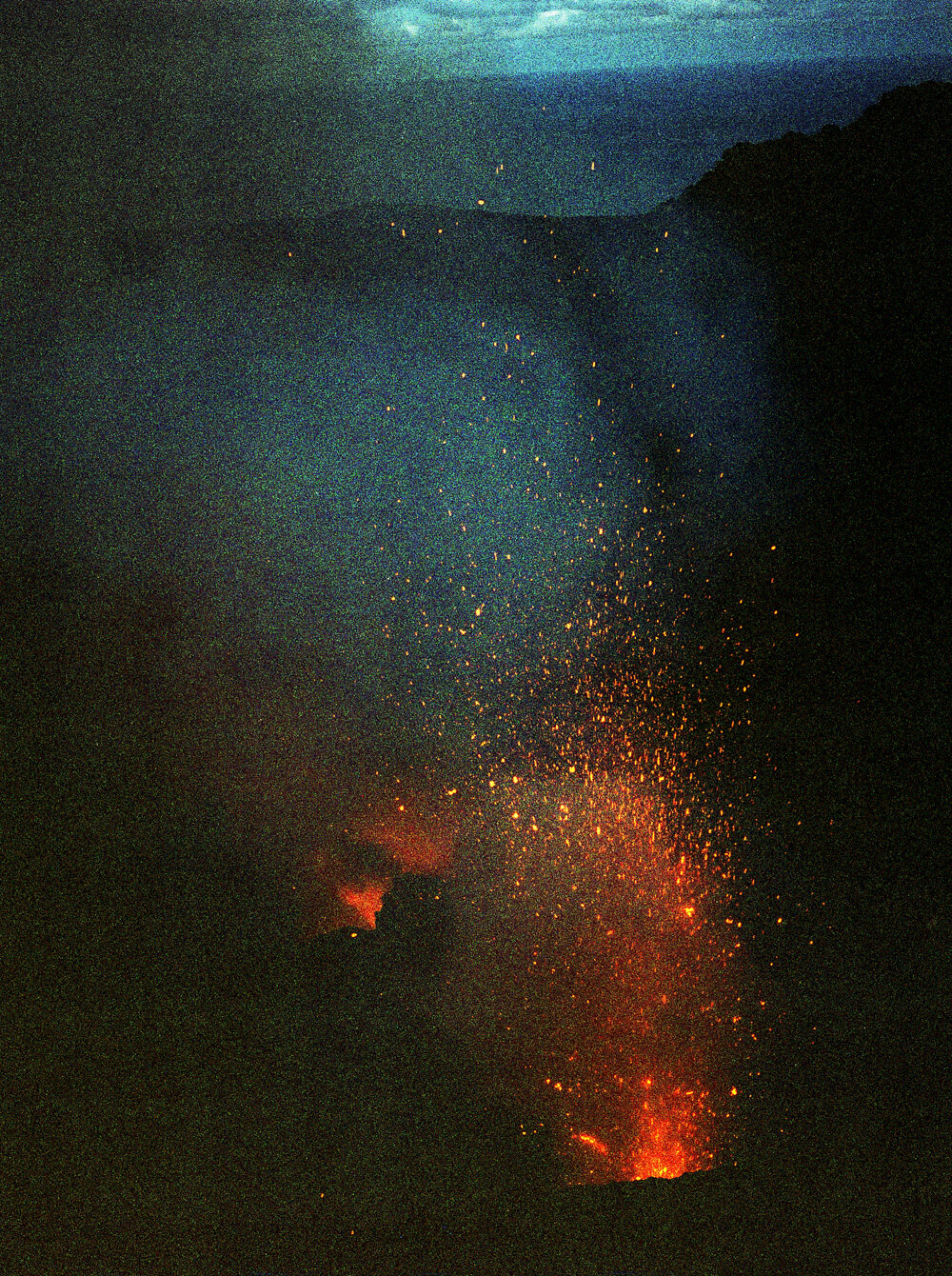
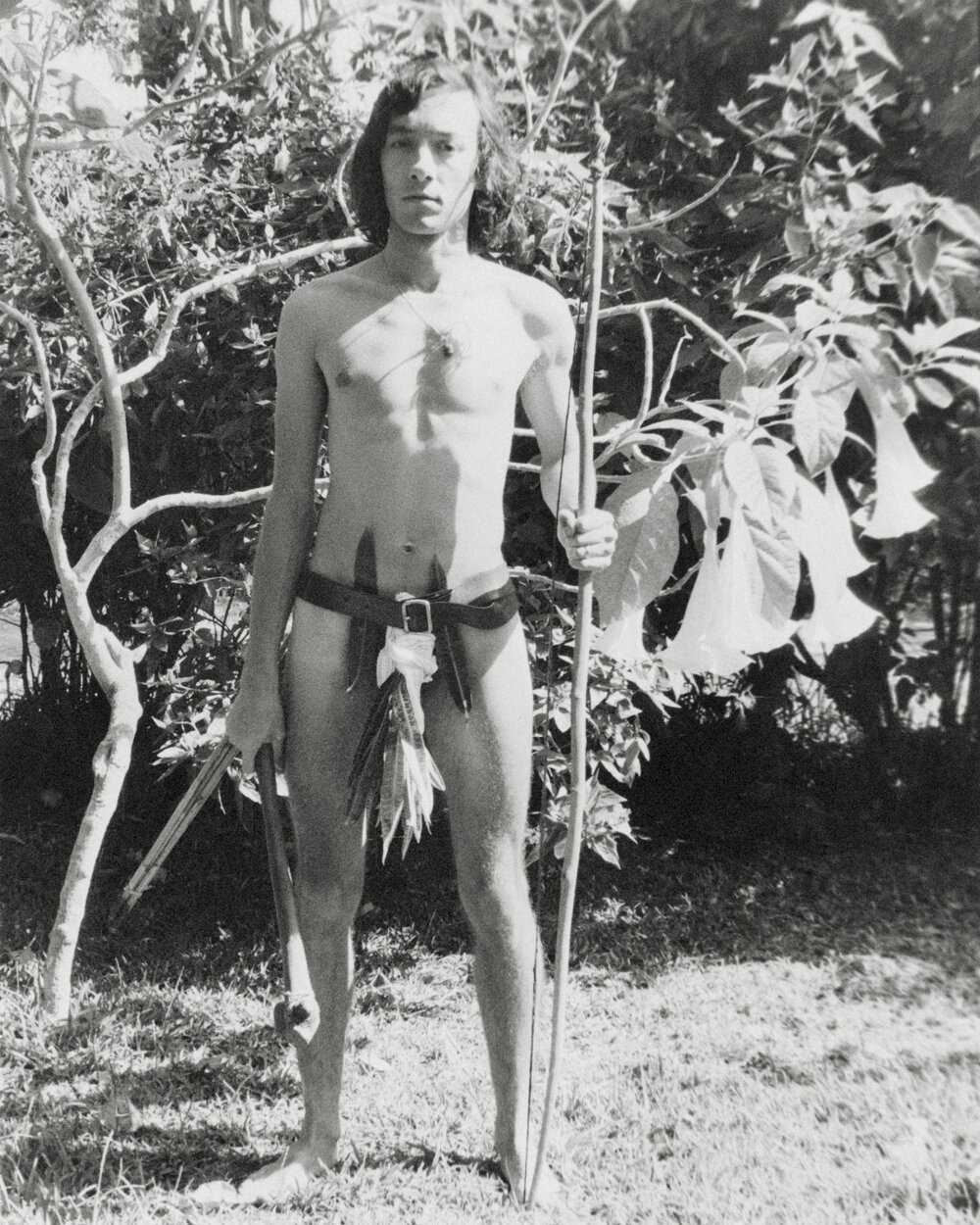
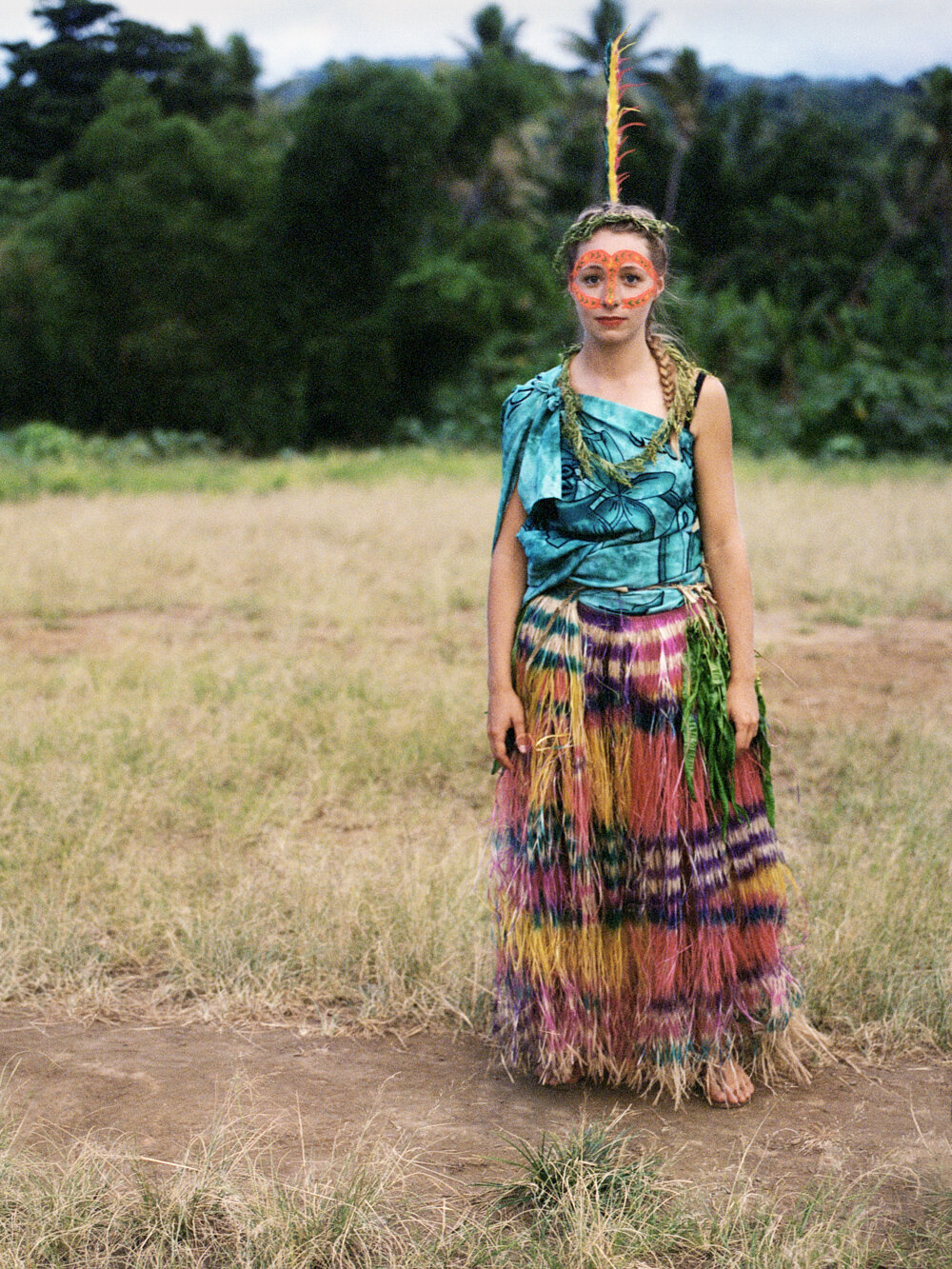
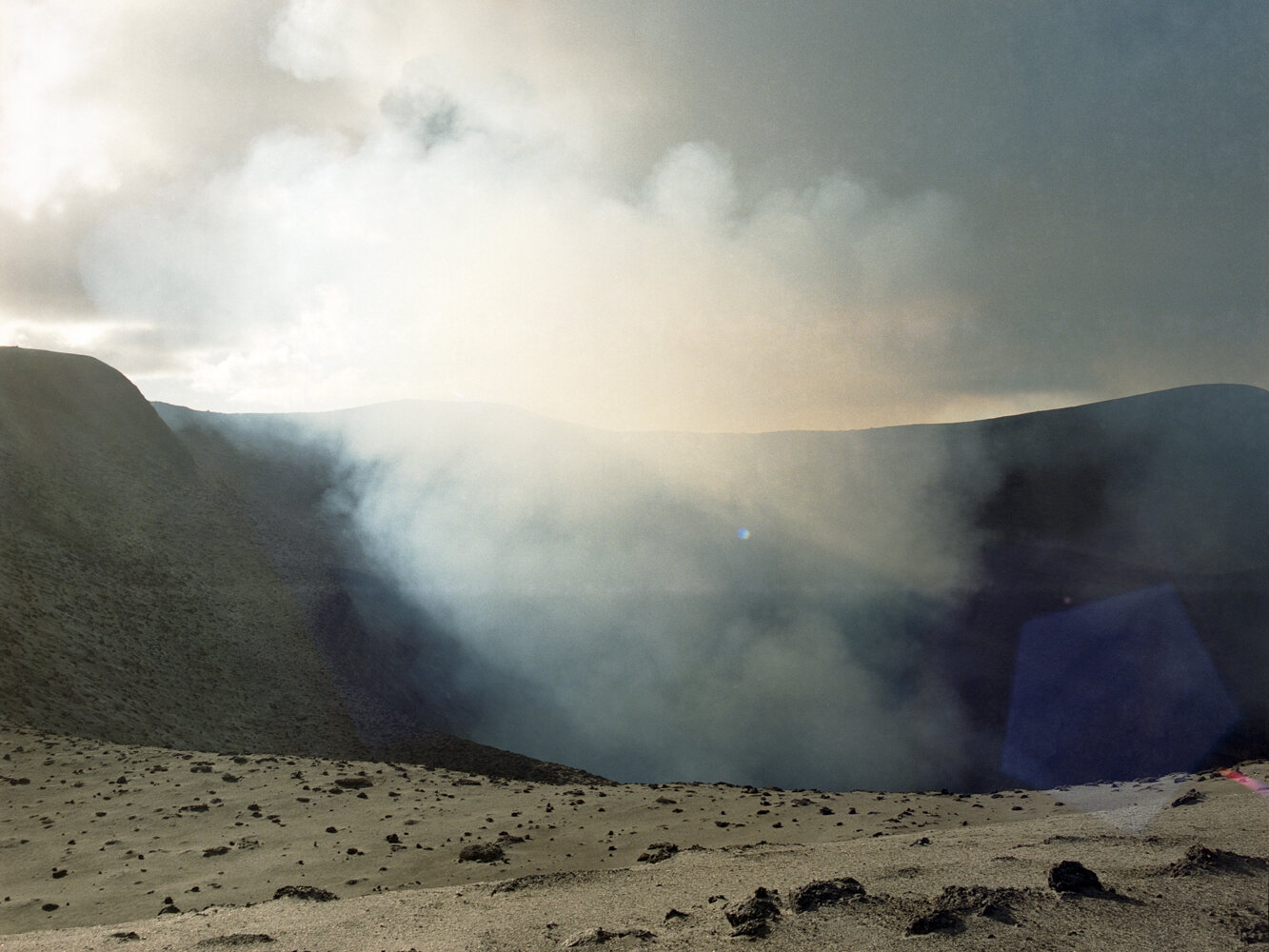
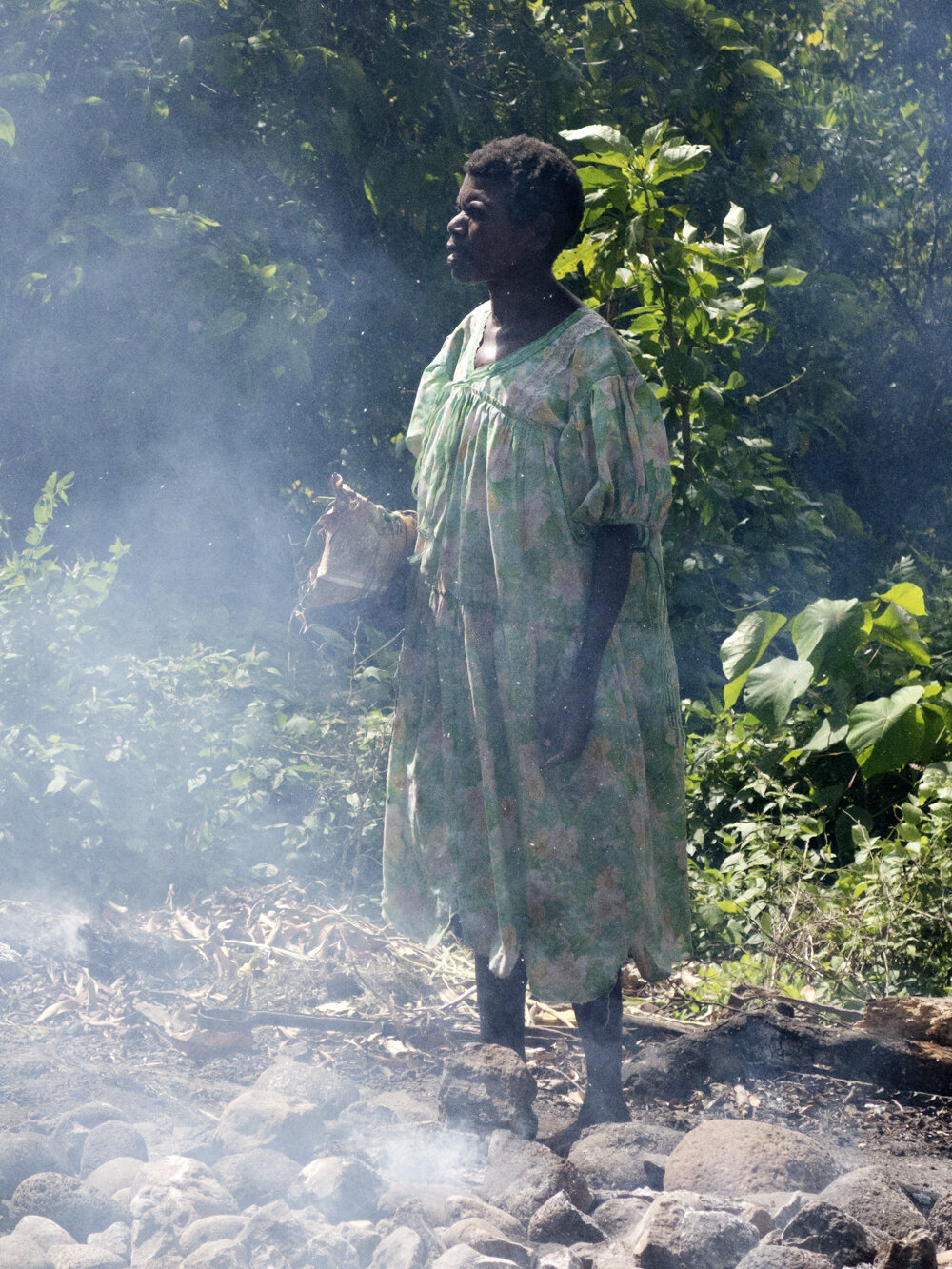
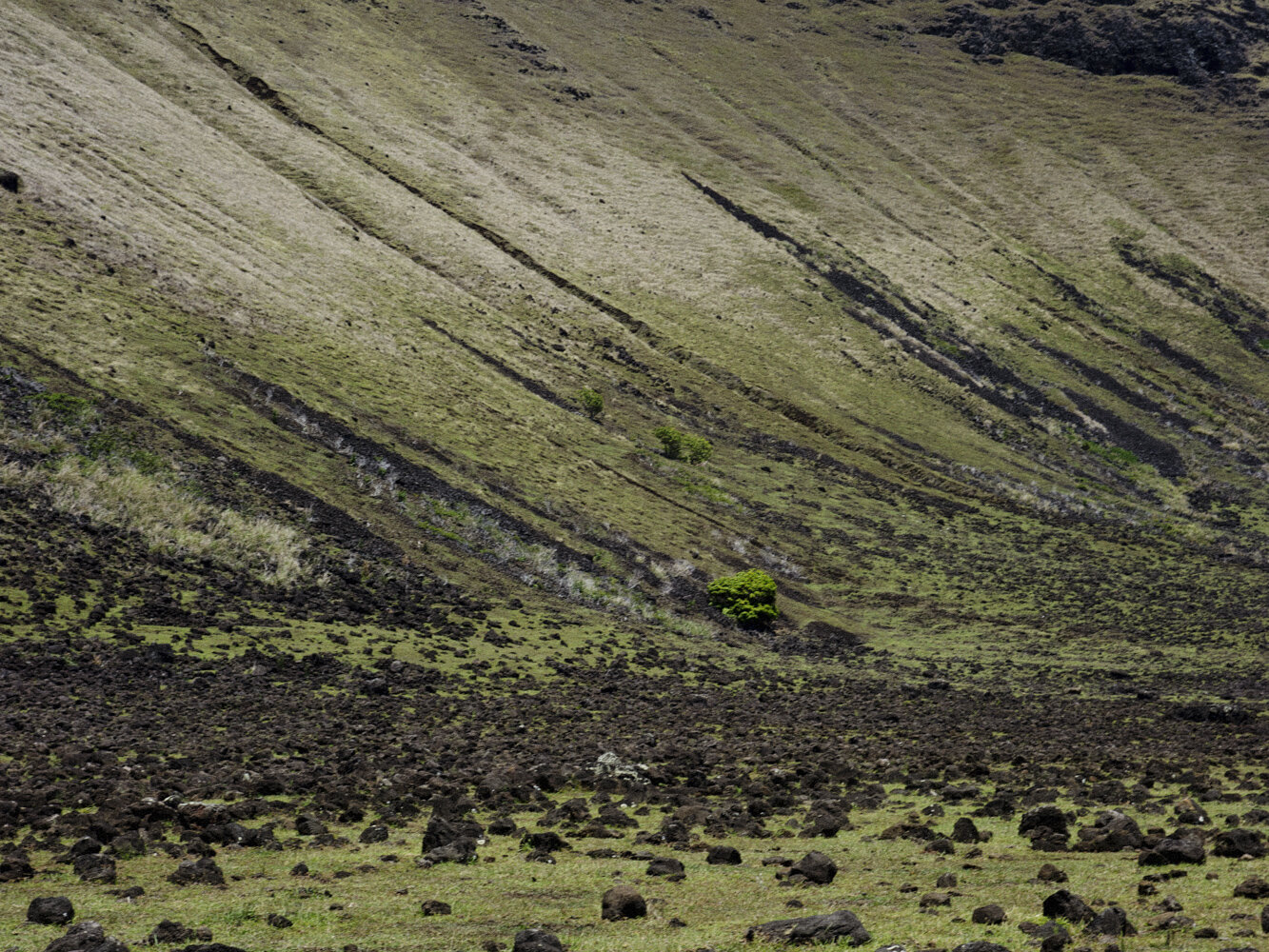
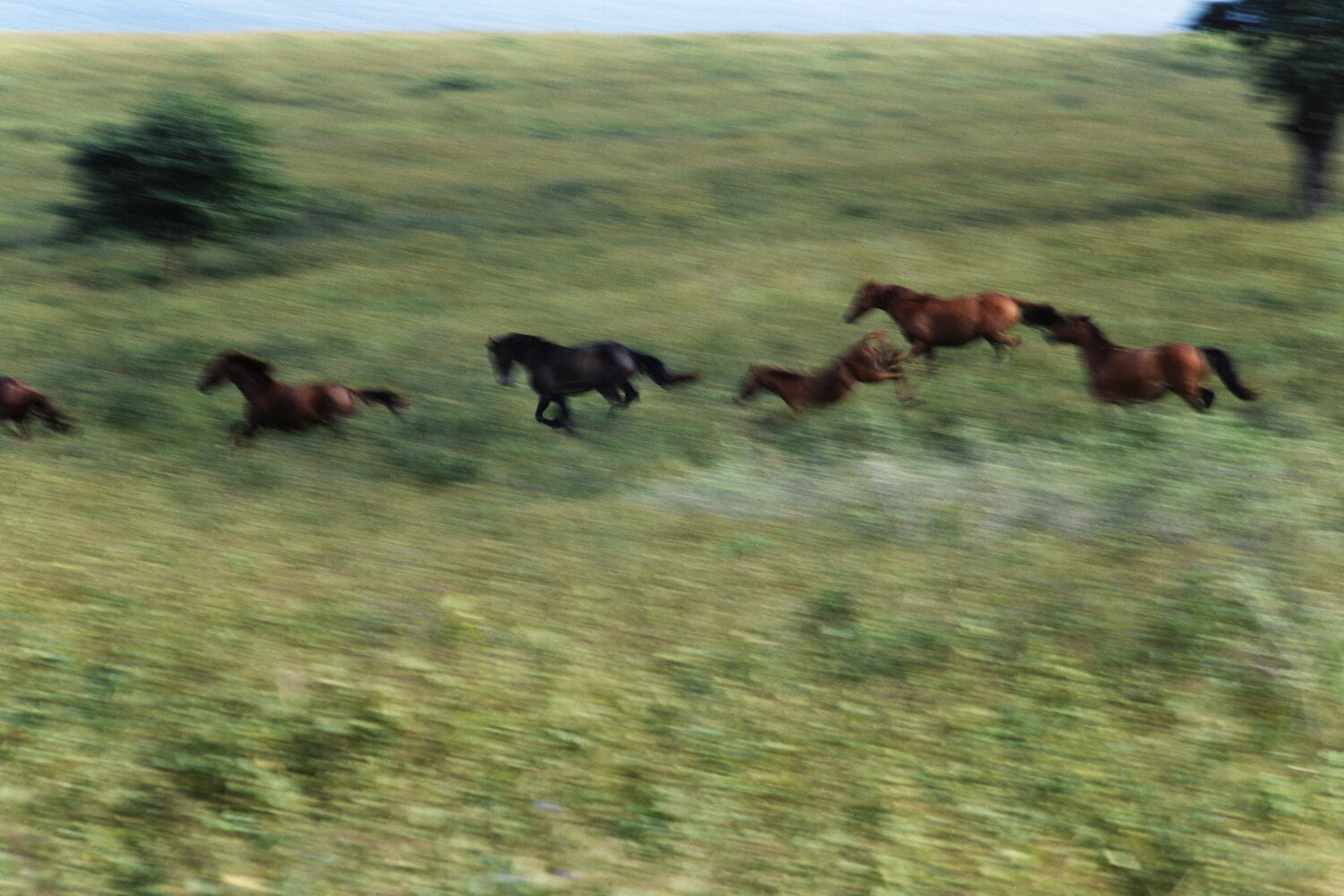
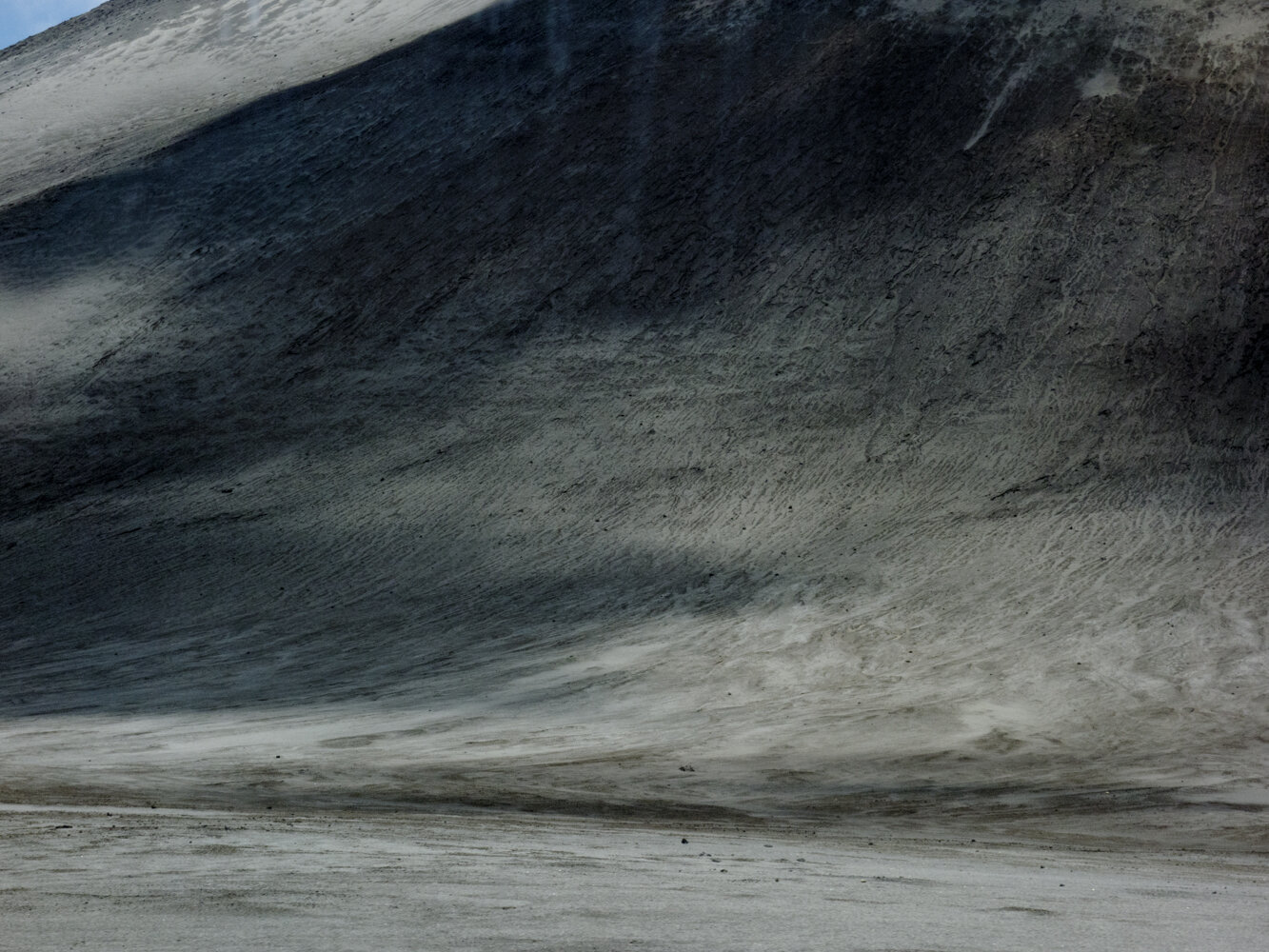

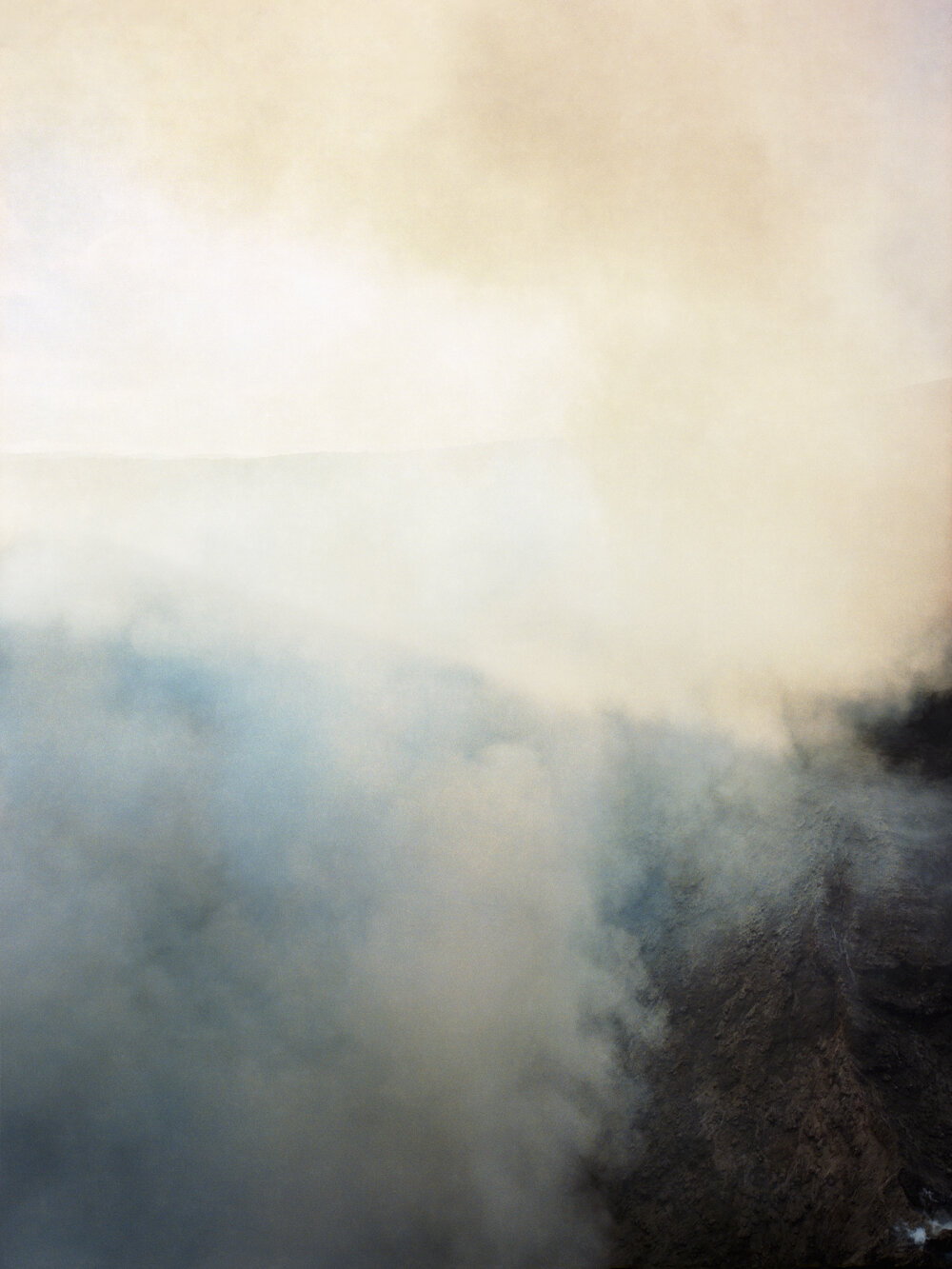
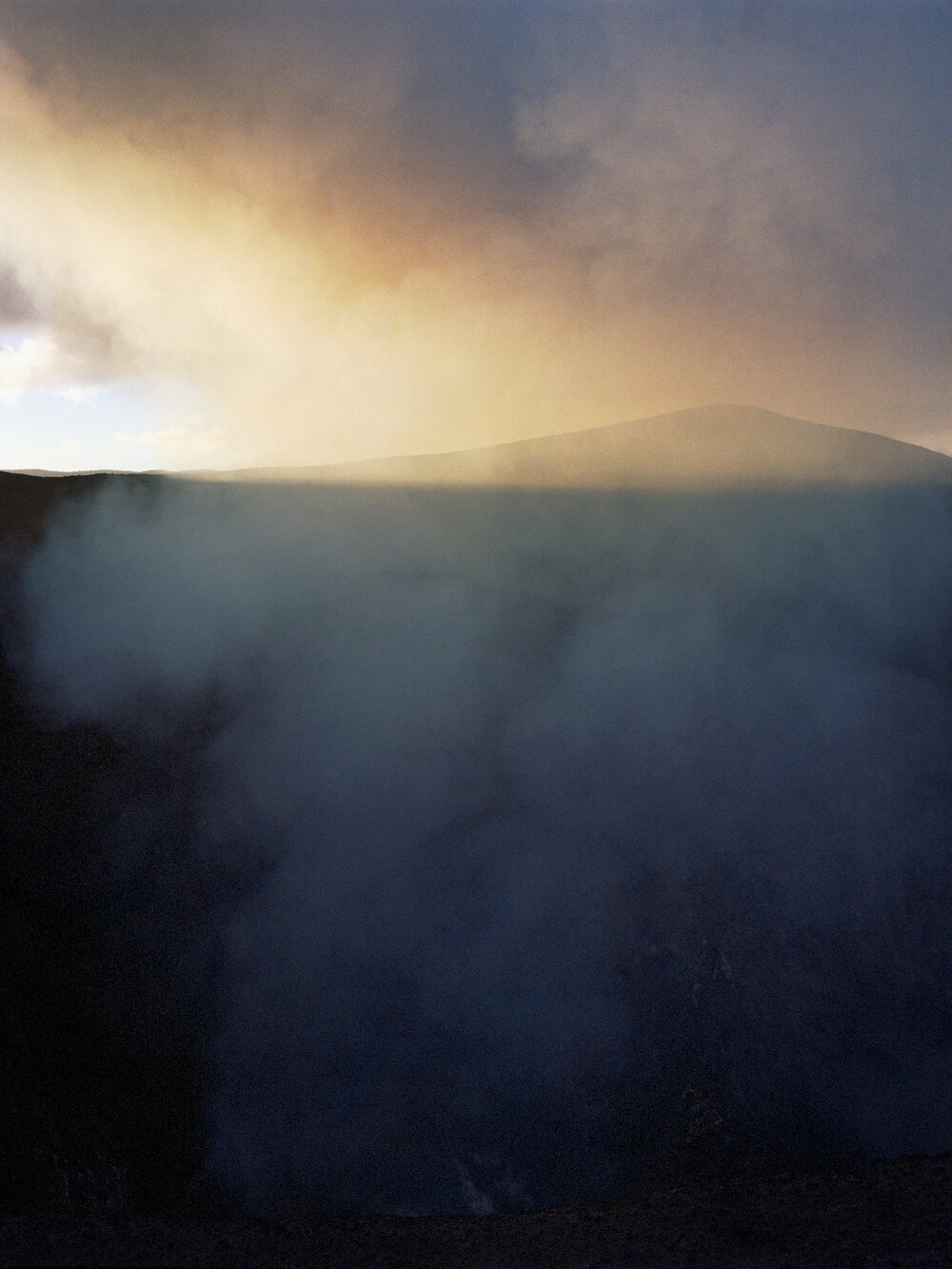
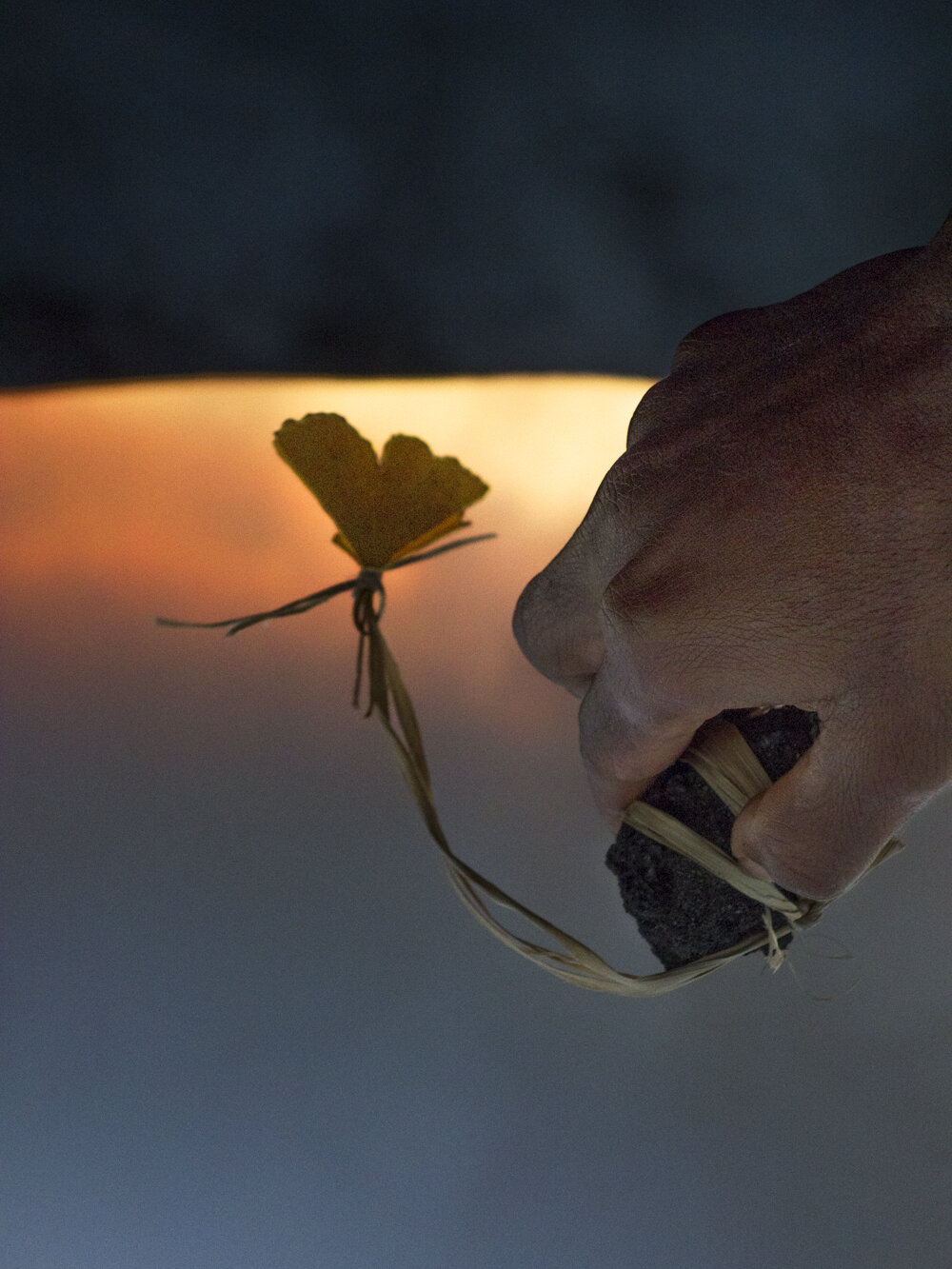
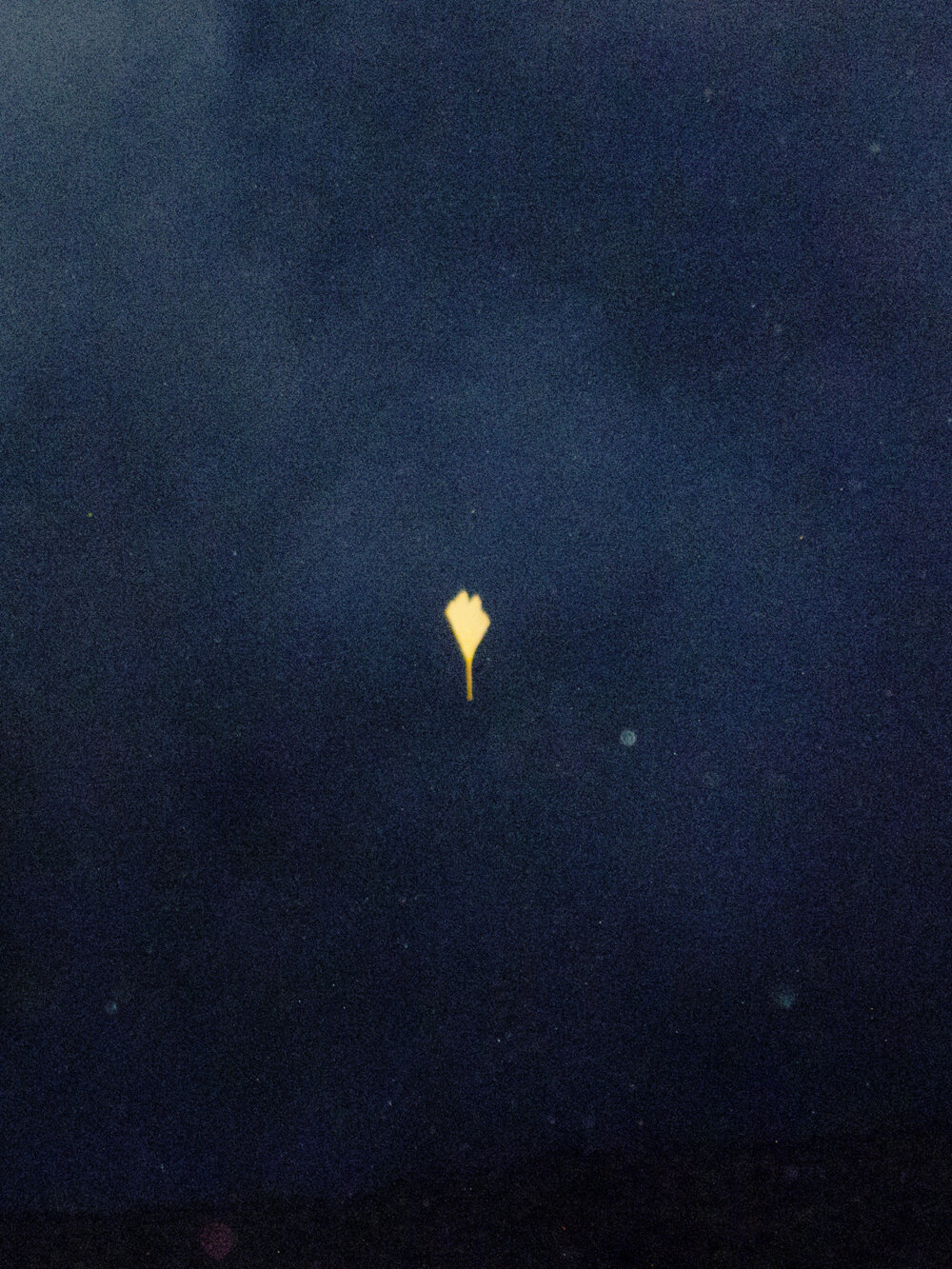
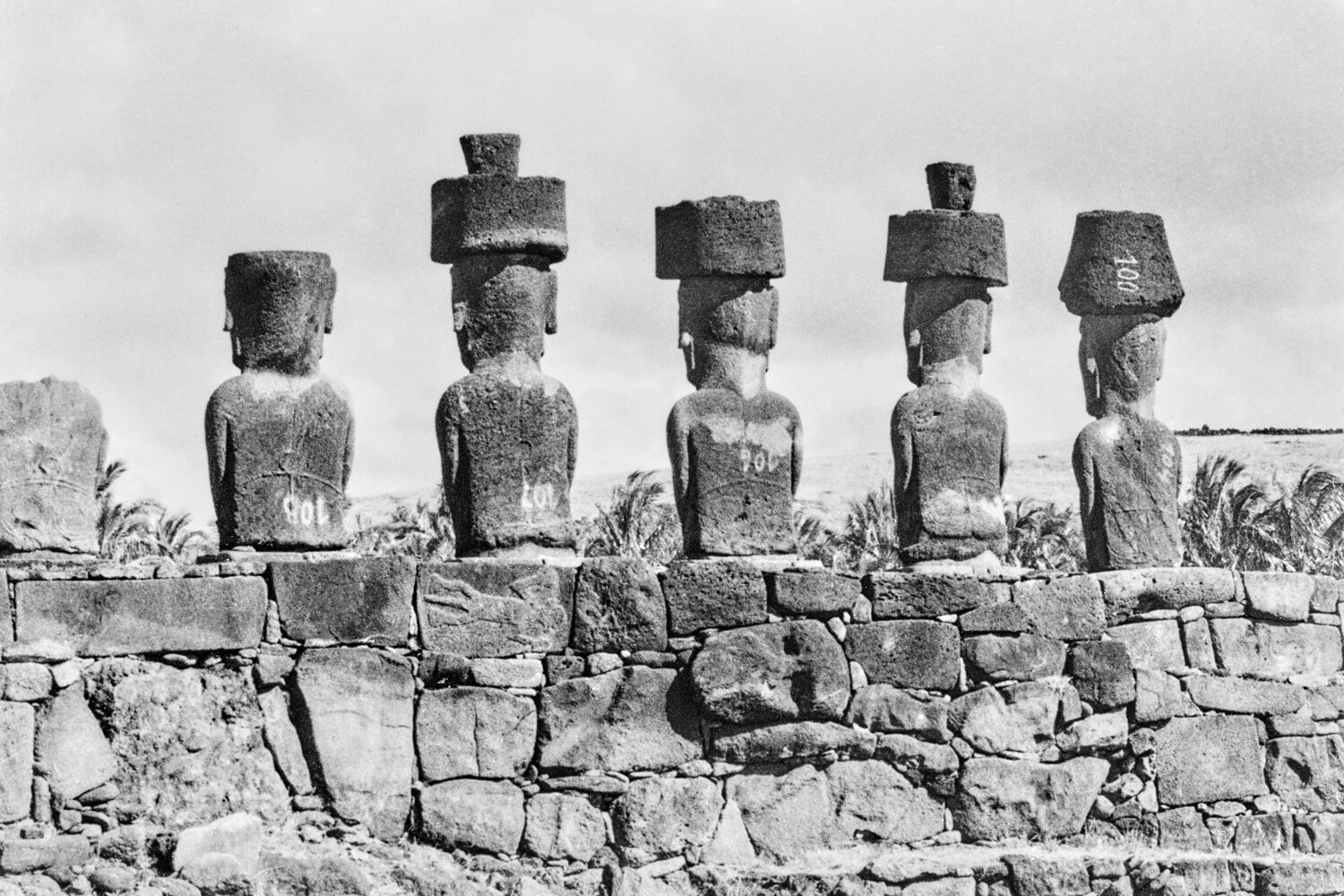
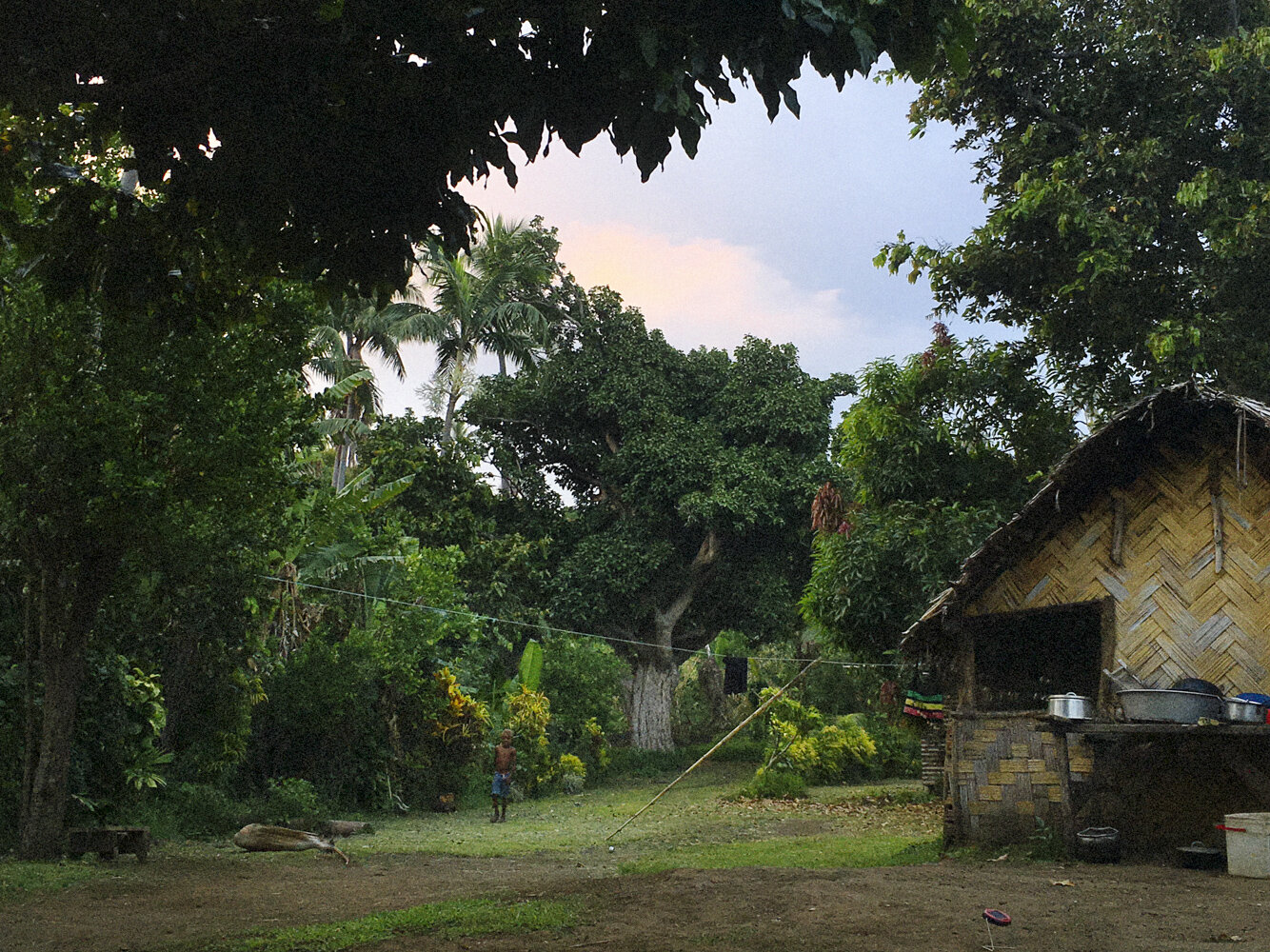
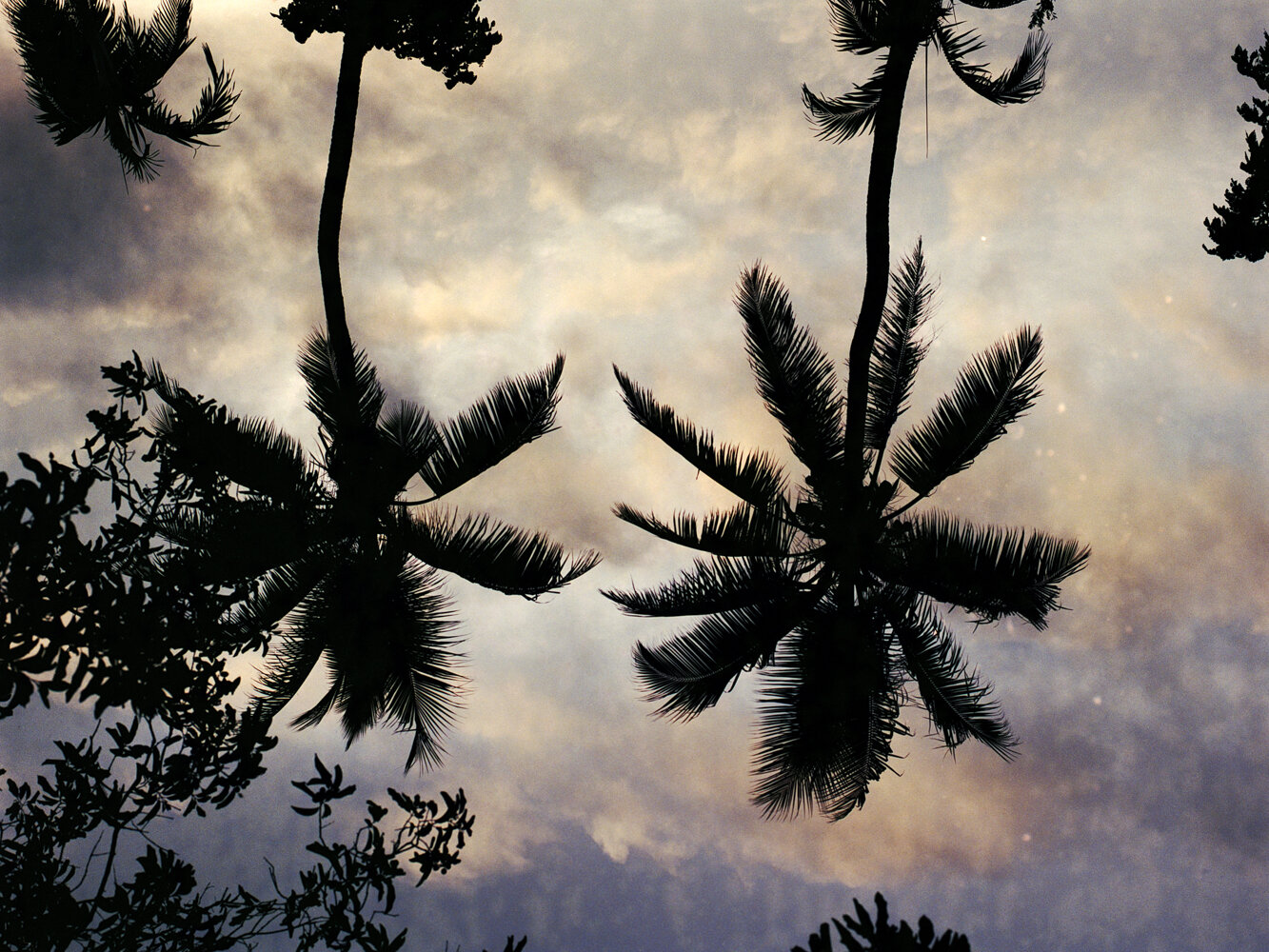
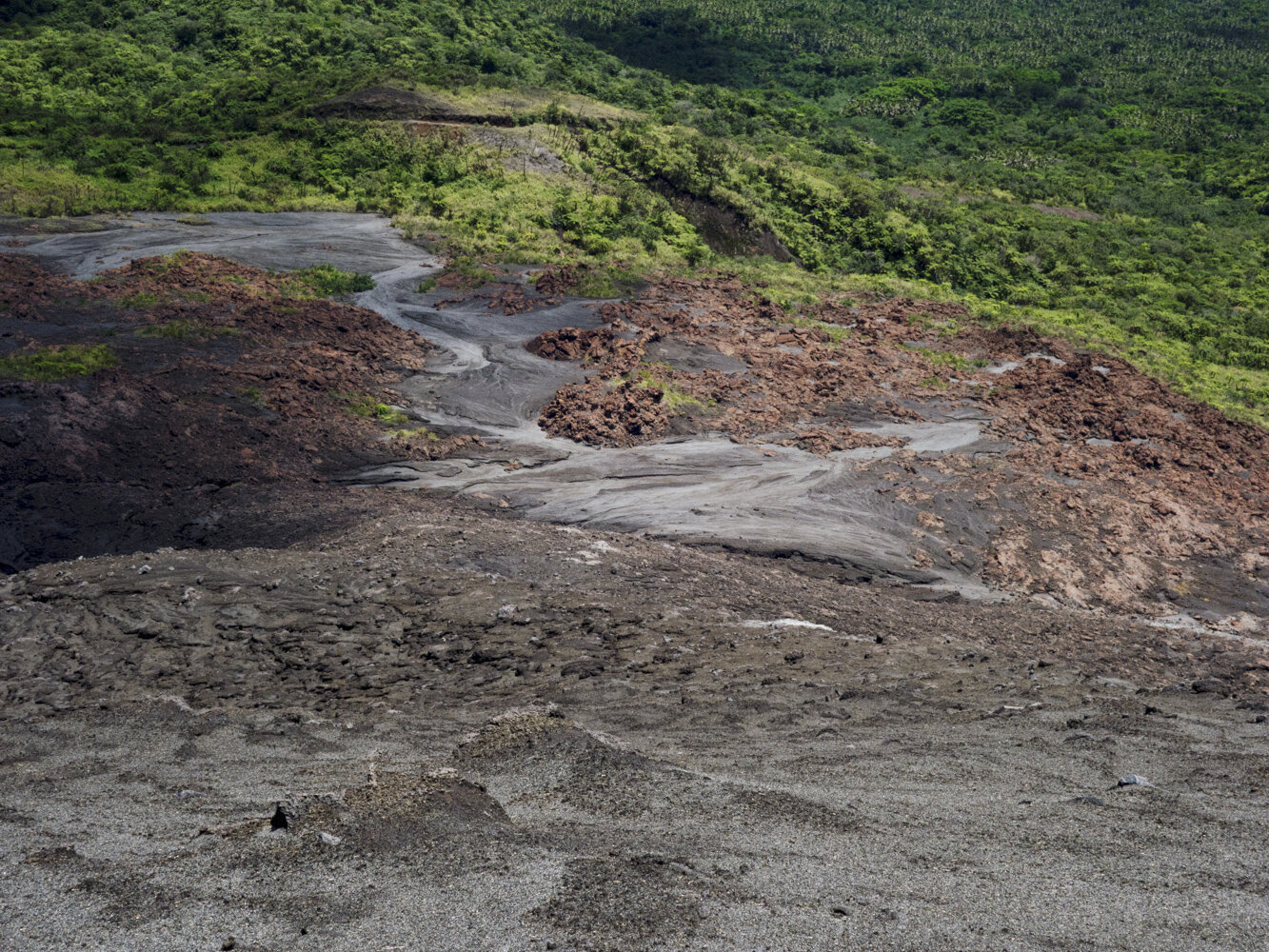
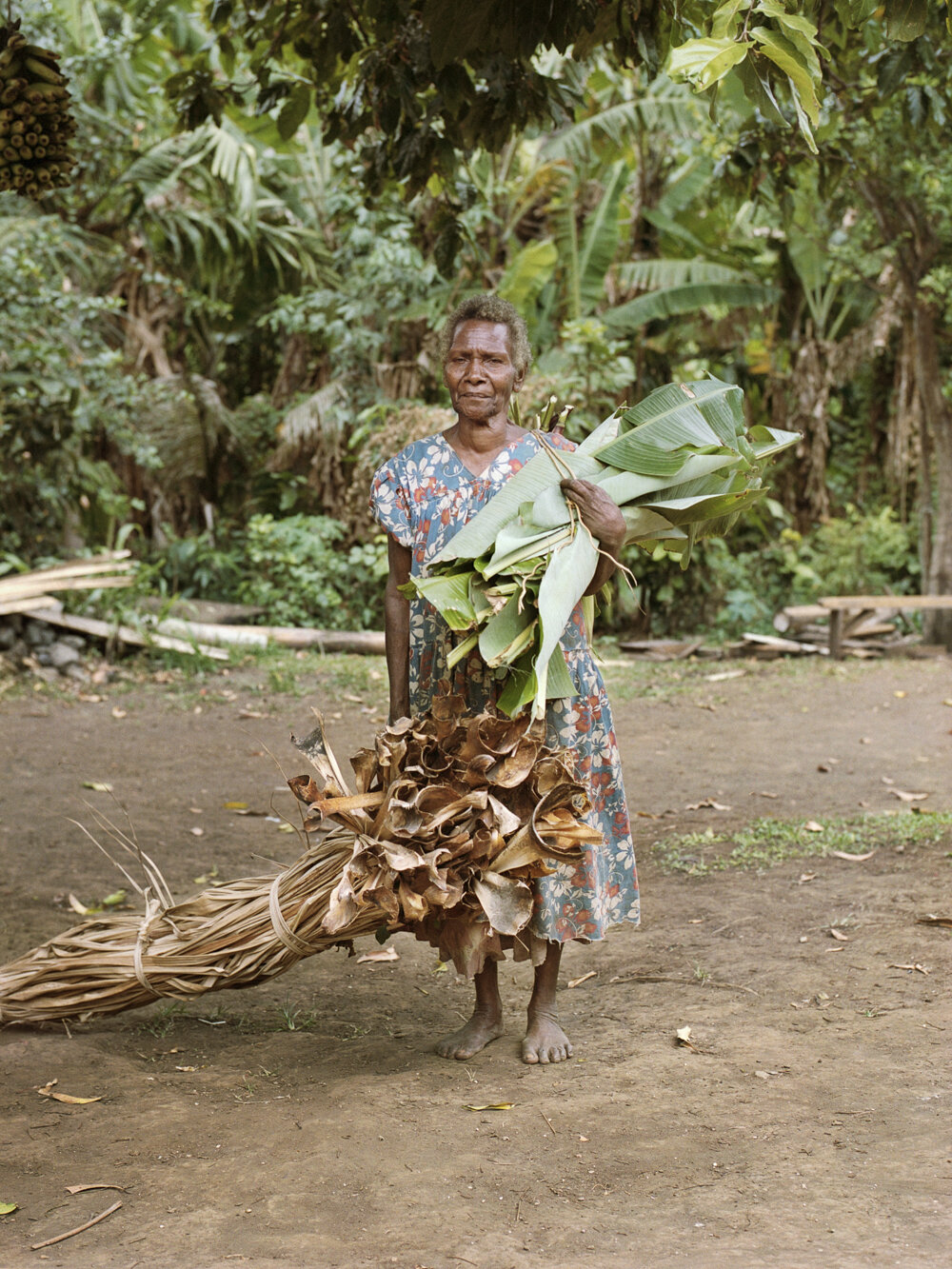
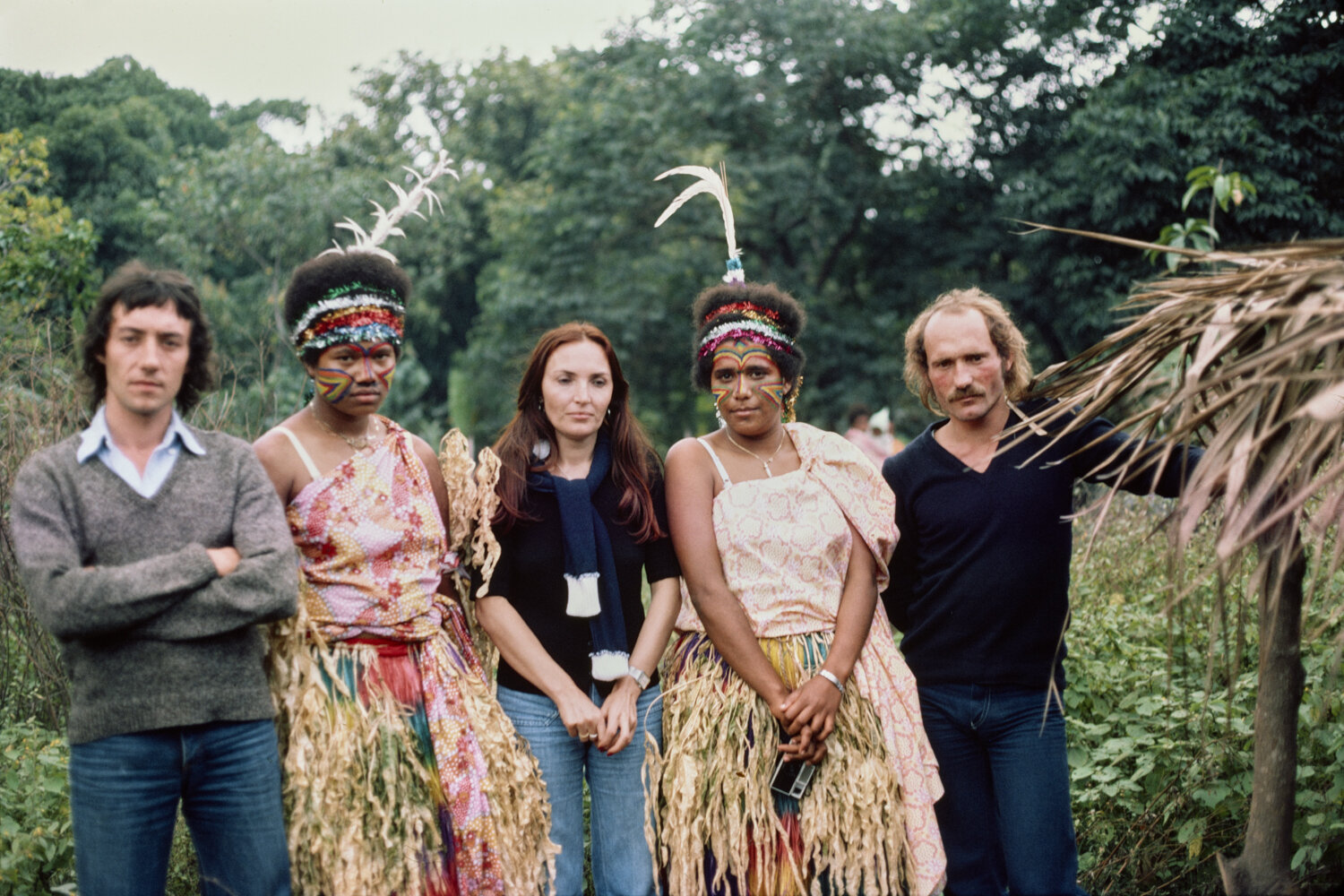

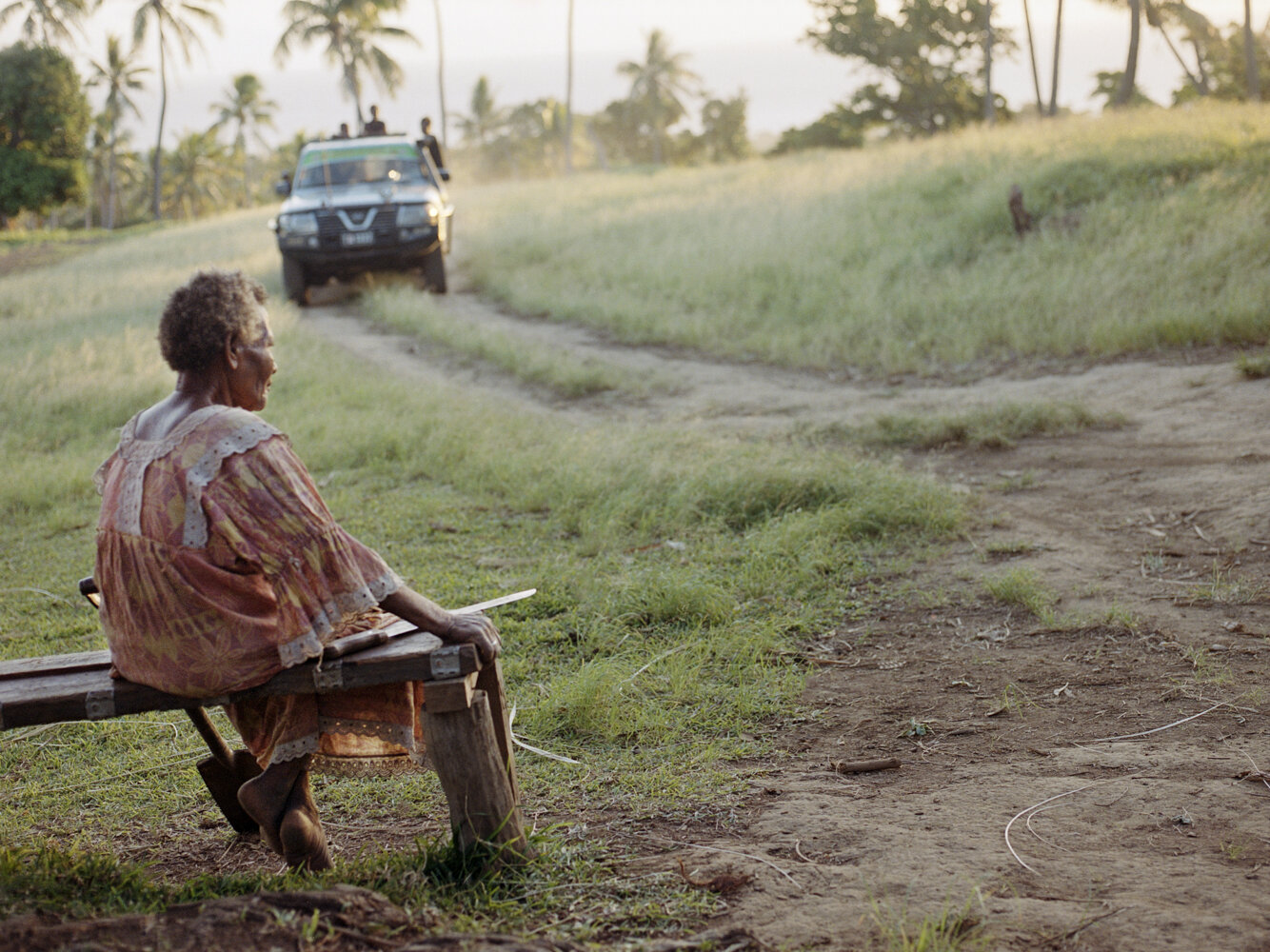

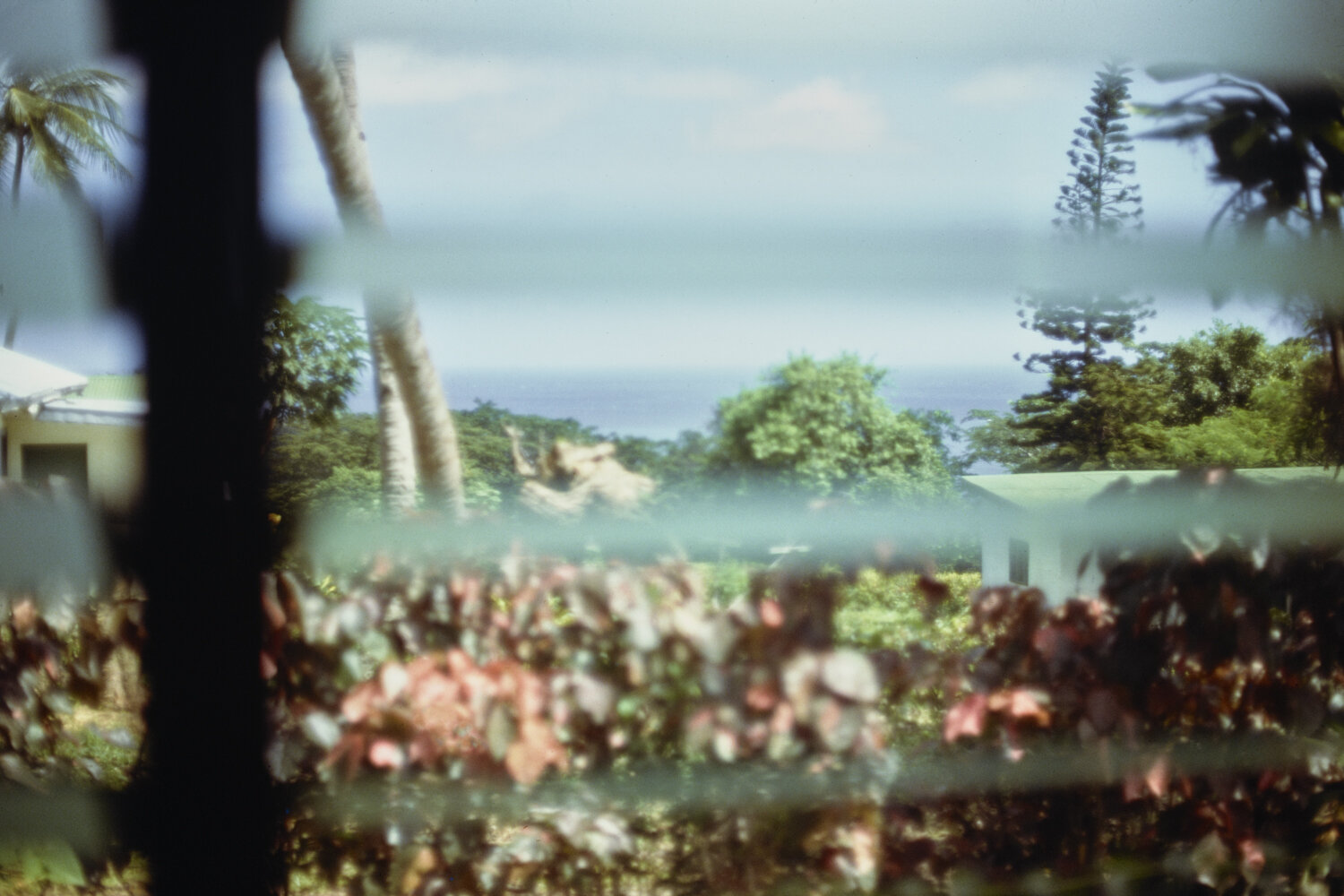
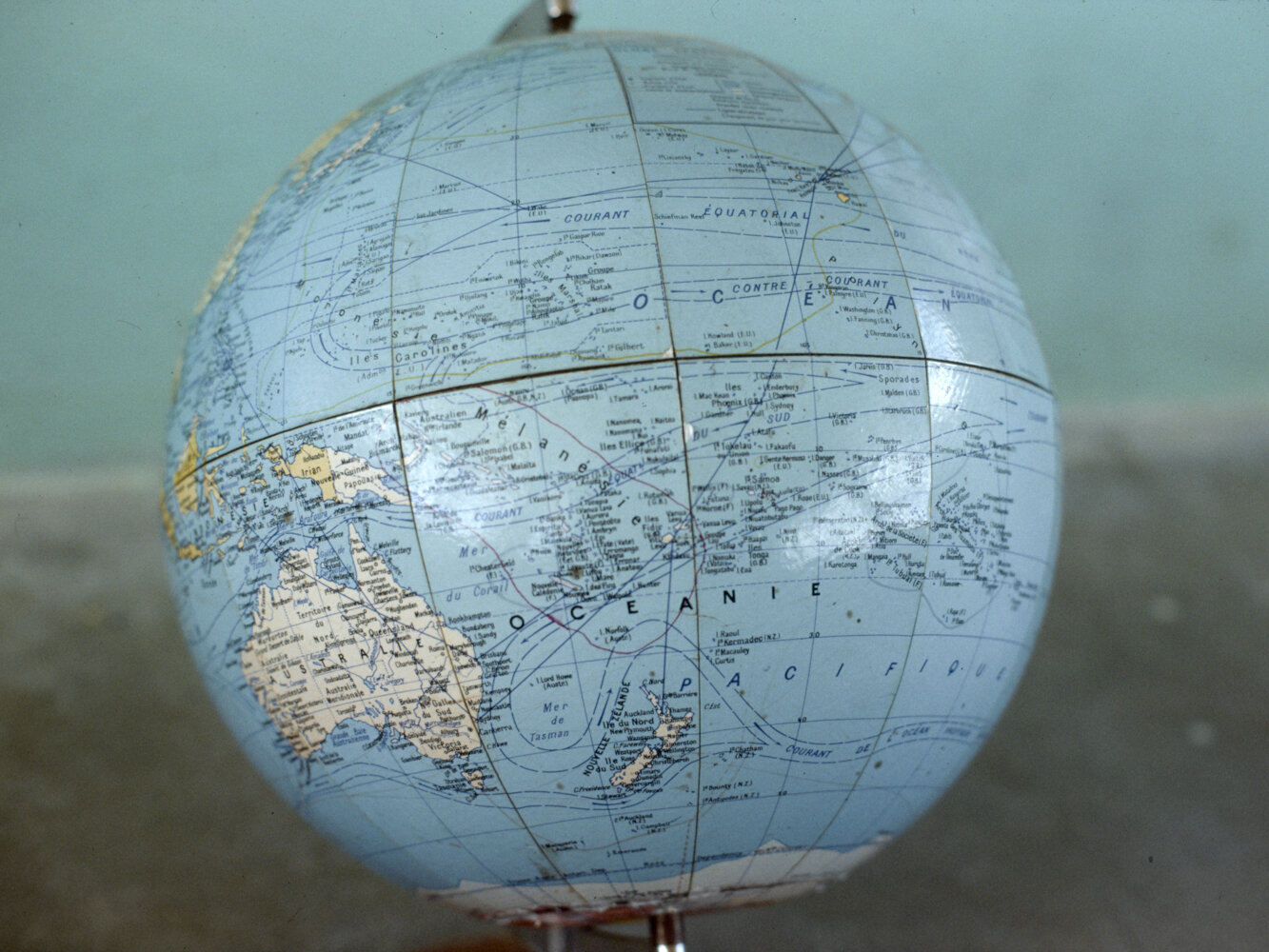
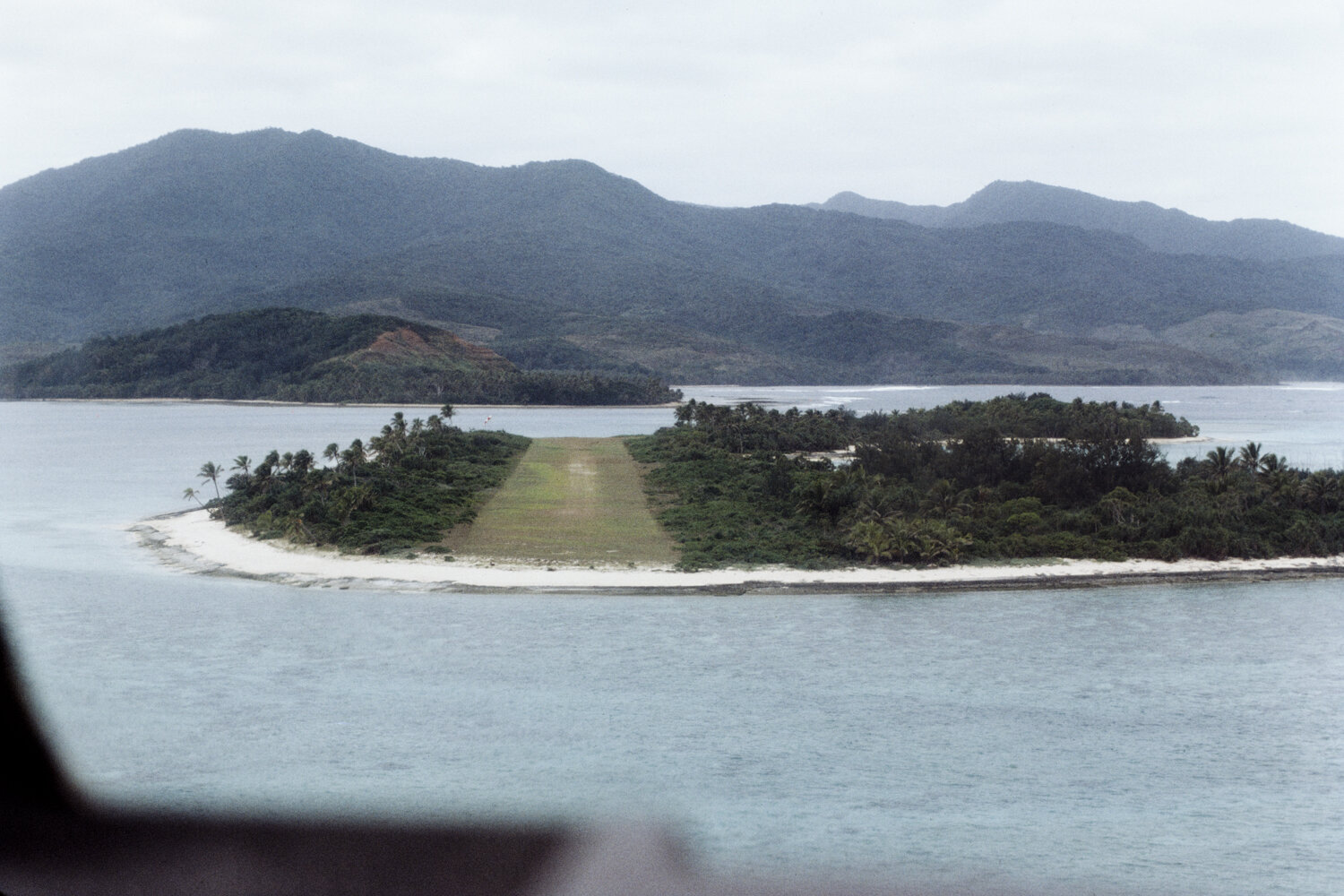
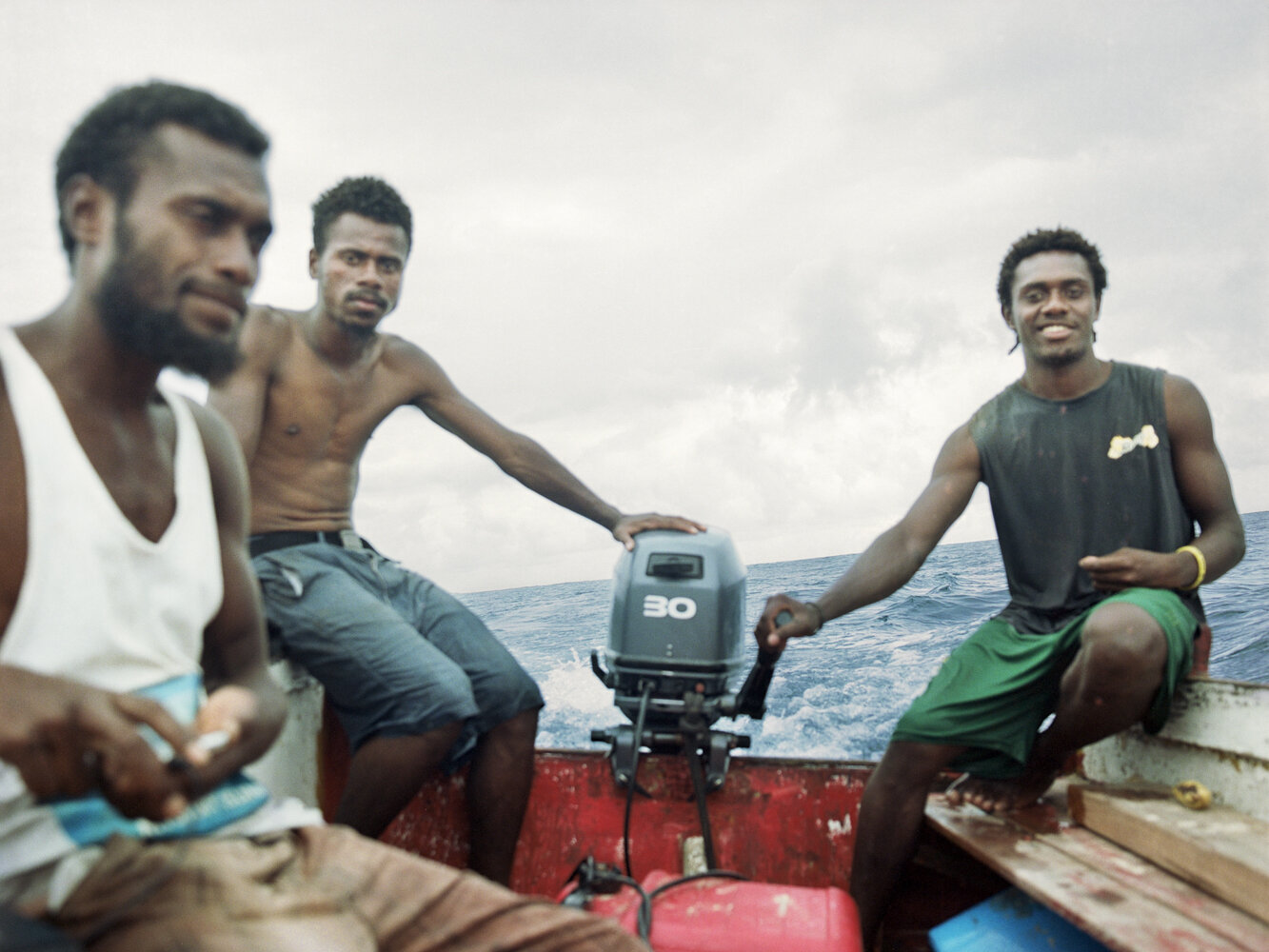

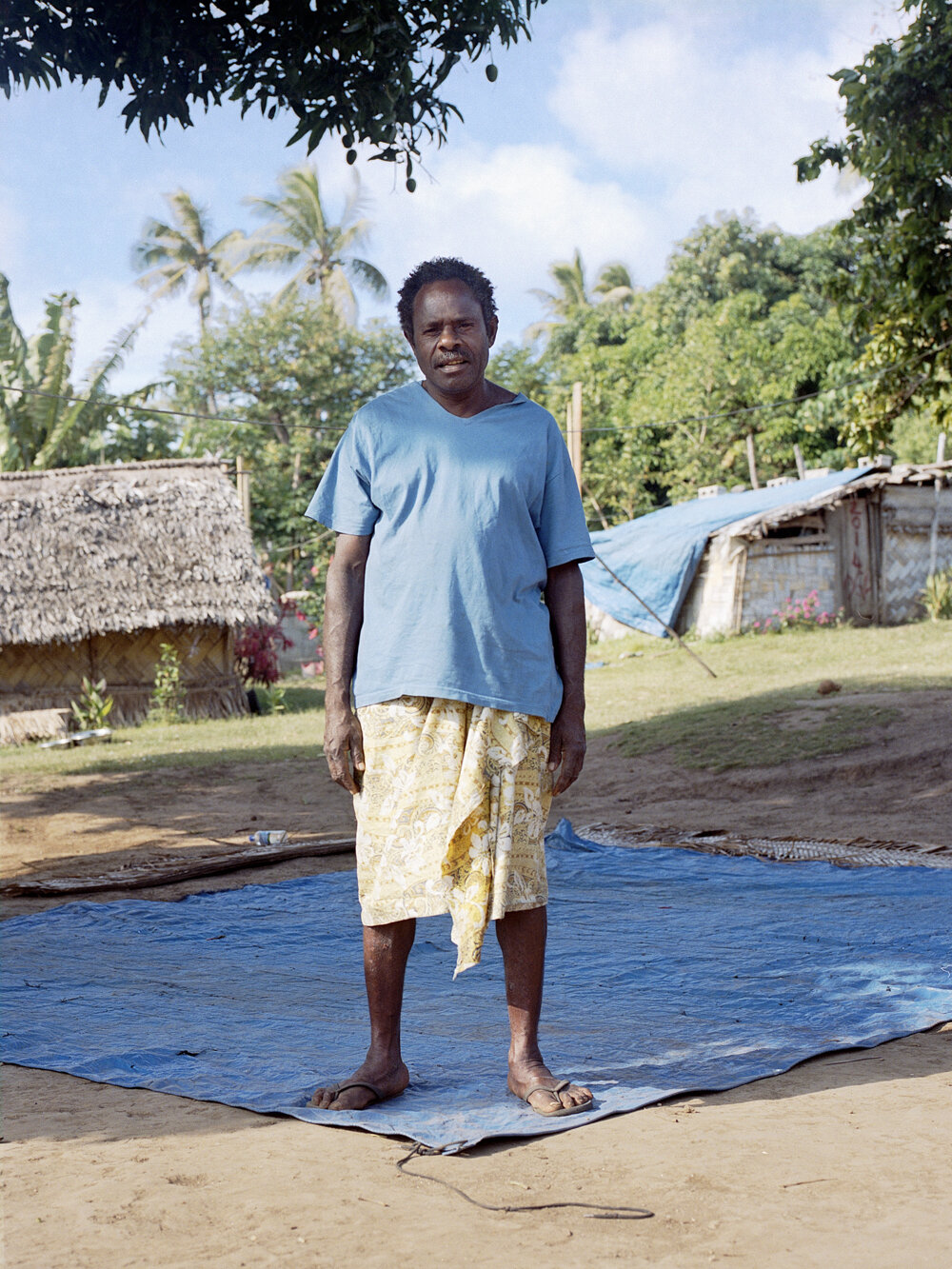
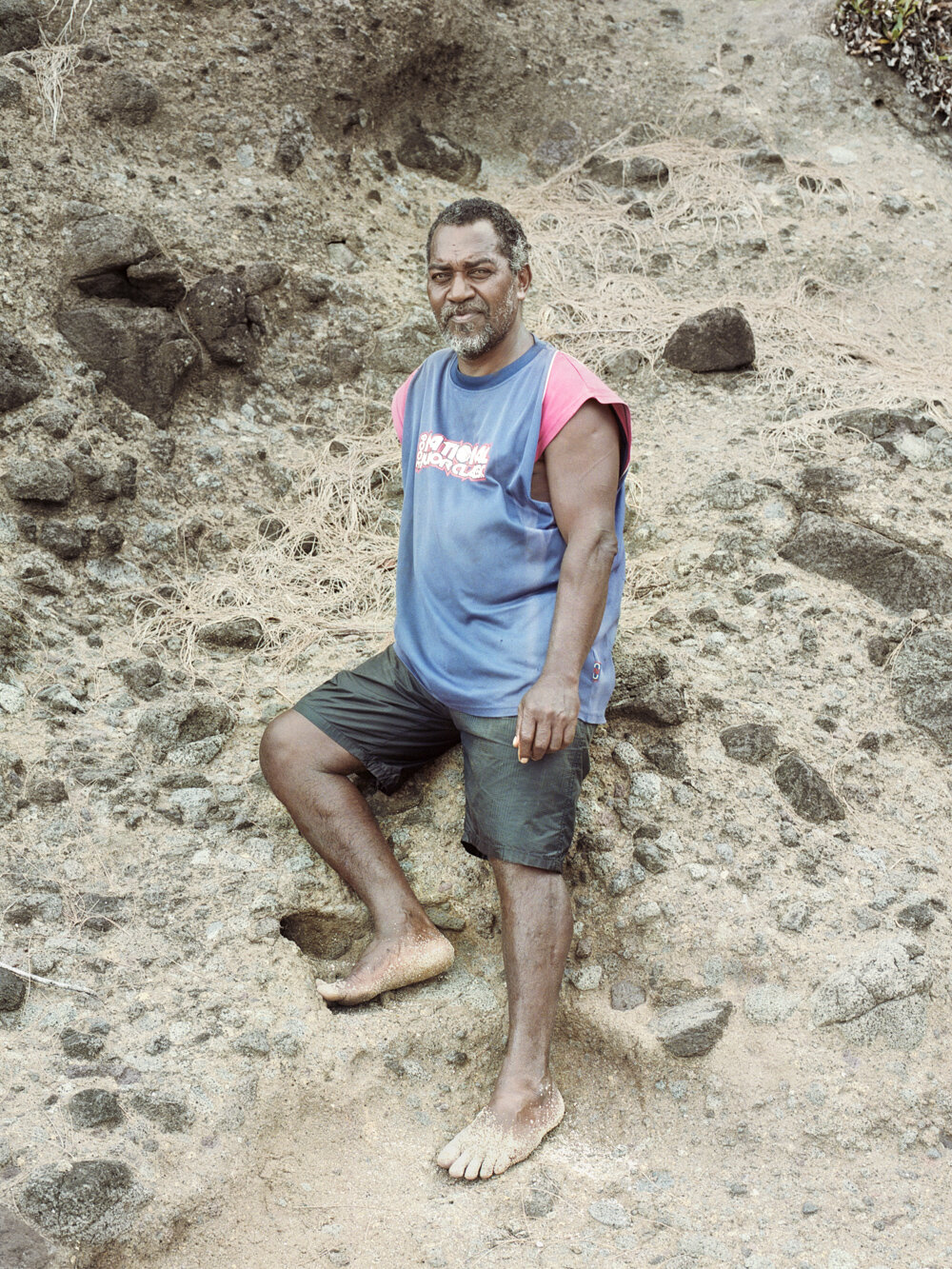

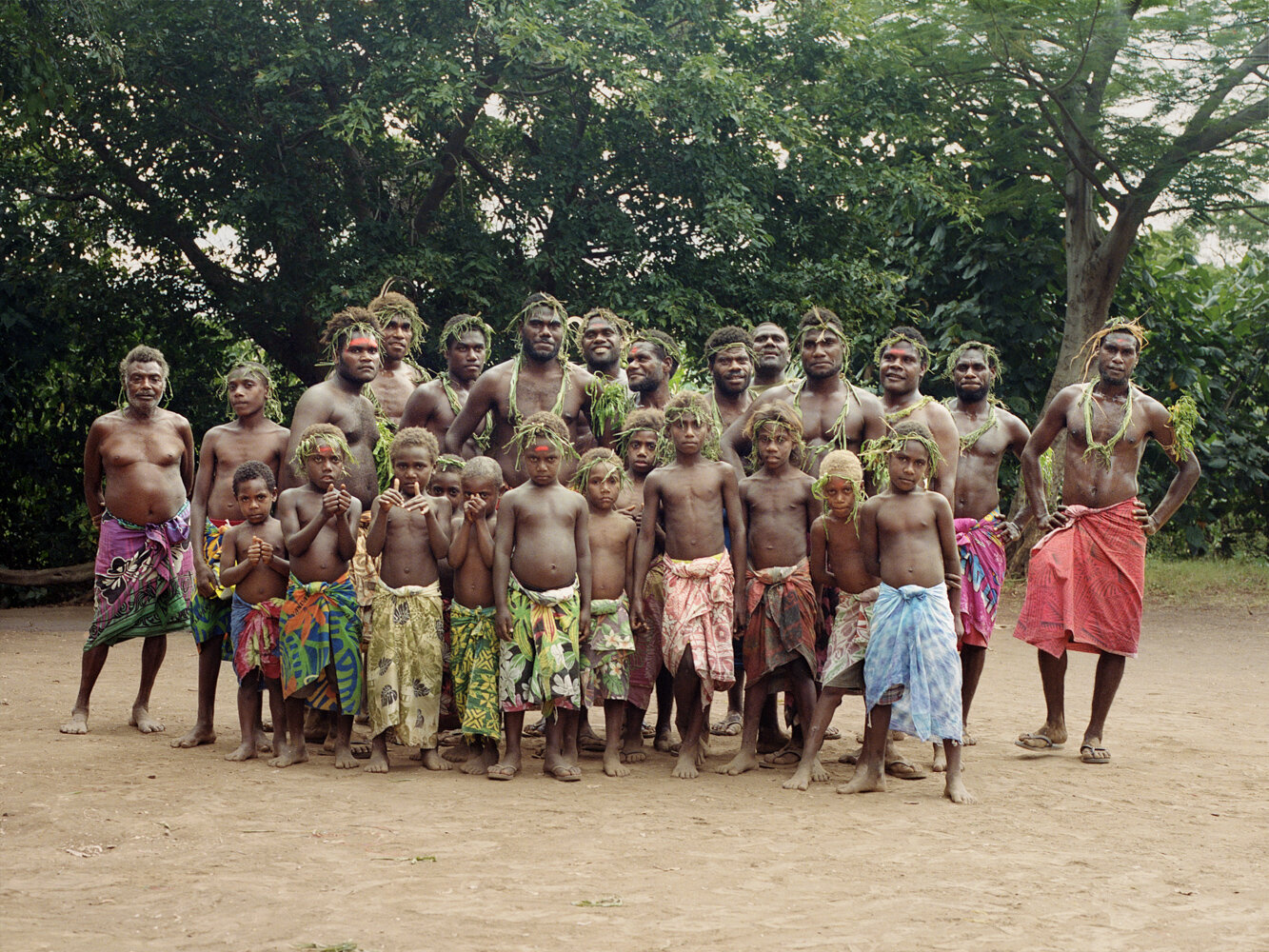
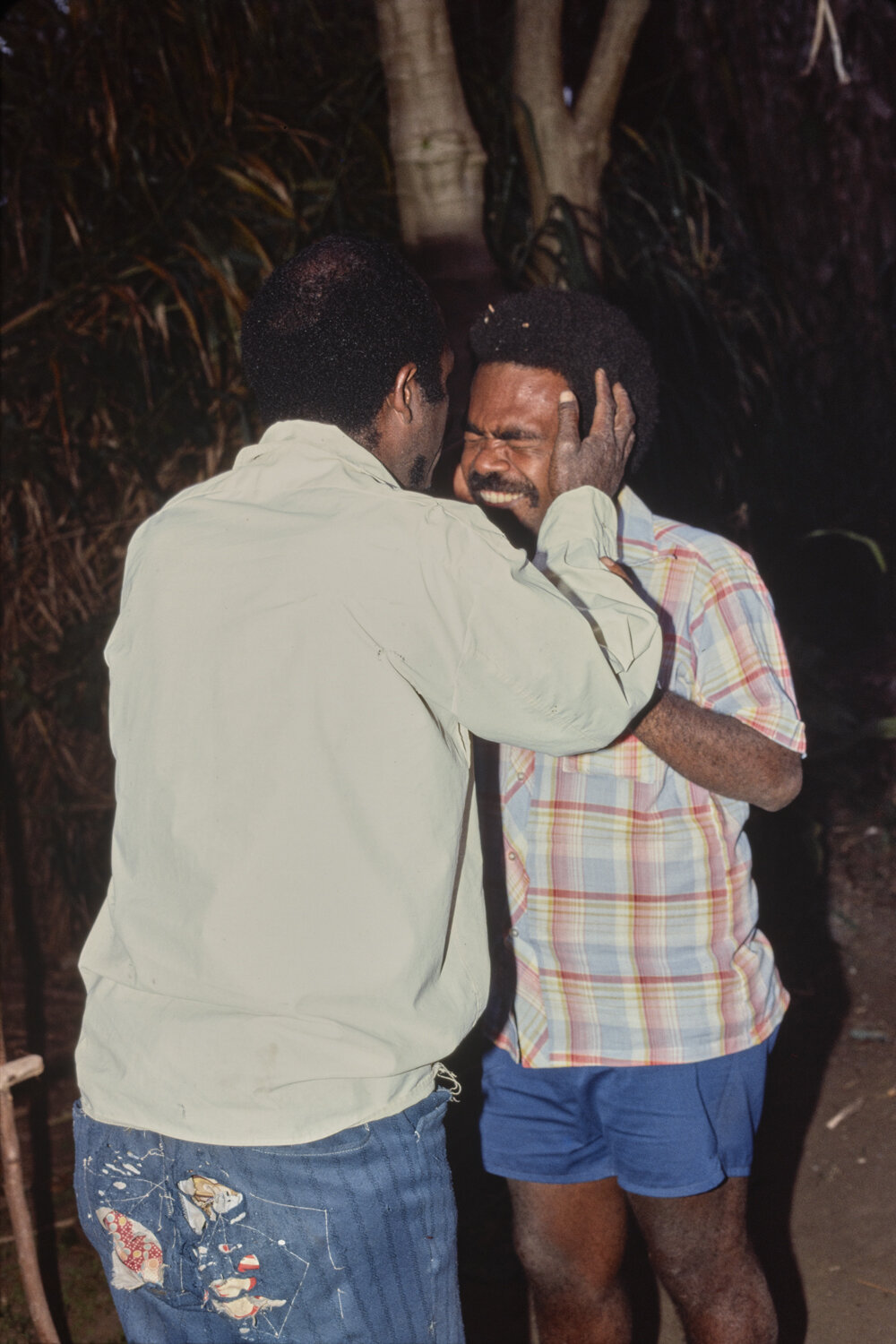
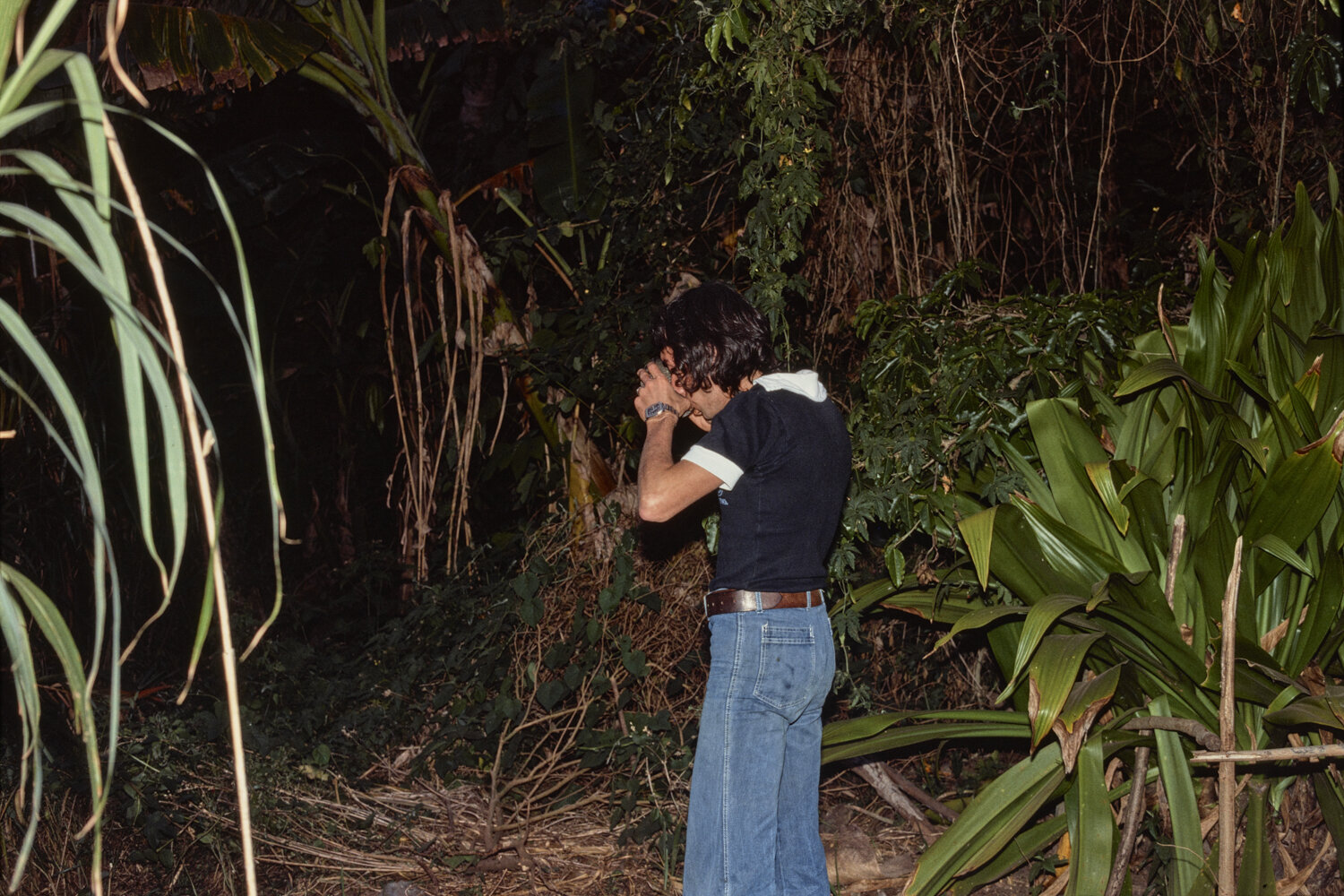

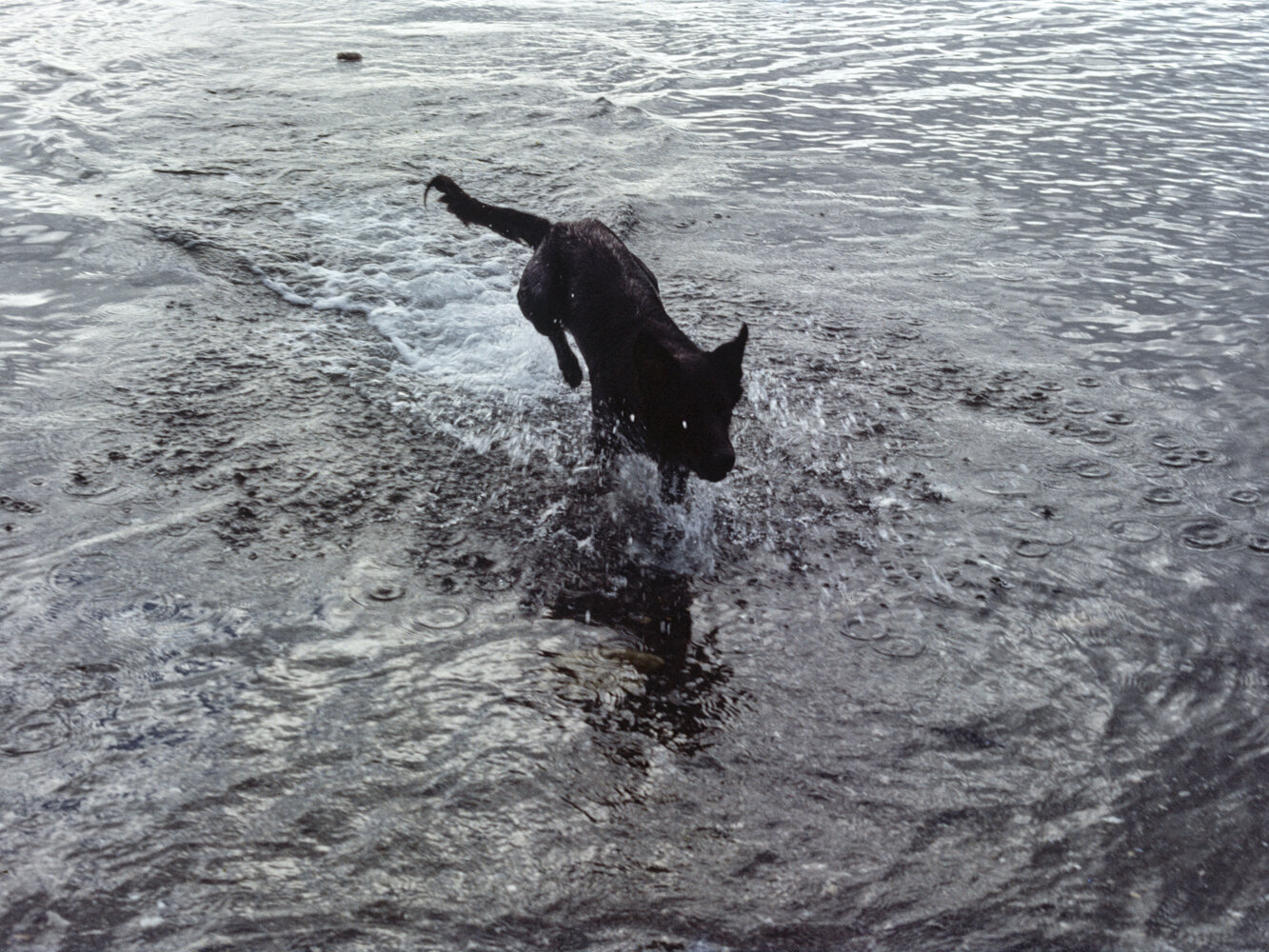
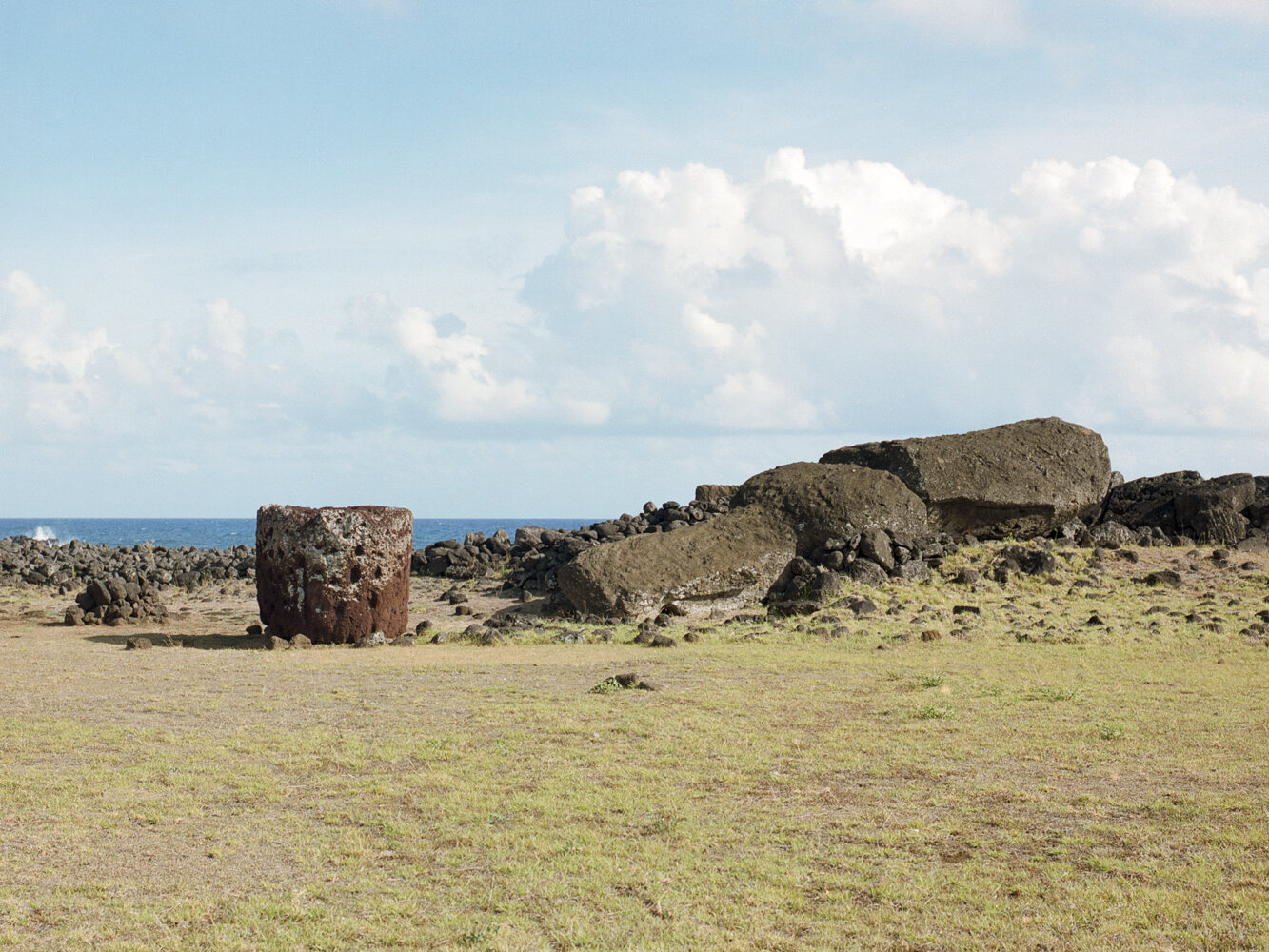
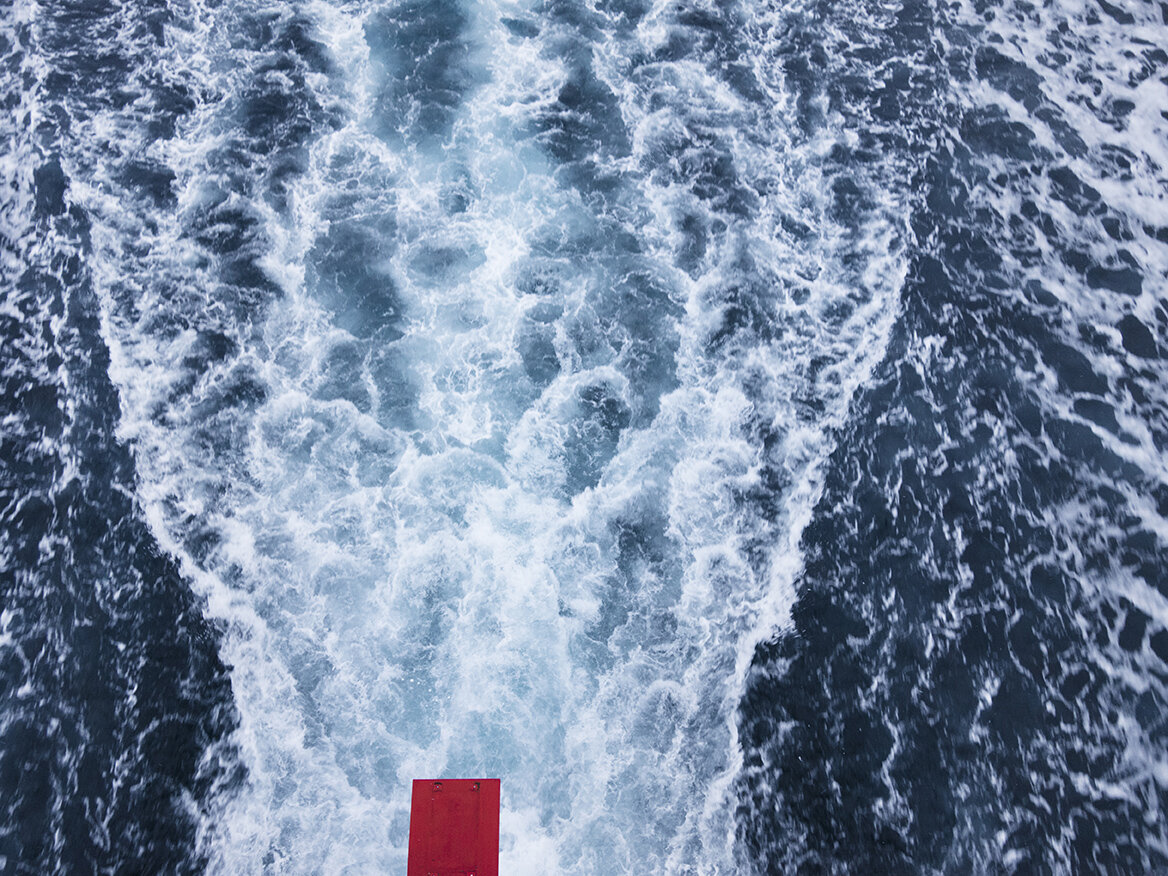


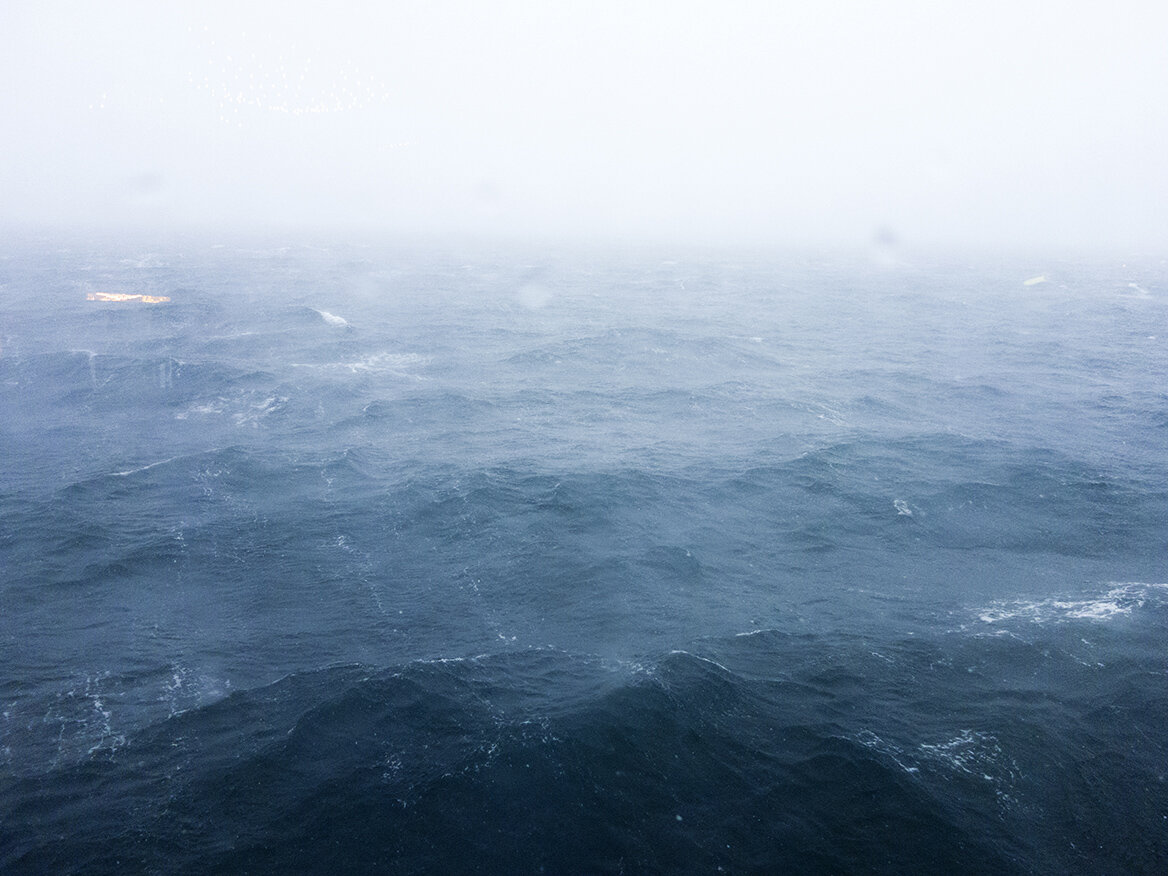
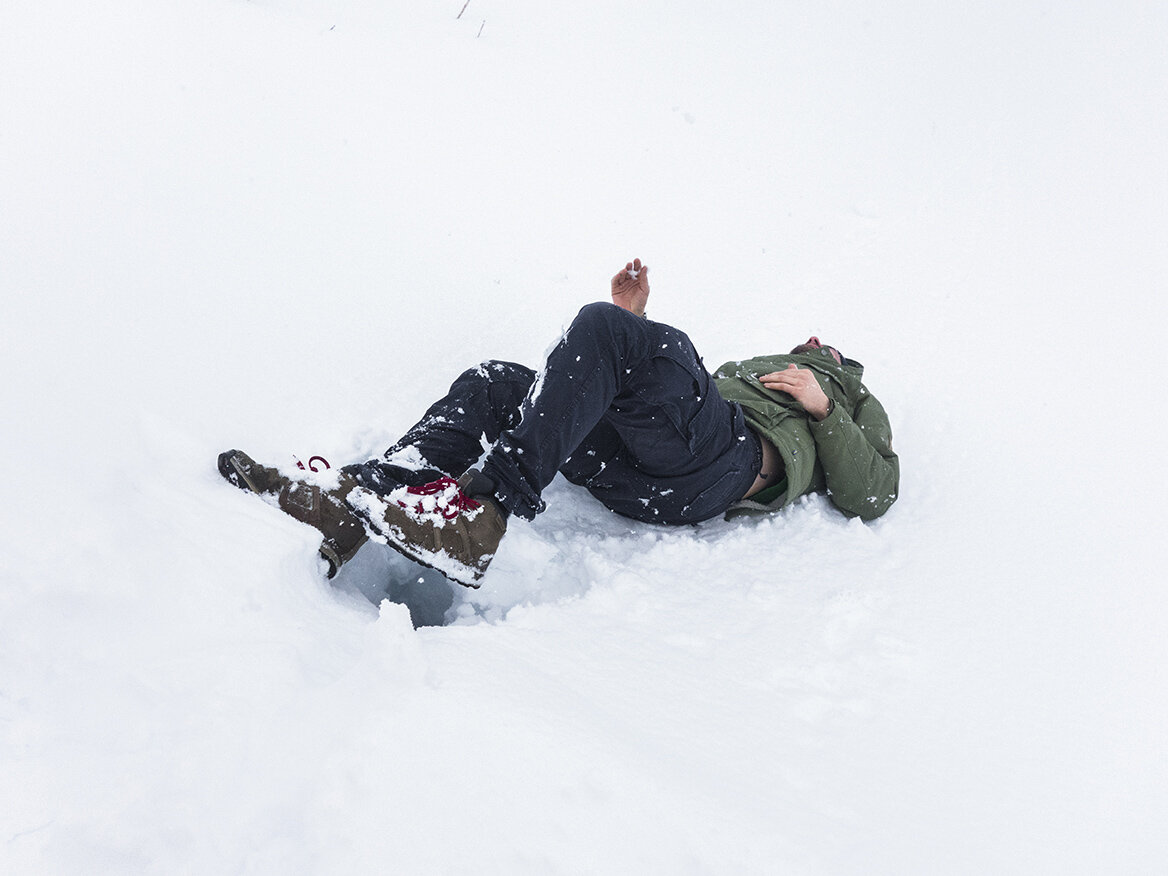
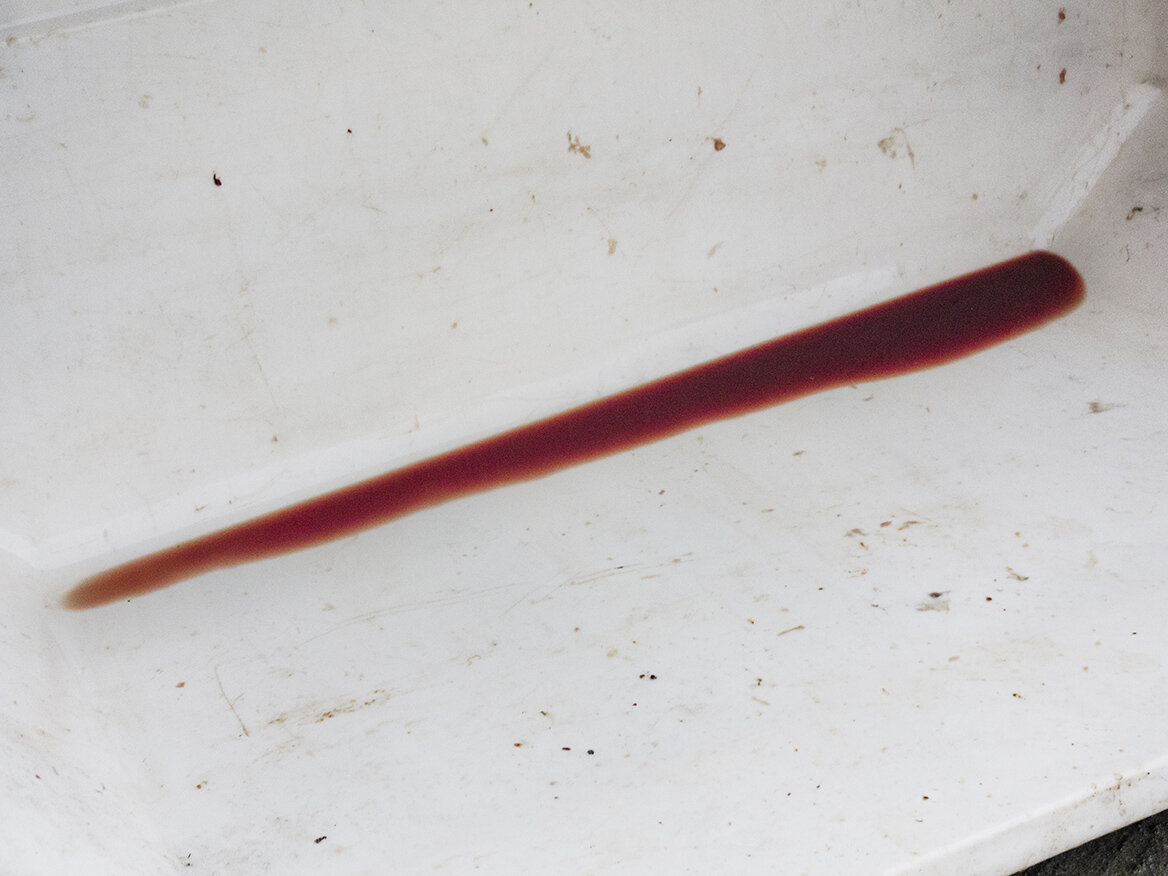
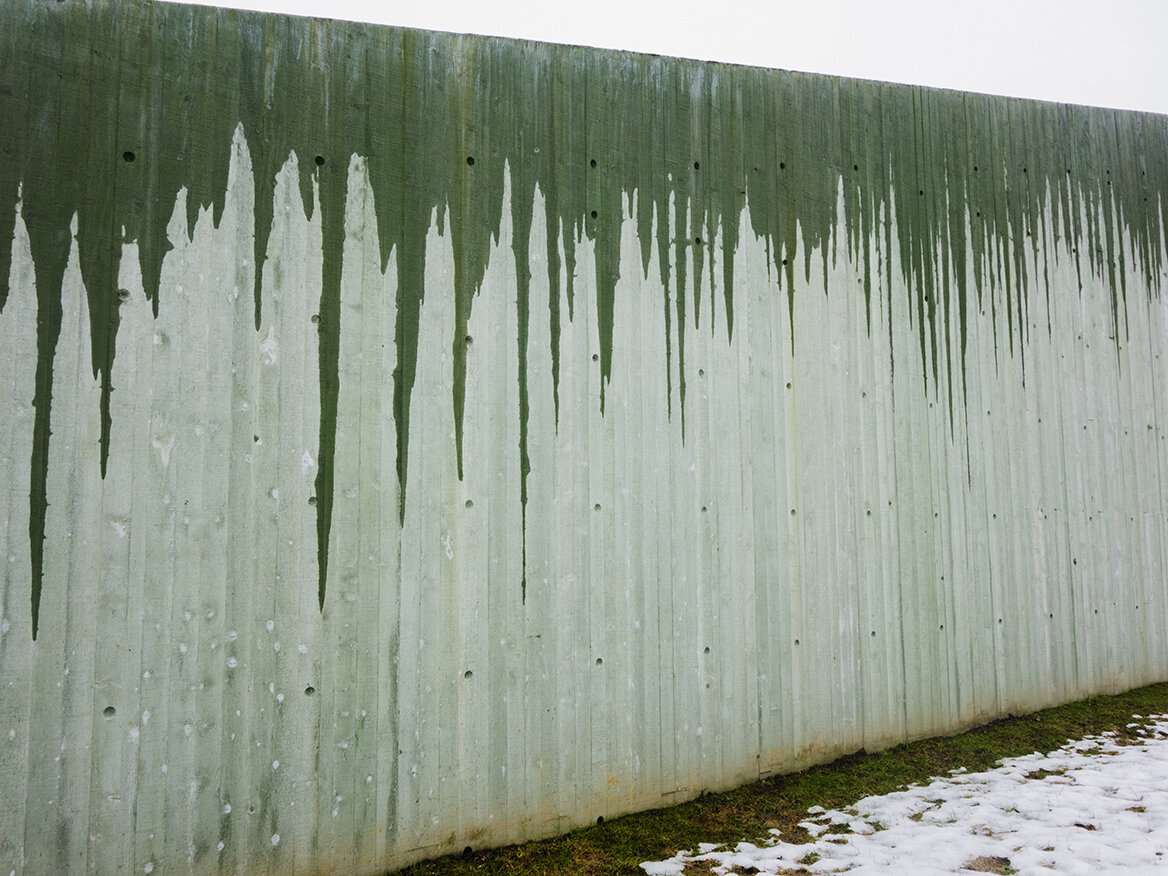

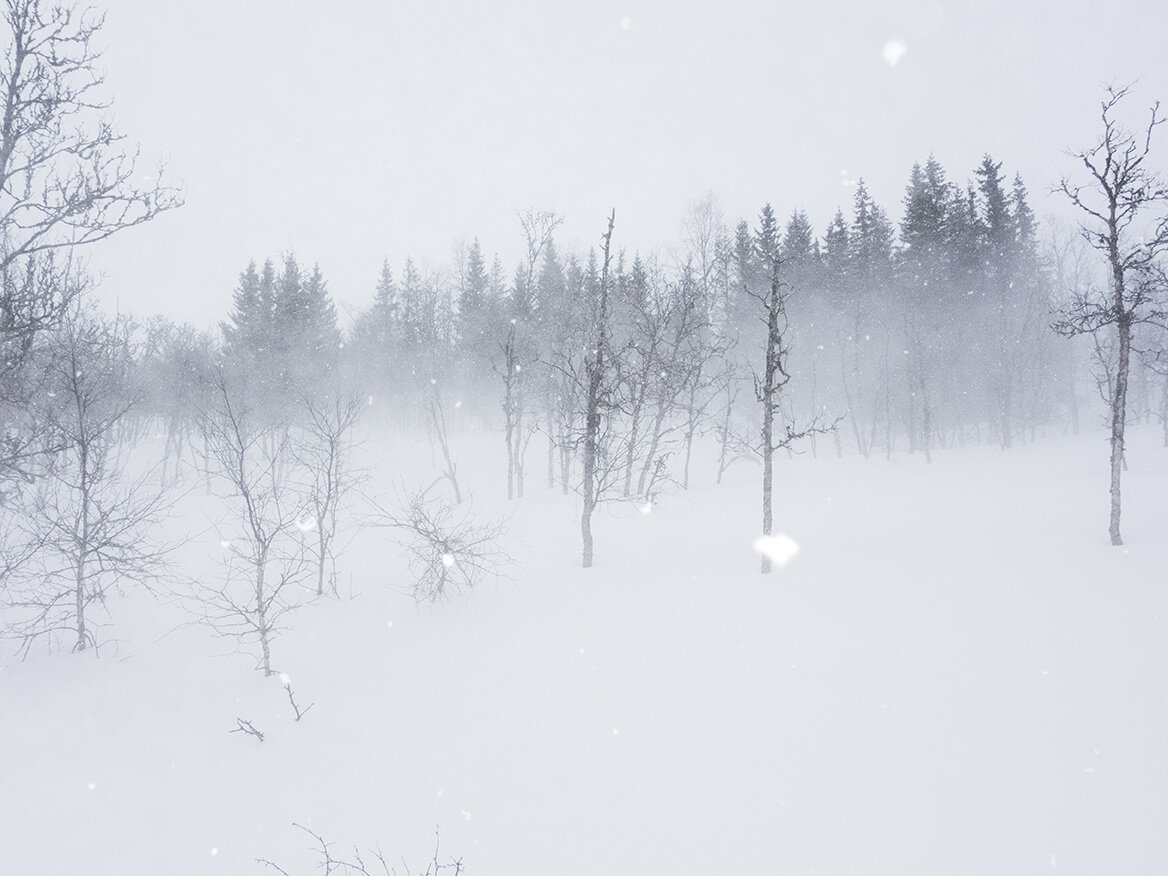
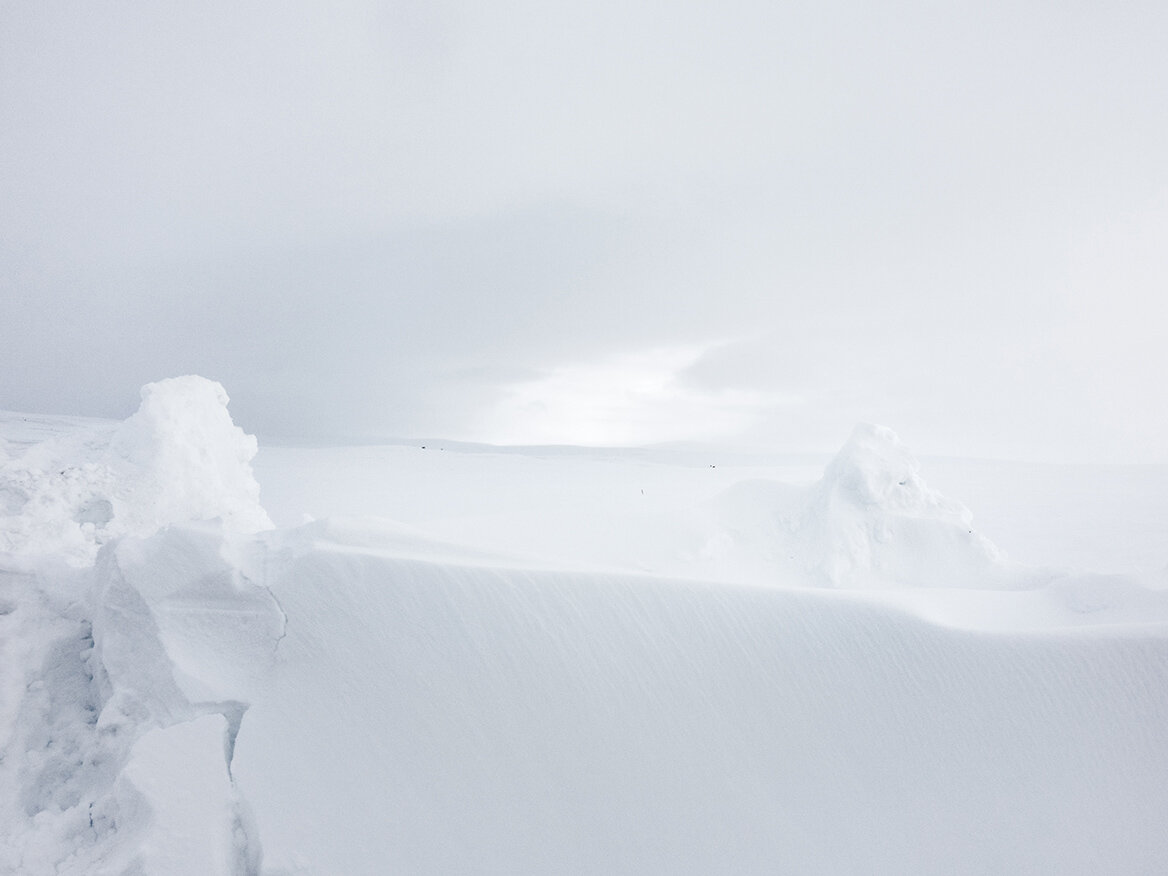
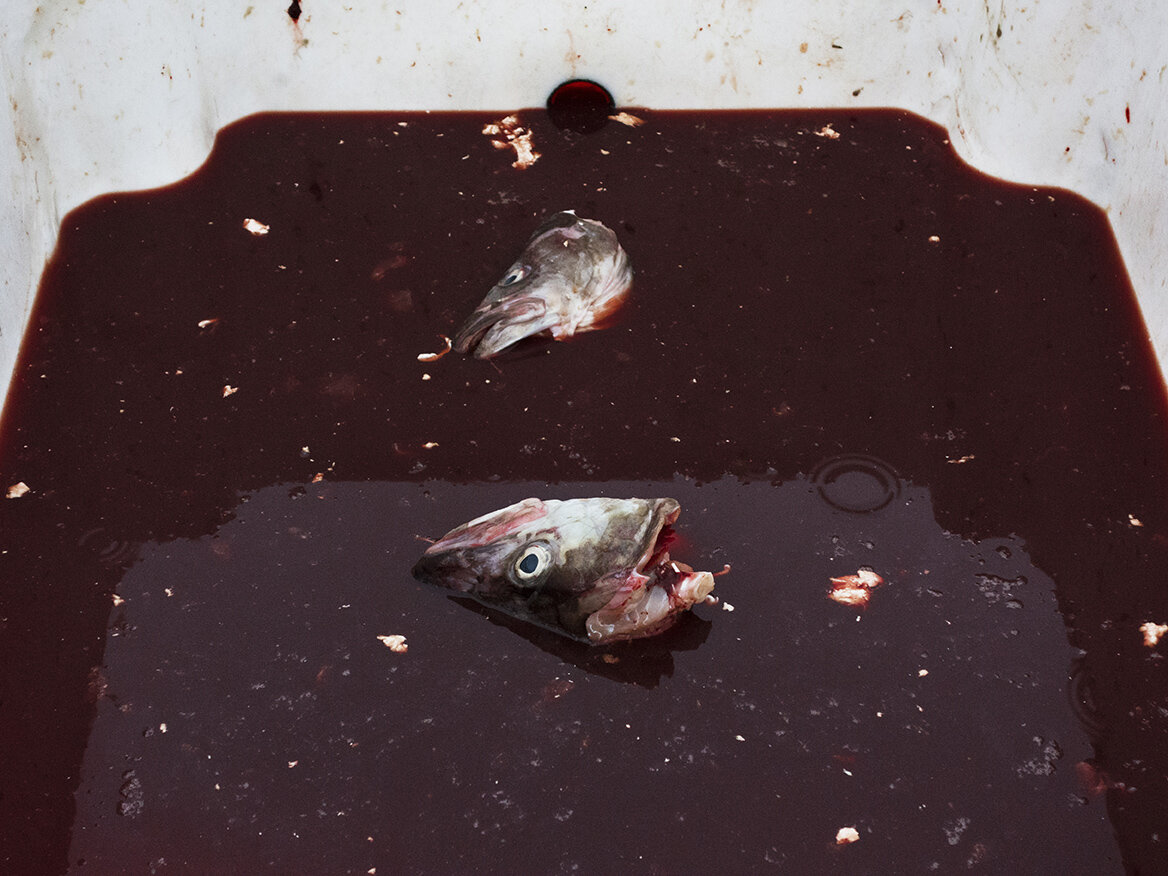
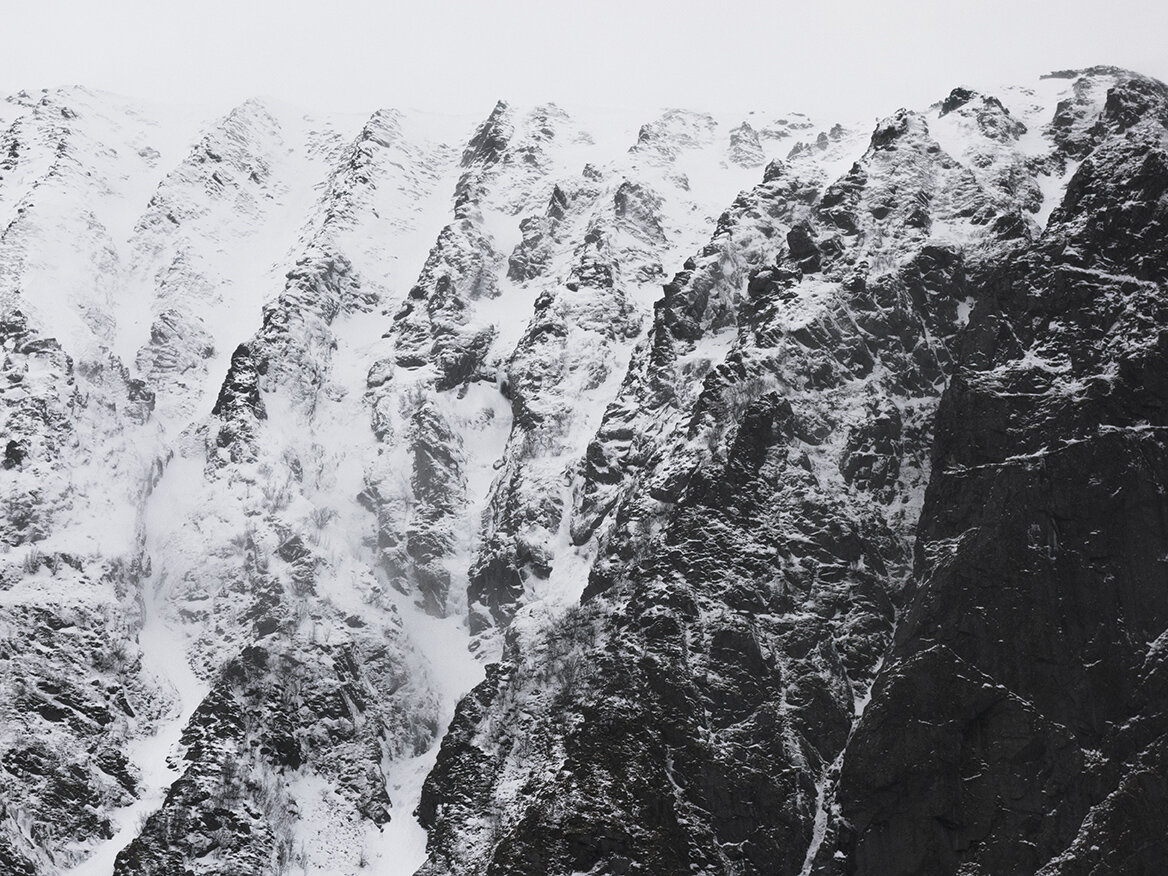
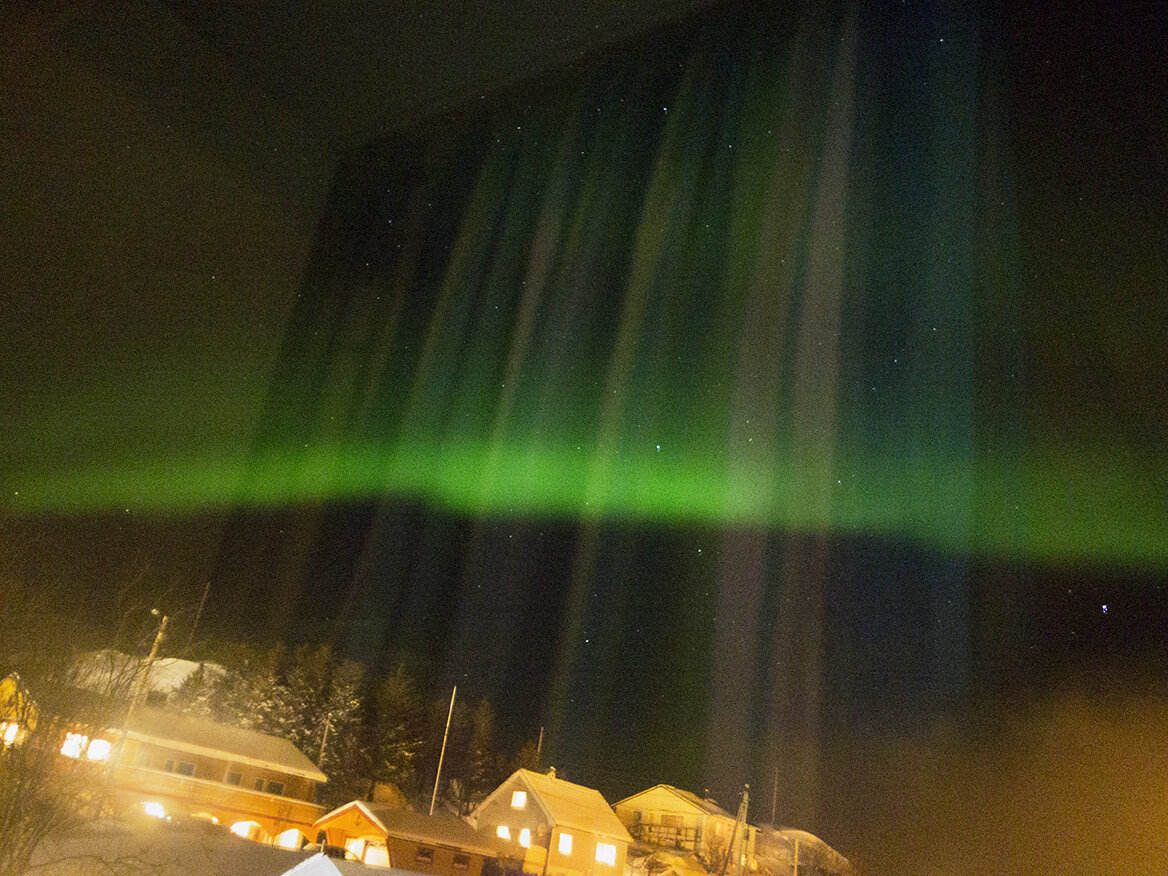
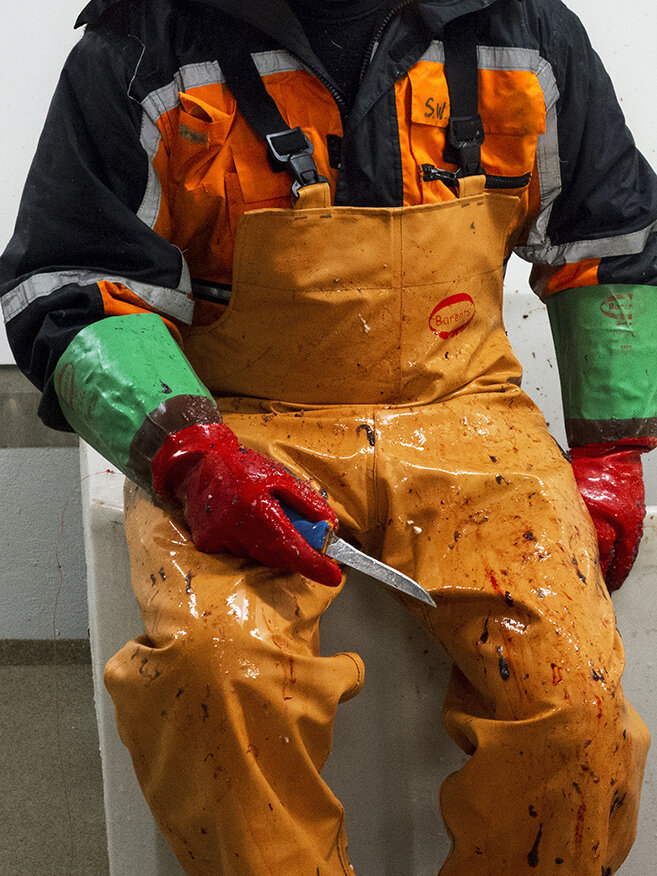
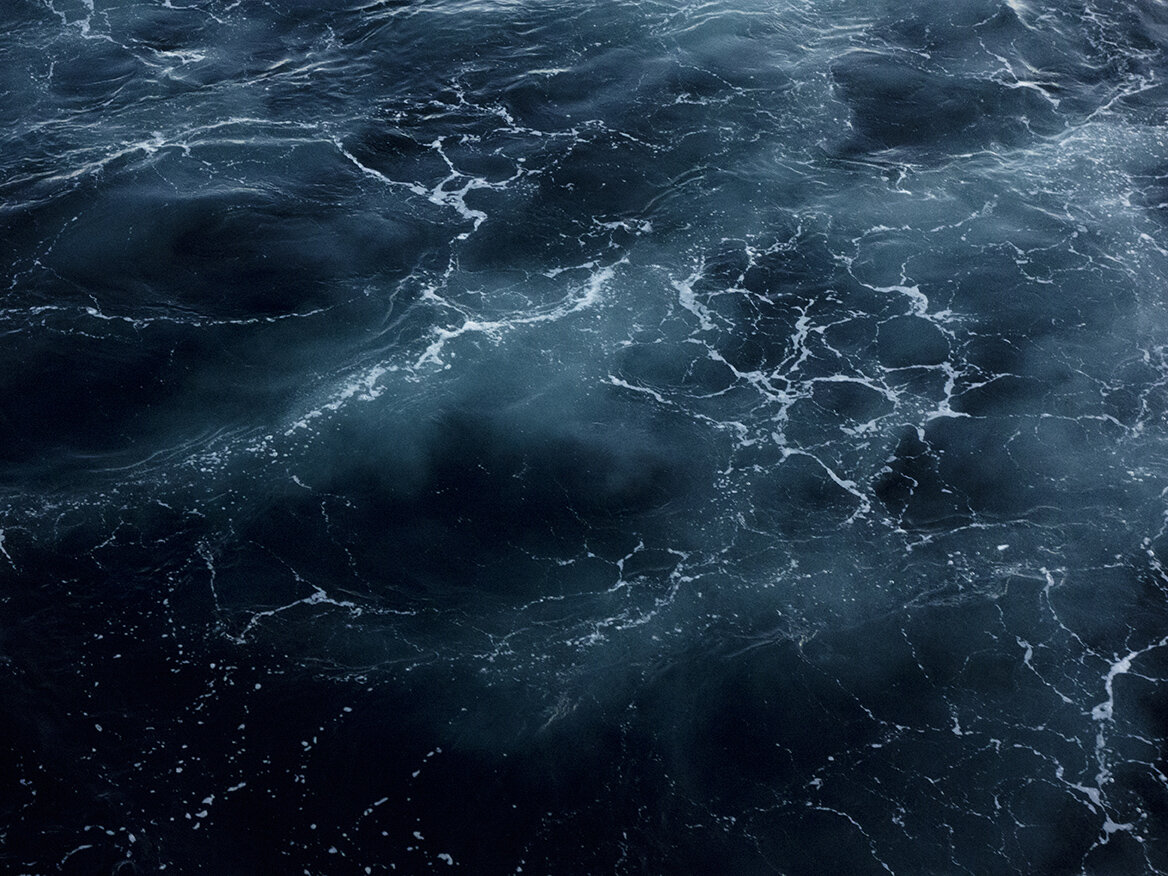

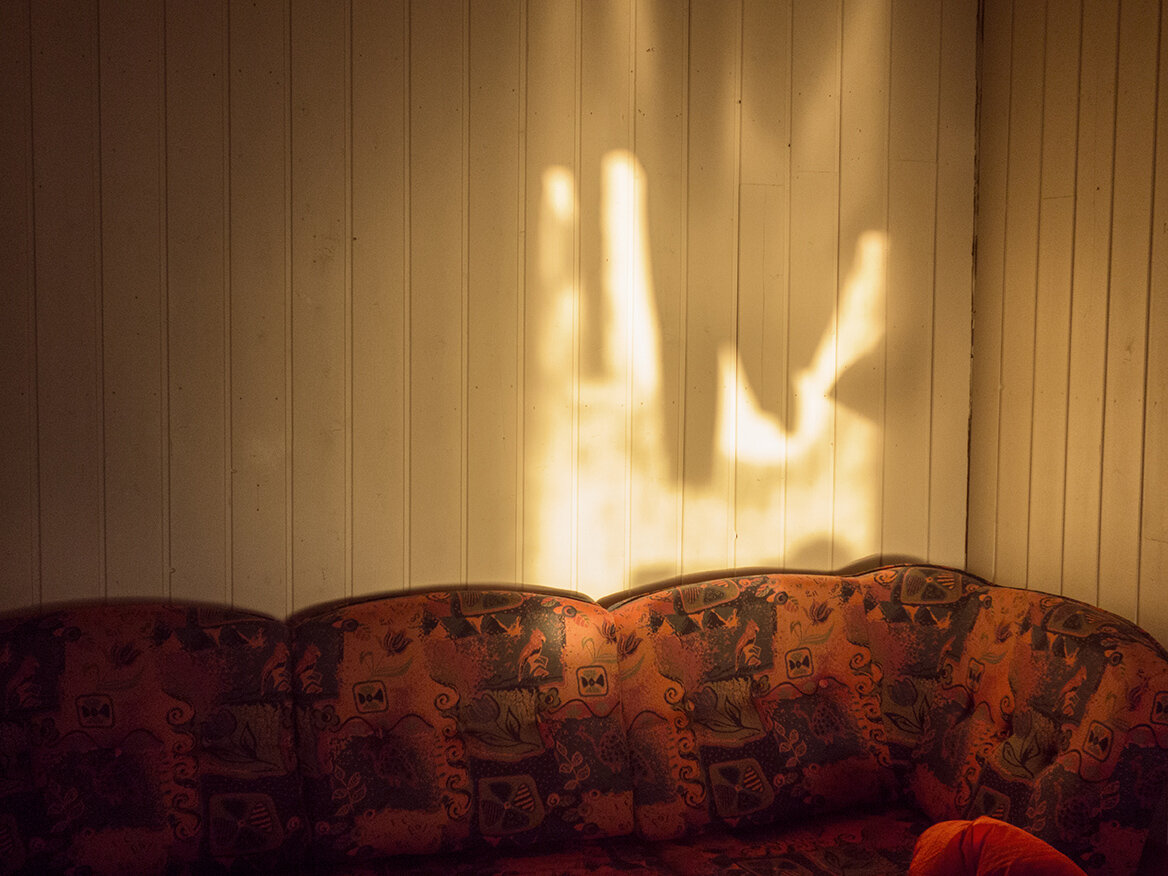
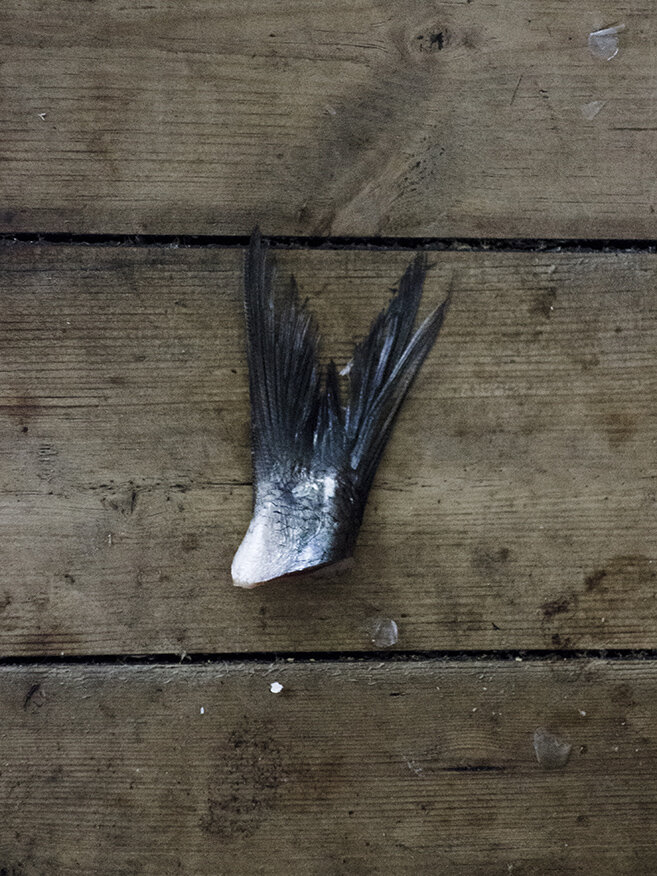

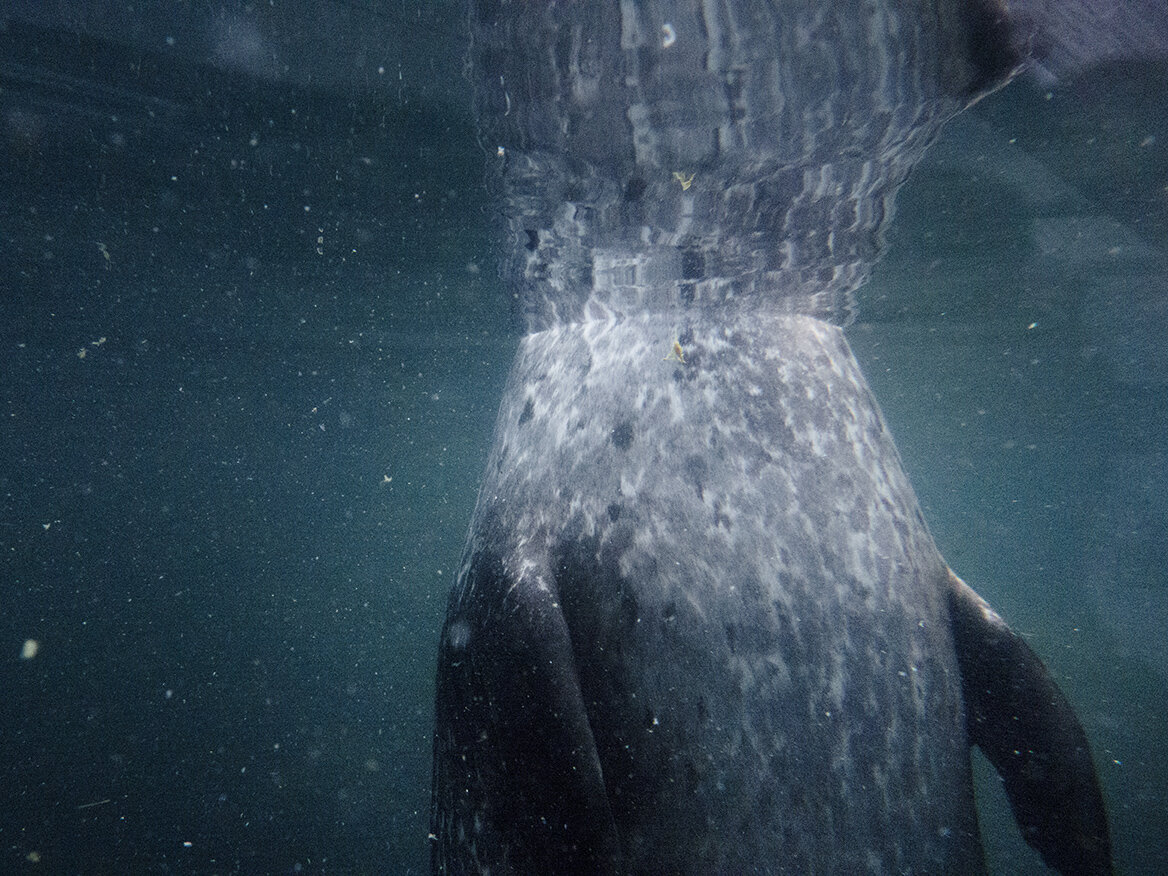
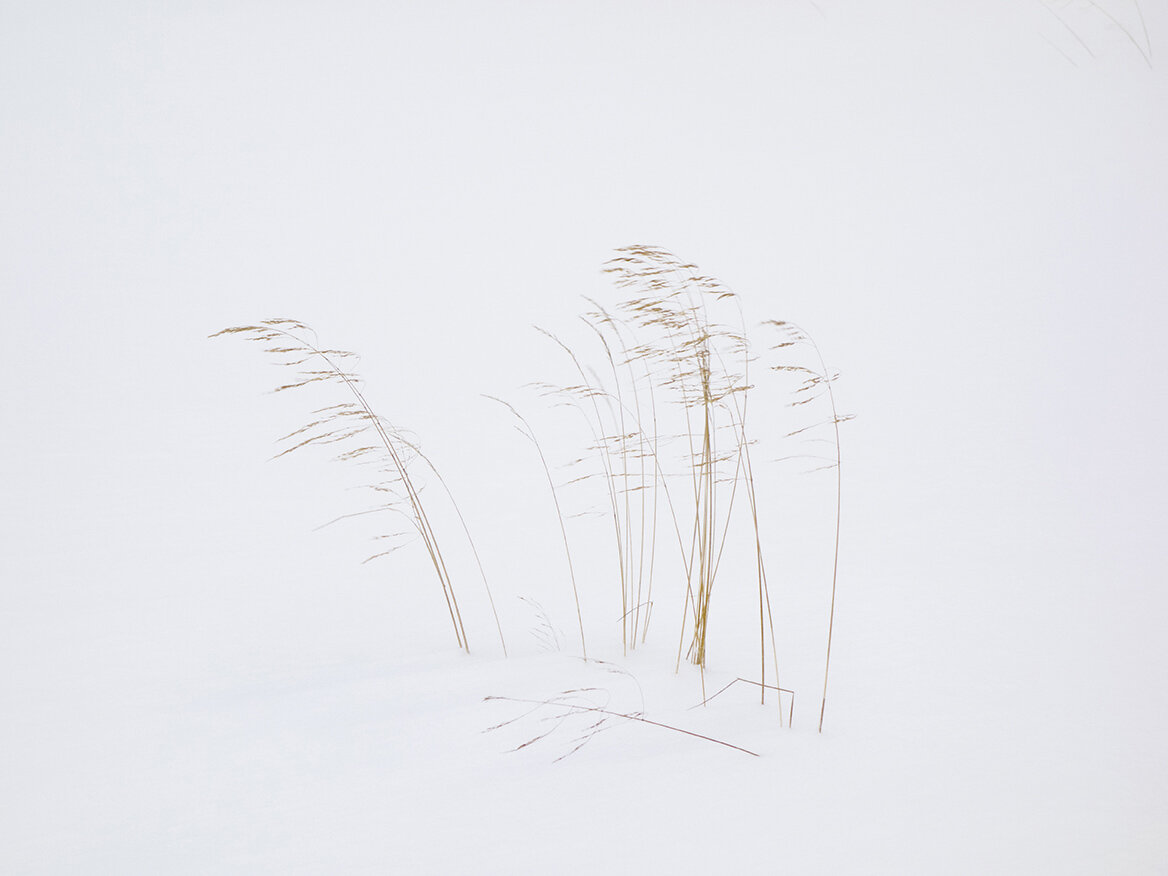
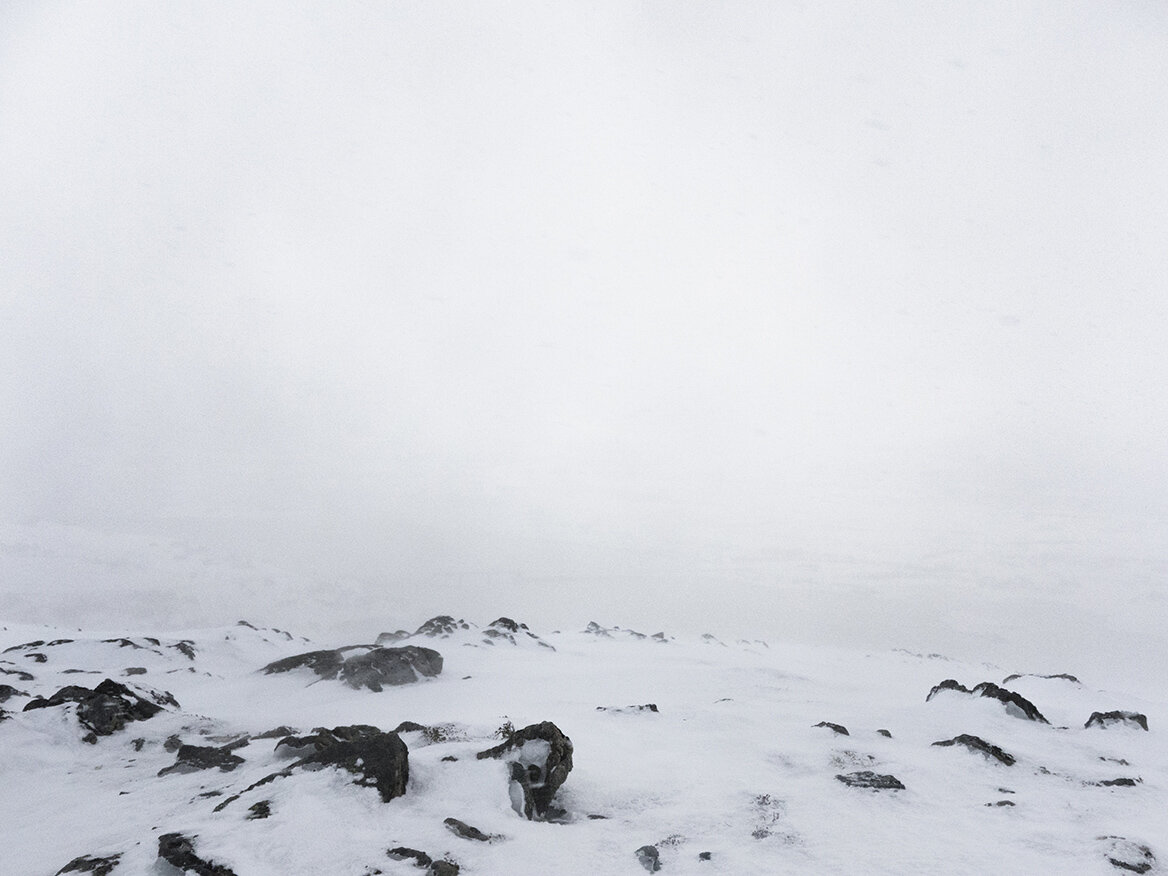
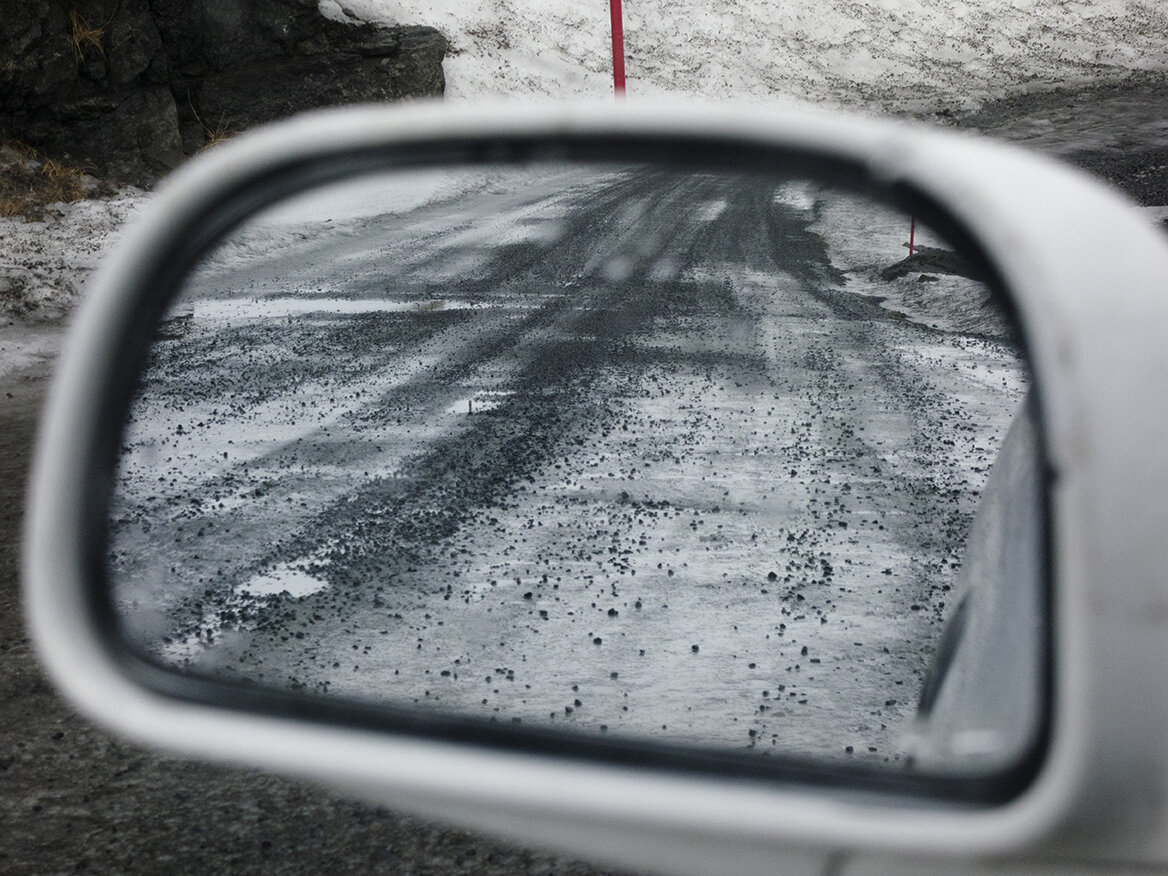
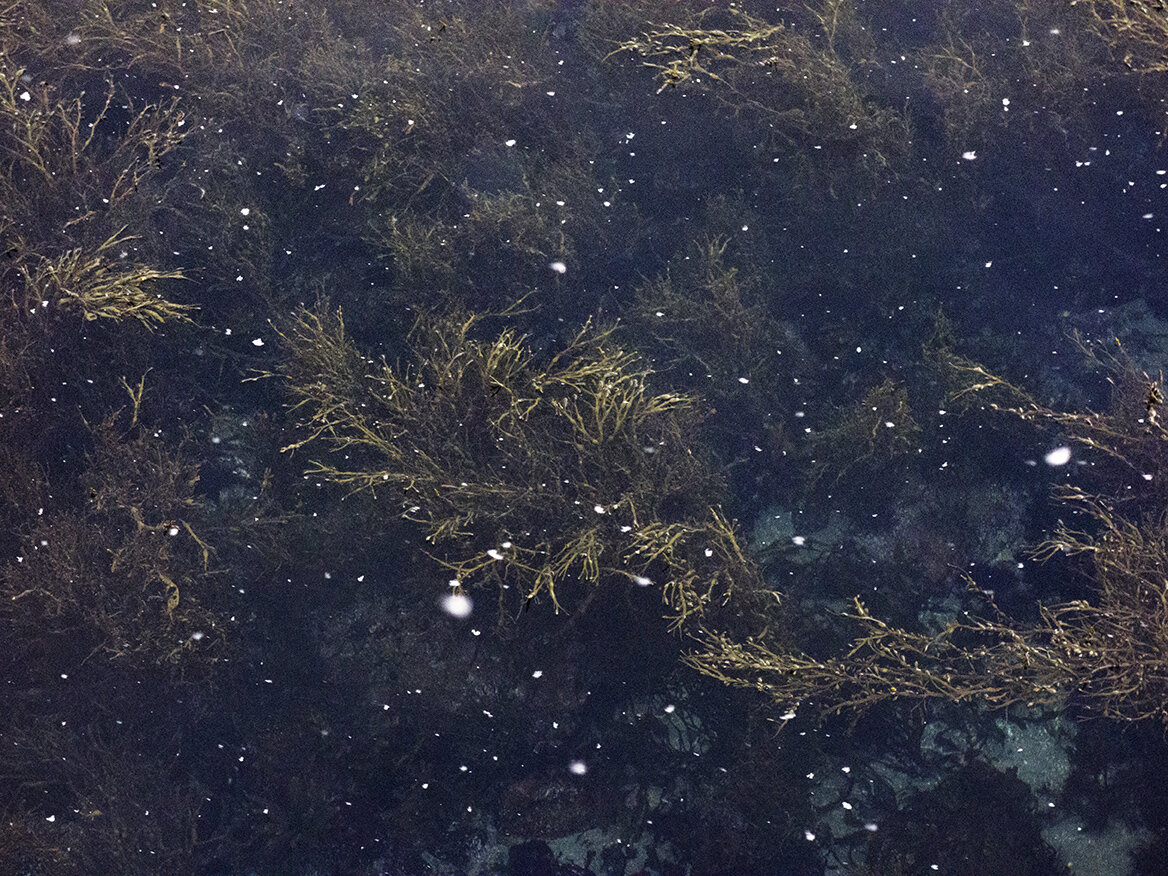
Camille Mazier
I Will Be As Strong As A Moai
After she lost her father Camille Mazier needed to follow his footsteps in the South Pacific, where he taught early on in his career. She then crossed the Pacific Ocean to Rapa Nui (Easter Island) where he had also been. Thanks to her father’s stories and pictures, Mazier could go exactly where her father had been and she found his students and friends who remembered him and could tell her about him.
40 years later, this artist has written the end of her father’s story and drawn her own route using images from his own personal archive. The archive has been so well preserved that his images sit seamlessly along side his daughter’s contemporary photographs.
Mazier aims to break the taboos surrounding grief and loss by using emotionally charged and painful material that reflect death and mourning to create something beautiful.
November 2017 I’m walking along a dirt track, my backpack weighing down on my shoulders, my eyes heavy from the jet lag but I stay focussed, dazzled by the lush nature of the jungle which surrounds me. I’m on Tanna Island in Vanuatu in the South Pacific, I’m on the other side of the world but I feel for the first time very close to my father since he passed away almost three years ago. I am walking in his footsteps, on the roads he used 40 years earlier. I came here for a final journey with my father before letting go of him completely.
The culture here immerses me in a daily life where we live in symbiosis with nature so much so that it overflows. A ‘back to basics’ on several levels. My father was a teacher on Tanna Island early in his career. Thanks to his stories and photographs I was able to trace many of his former students who told me about him and his desire to integrate fully into their community.
I combine his archives with my own photographs and it is sometimes difficult to distinguish between the two periods. These timeless images become witnesses to the preservation of the environment of these people and their culture. As they too are affected by globalization, they have made the decision to preserve their traditions which respect nature. Having come to admire the Vanuatu people’s knowledge of the natural elements around them, I am inspired by this way of life and I come to the conclusion that each of us, in our own way, can help to protect our own land.
December 2017 Tanna, Vanuatu: I went to the crater at the top of Yasur volcano where I ‘poured’ yellow gingko leaves to symbolize my father’s ashes: a long time ago, he wanted us to scatter his ashes in this volcano. Realizing it would be a difficult task to accomplish, he then asked us to spread them in our garden in France. So we planted a gingko tree in this spot. In this way, I was able to share something from my home with these people and their environment.
30 January 2018 I crossed the Pacific. I’m in front of the Moai of Easter Island, these large statues that so inspired by father and that occupied my childhood. It’s impressive to see them in real life, in situ. What is the meaning of these impassive stones? Their eye sockets are empty but I can feel their gaze. Their presence is impressive. What do they want to tell us? Today I came to them to ask for accountability because before his cancer took him away, my father messaged me to say ‘I will be as strong as a Moai’. These monoliths made of volcanic rocks that have spanned time then questioned me about their survival and their preservation.

